The History of Jadau | How Our Jadau and Kundan Polki Jadau are Vastly Different
In everyday speech, “Jadau” means stone‑set jewellery. Under that umbrella sit two distinct traditions:
1) Kundan‑Polki Jadau (Mughal–Rajputana)
Sets flat, uncut diamonds (polki) in pure gold using kundan foil. Historically centred in Rajasthan (and parts of Gujarat) and spread as karigars migrated.
Visual cues: bold, mirror‑like surfaces, closed backs, Mughal silhouettes.
2) Amritsari / Punjabi / Bengali Jadau (Our Lineage)
Stones—often seed pearls, rubies, emeralds, sapphires—are set into pierced and carved metal forms.
The motifs echo Edwardian/Victorian English jewellery: scrolling vines and pearl‑cluster florals.
A Short Origin Story
- English influence: British Officers commissioned pieces in India; Bengali gold karigars recreated the look at accessible prices, and Indian motifs blended in.
- To Punjab & Amritsar: As rule consolidated, the craft travelled to undivided Punjab. Punjabi workshops scaled production more affordably; after Partition (1947), Amritsar emerged as a hub.
Note: This path reflects workshop oral histories and comparative design reading; archival references welcome.
Why This Jadau Flourished
- Colour freedom: seed pearls with rubies, emeralds, sapphires, turquoise, coral.
- Design freedom: pierced metal allows almost any silhouette.
- Pre‑diamond favourite: Through much of the mid–late 20th century it was the luxury choice across India.
How We Work Today
- Same artisanship across metals: 22k gold and gold‑plated silver follow the same process, giving a gold‑true finish in real lighting.
- Made for wear: hand‑cut micro‑settings, balanced weight, thoughtful backings, plus re‑plating/repair to extend life.
Spot the Difference (Quick Guide)
- Kundan‑Polki: polki diamonds, kundan foil, closed backs, Mughal silhouettes; Rajasthan/Gujarat nexus.
- Studded Seed‑Pearl Jadau: pierced metal, mechanical settings, seed‑pearl florals; Edwardian/Victorian echoes; Bengal → Punjab → Amritsar hub.



Modern designers often blend these languages. The constant is the handwork behind every stone seat and every polished edge. Checkout our edwardian styled designs.
Featured collection
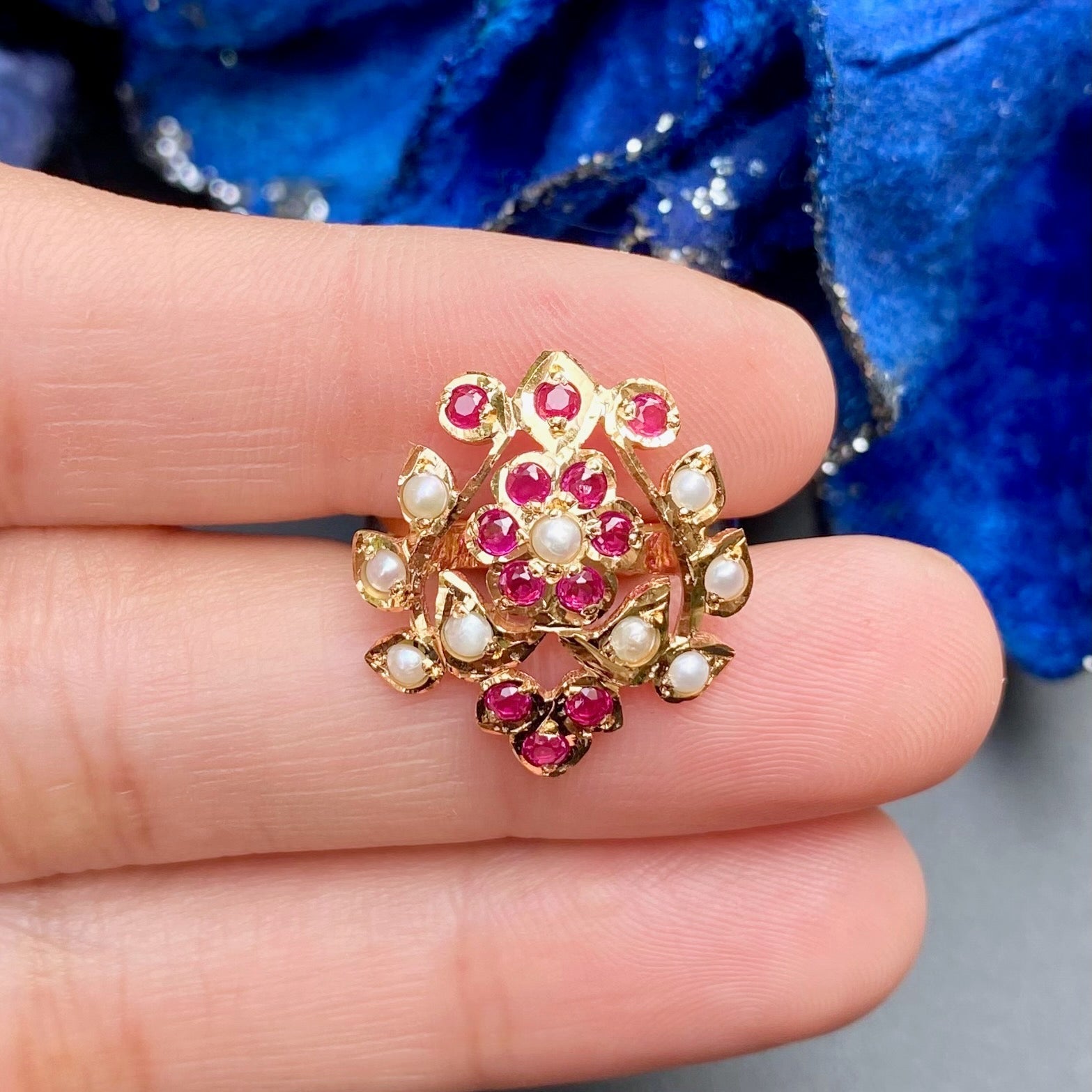
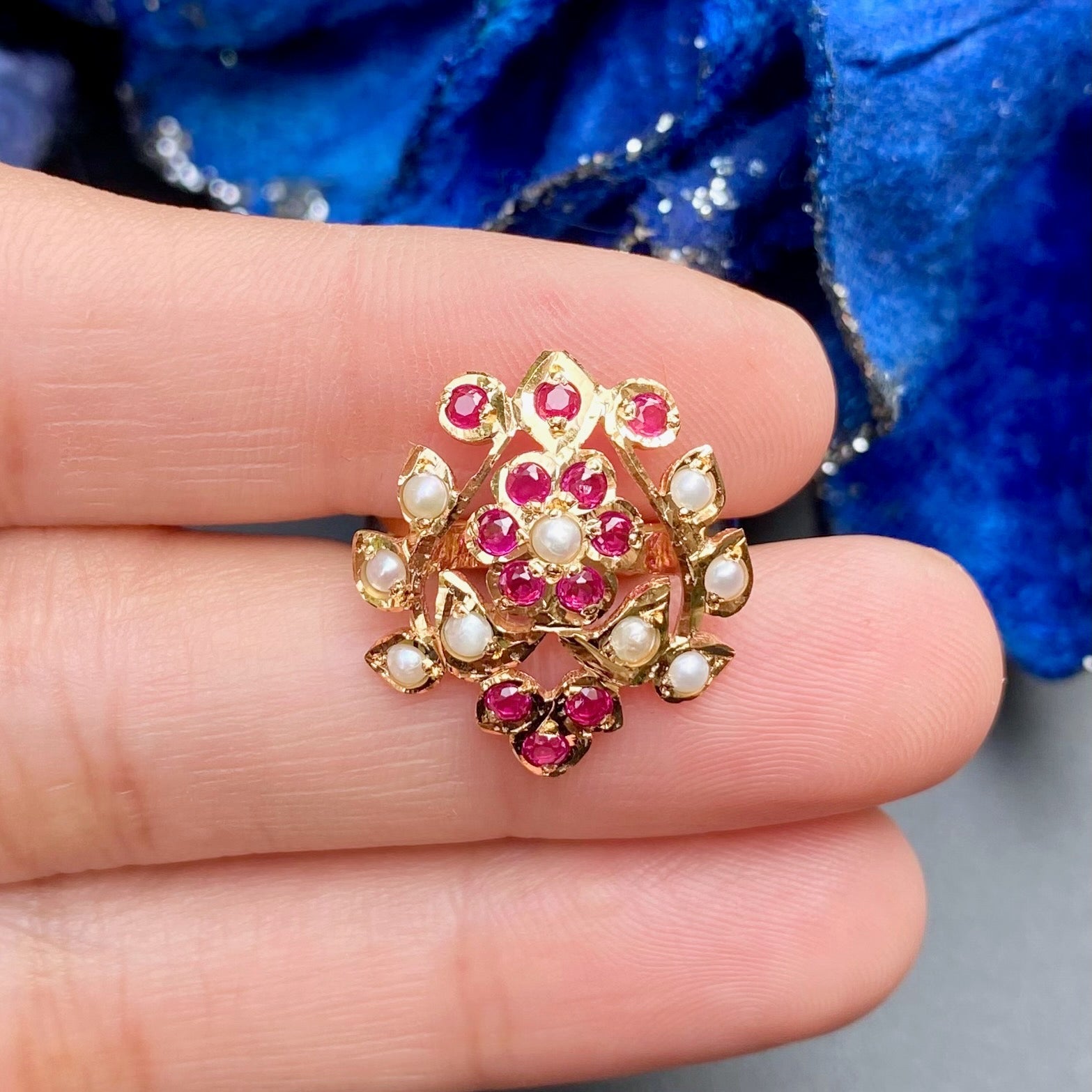
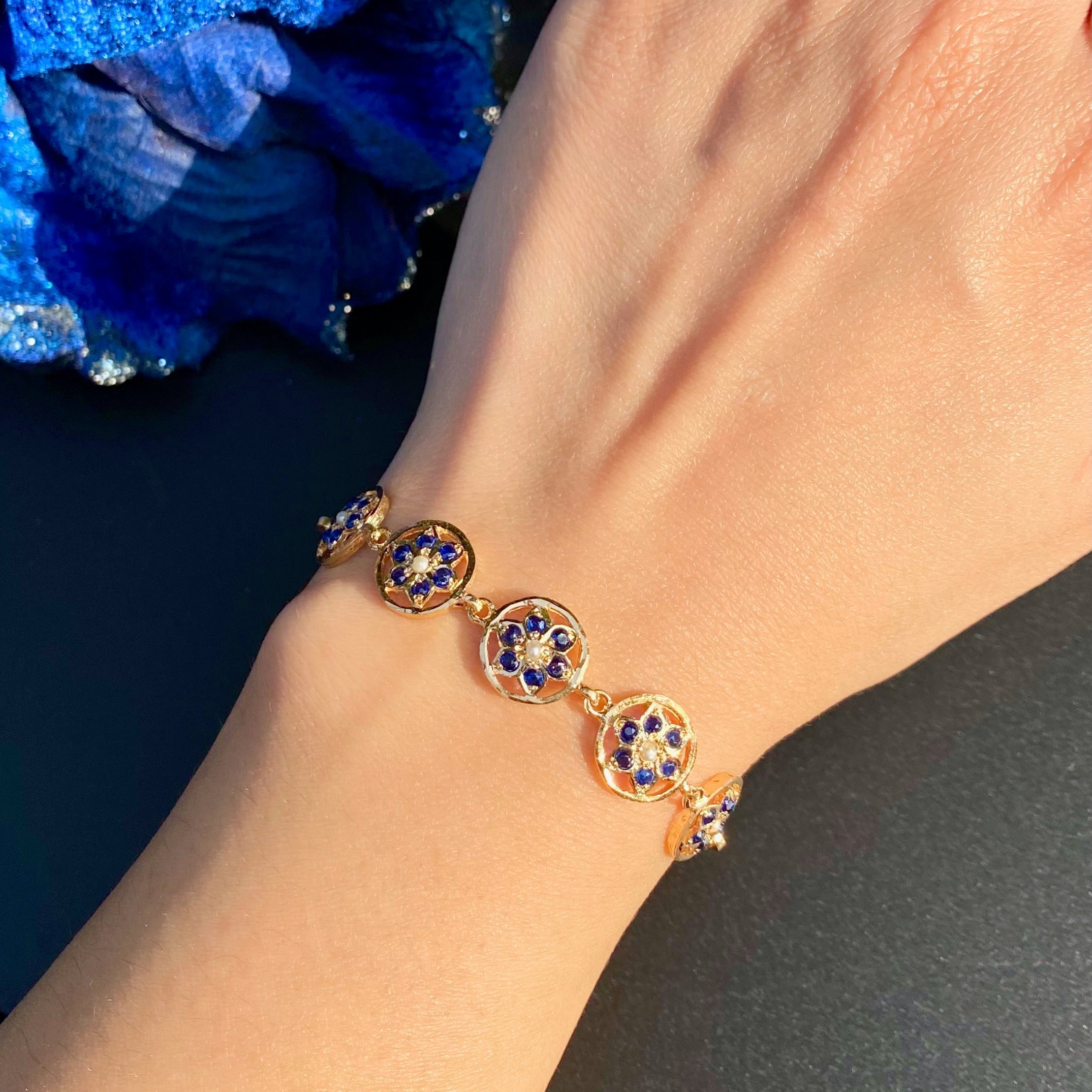
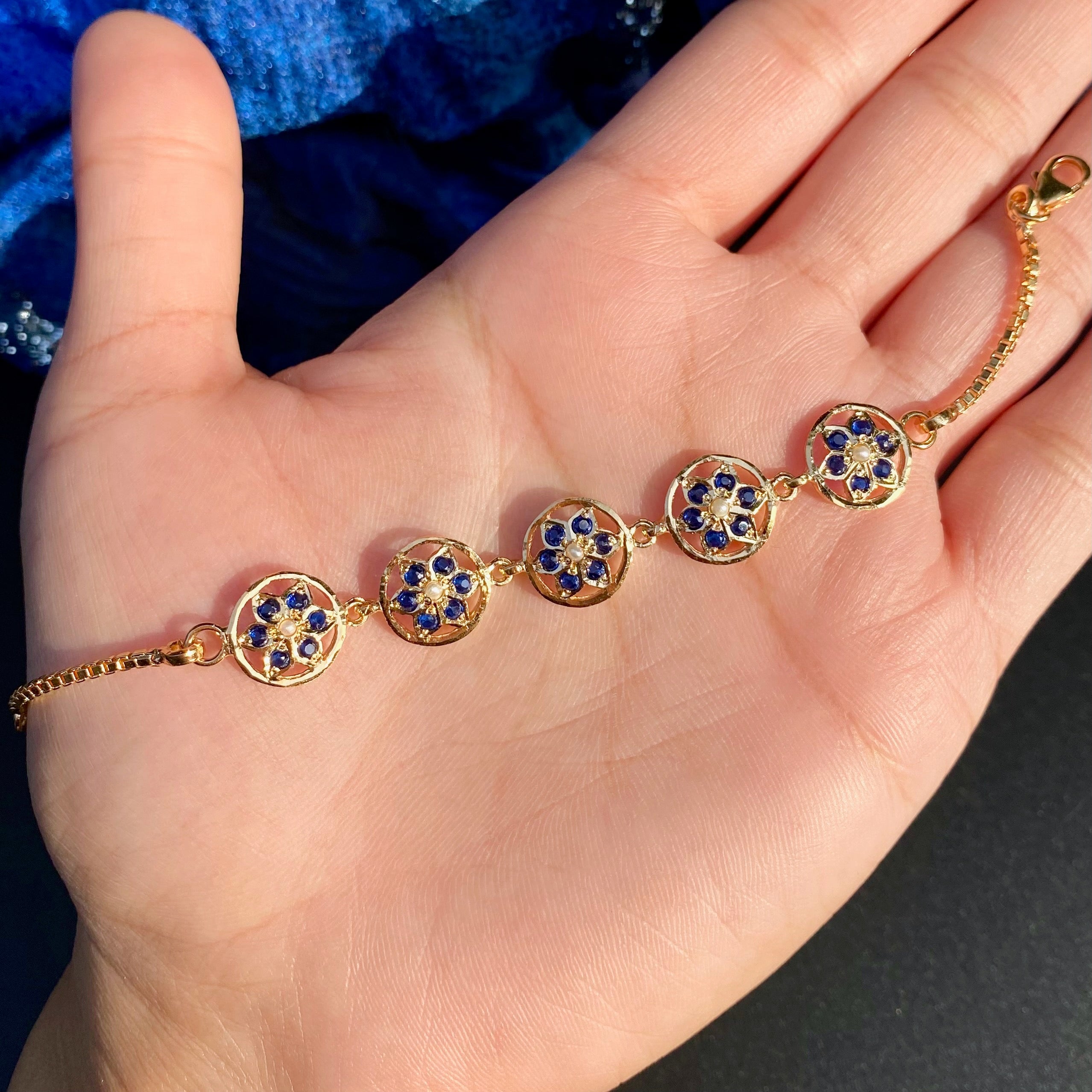
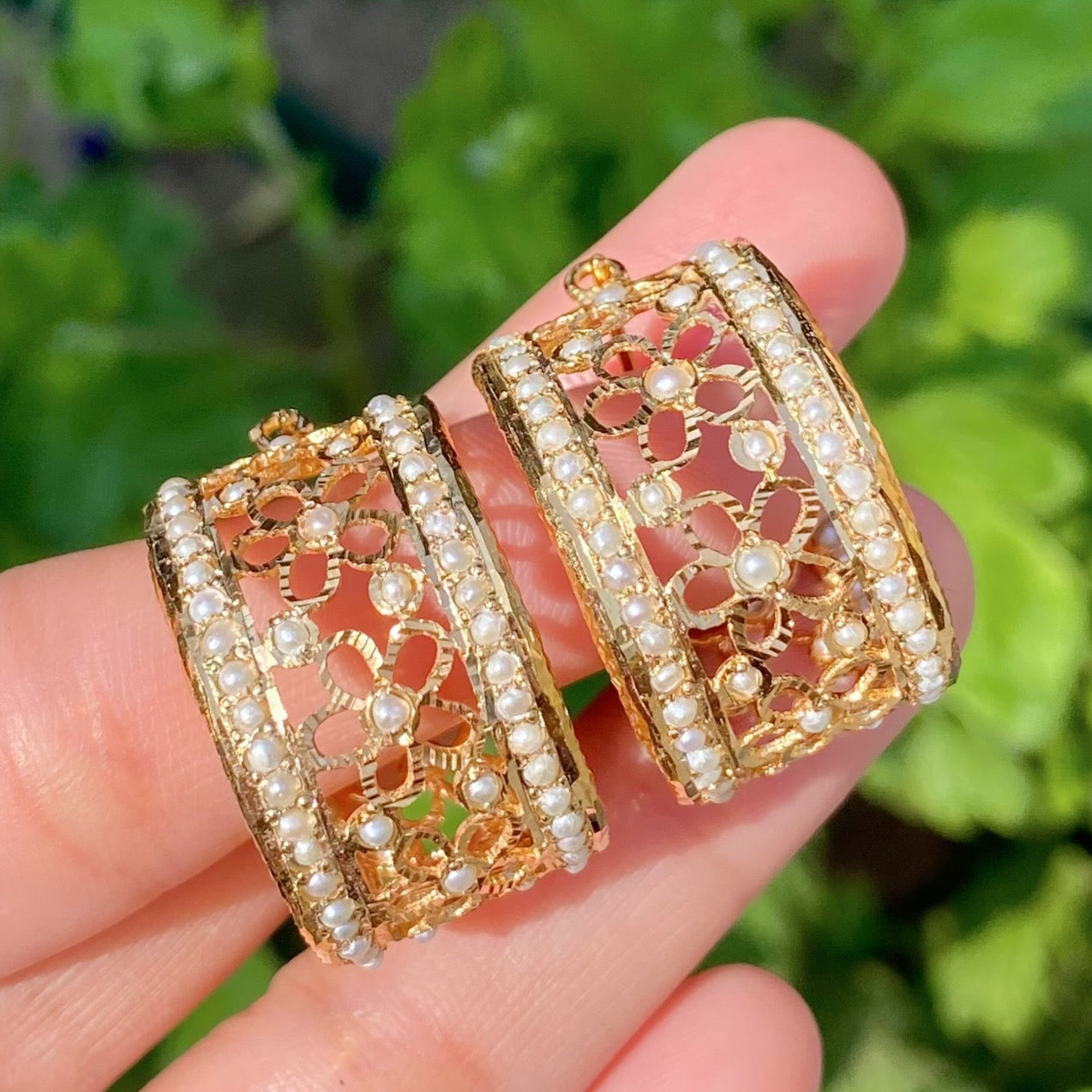
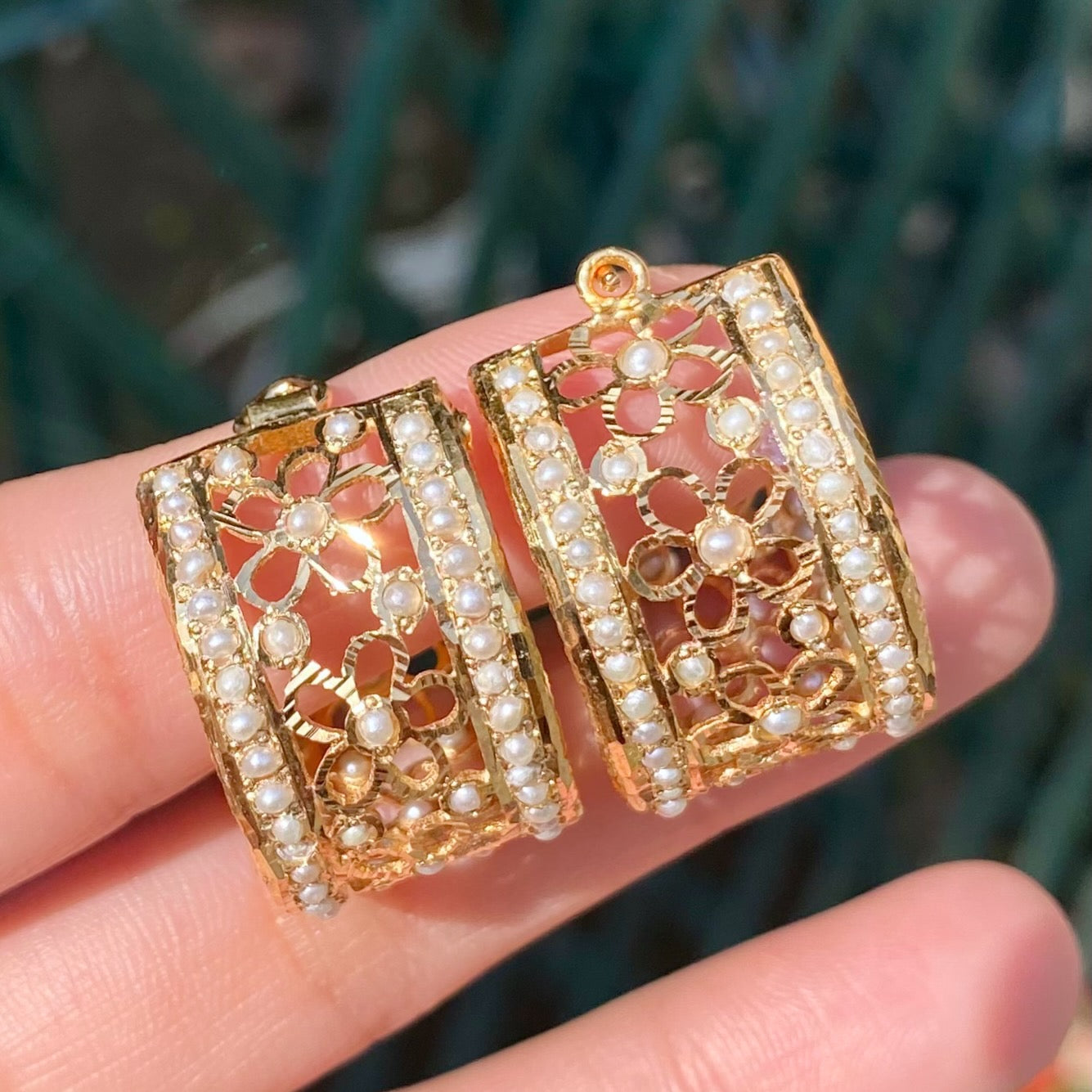
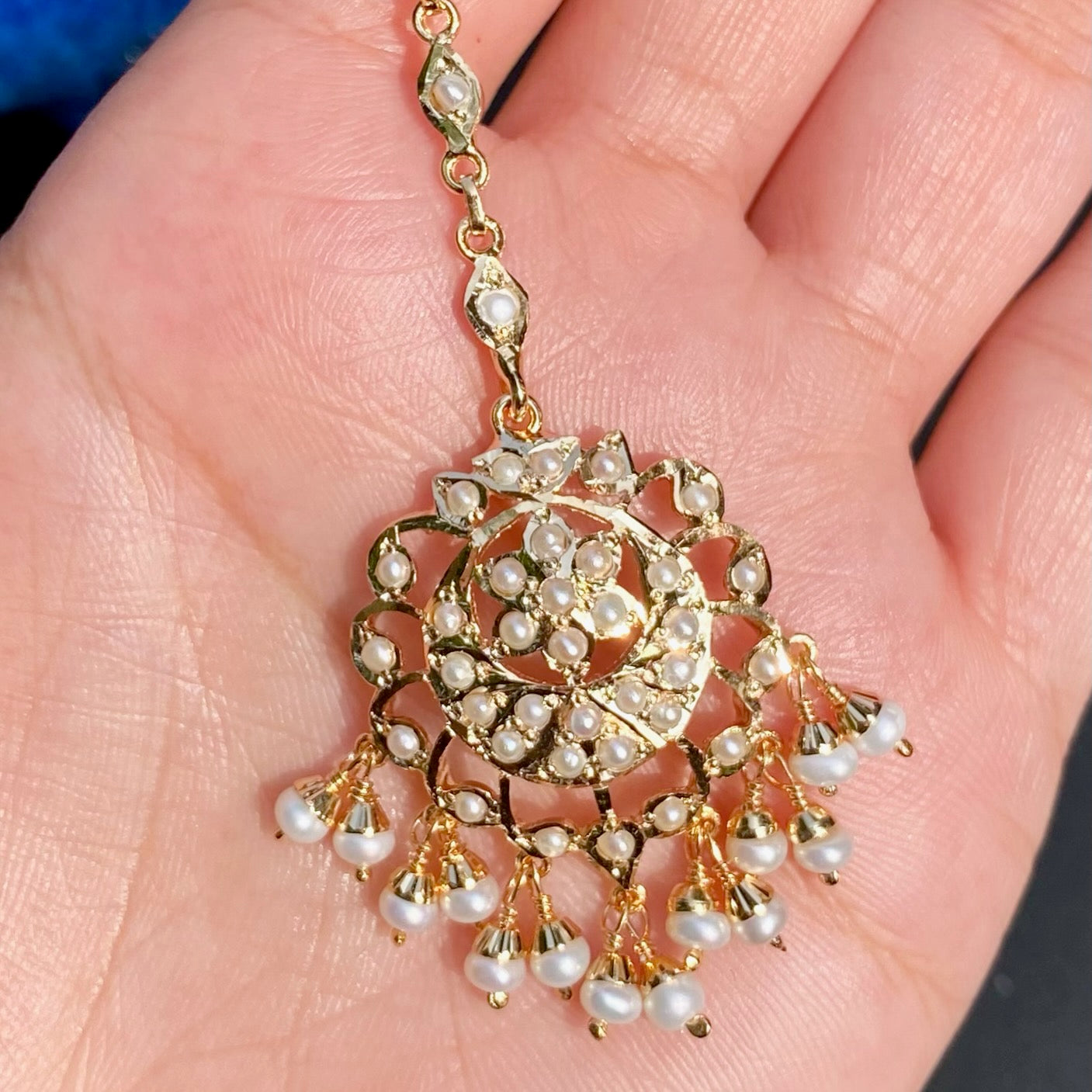
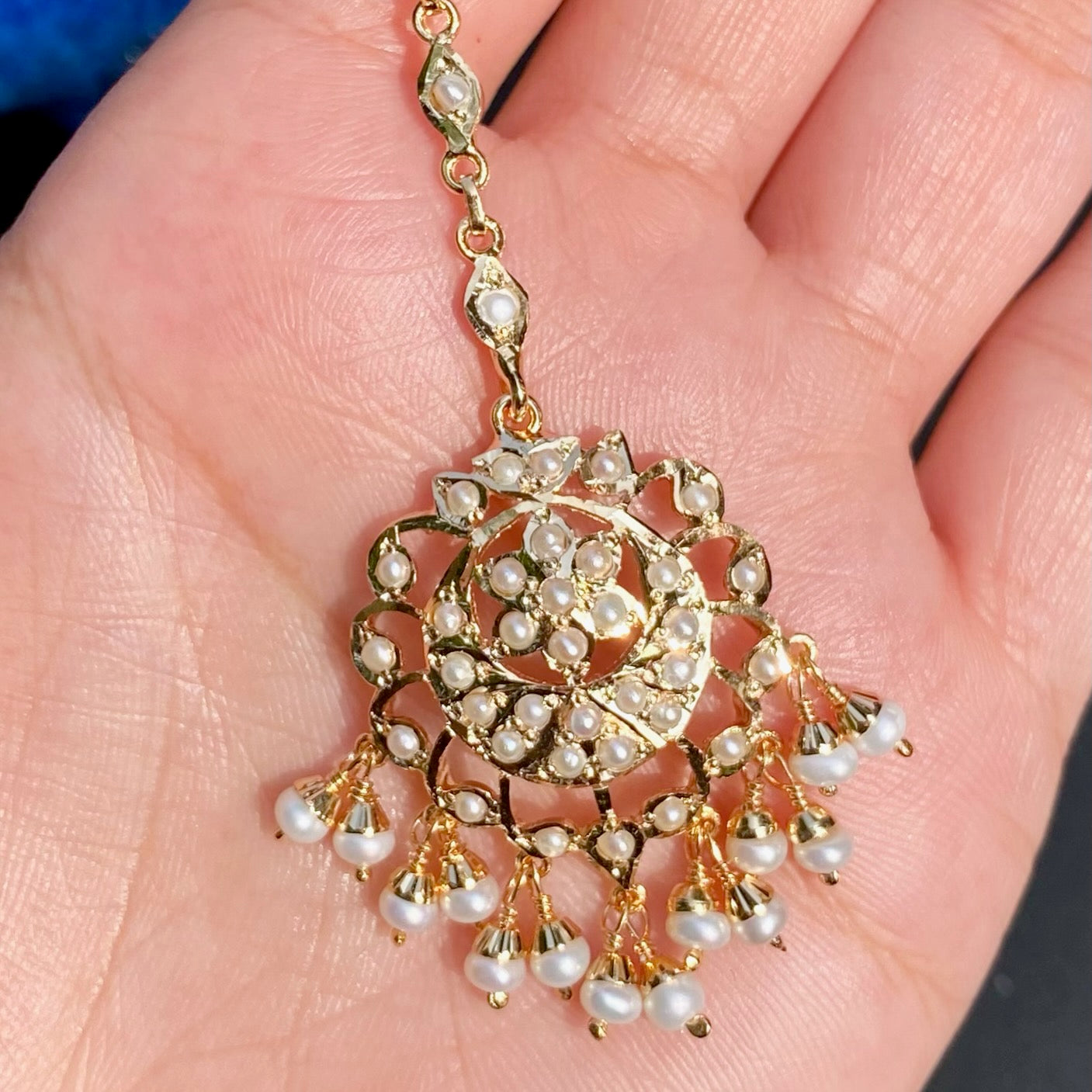
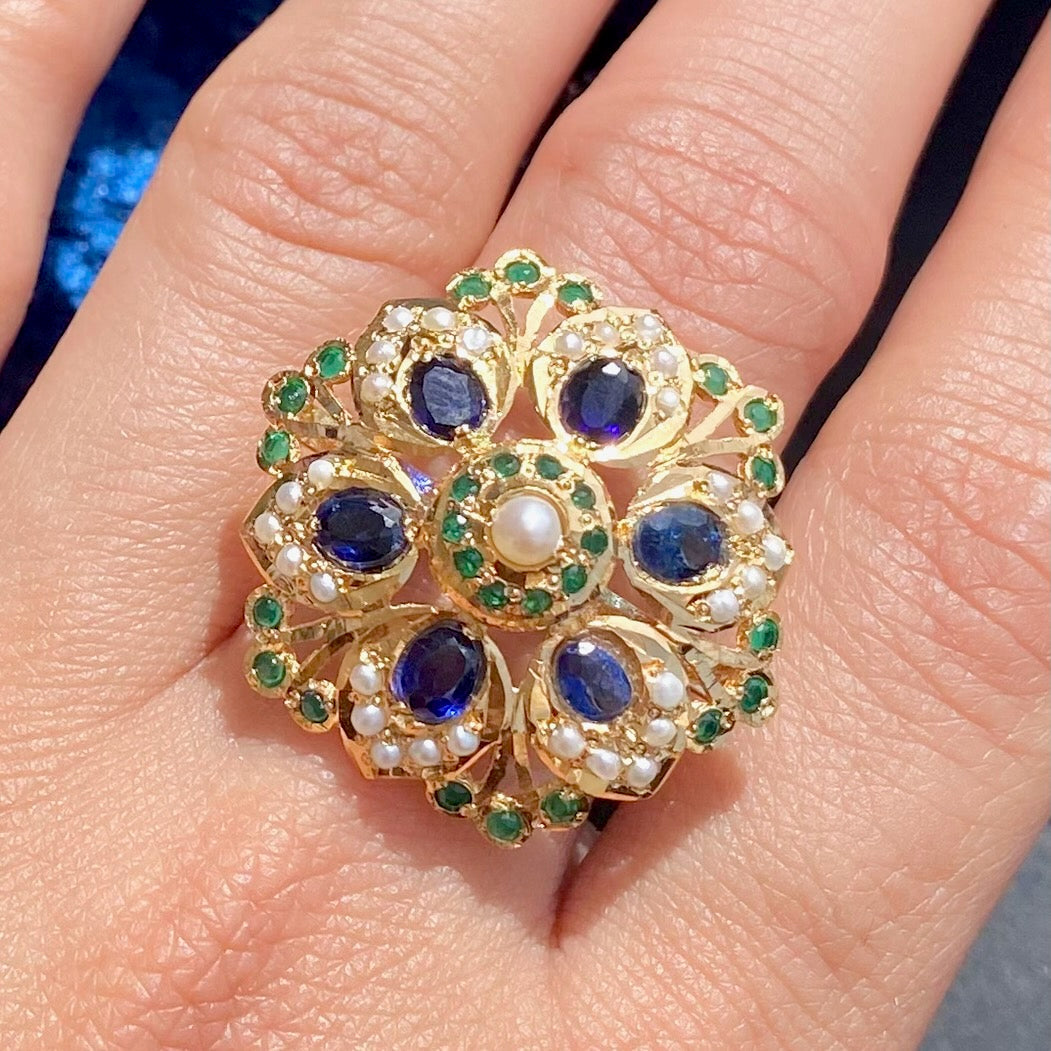
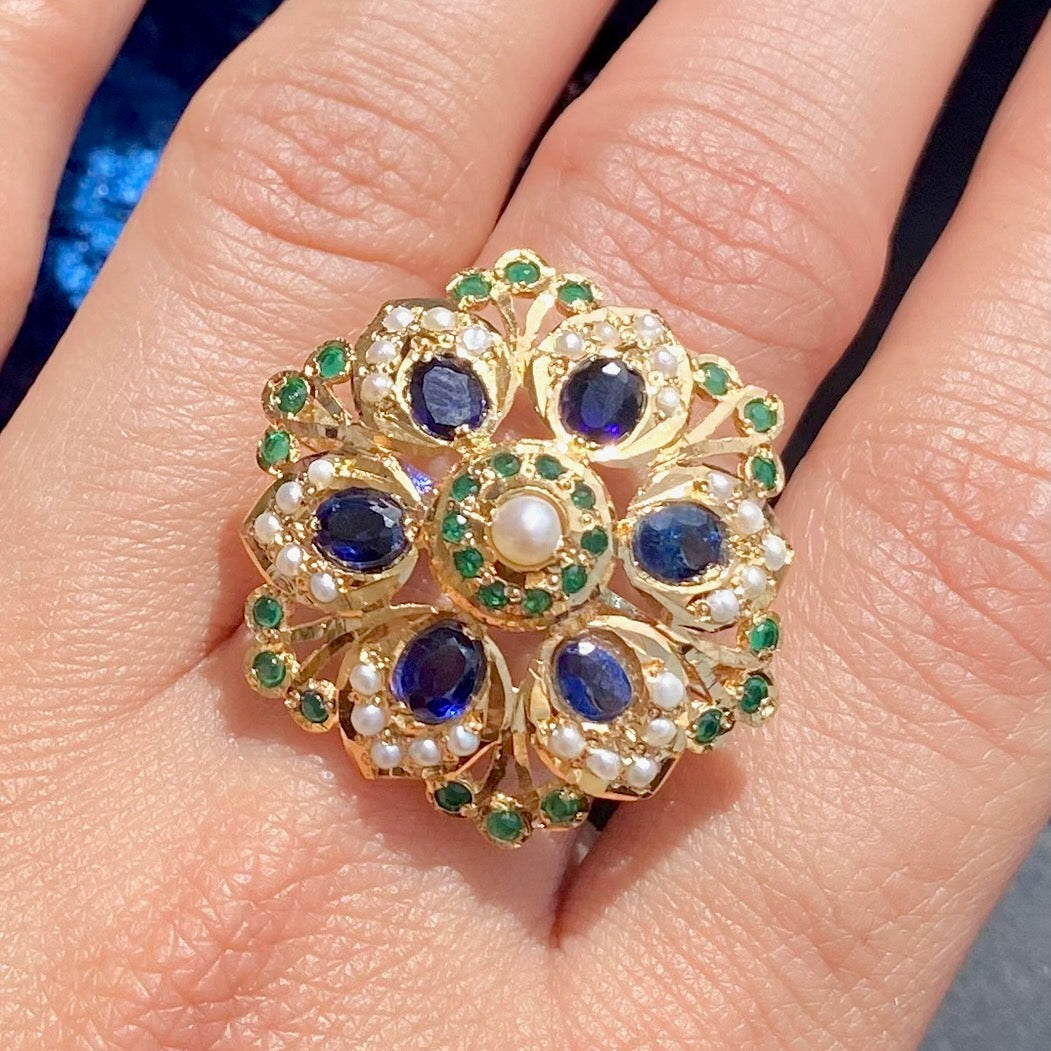
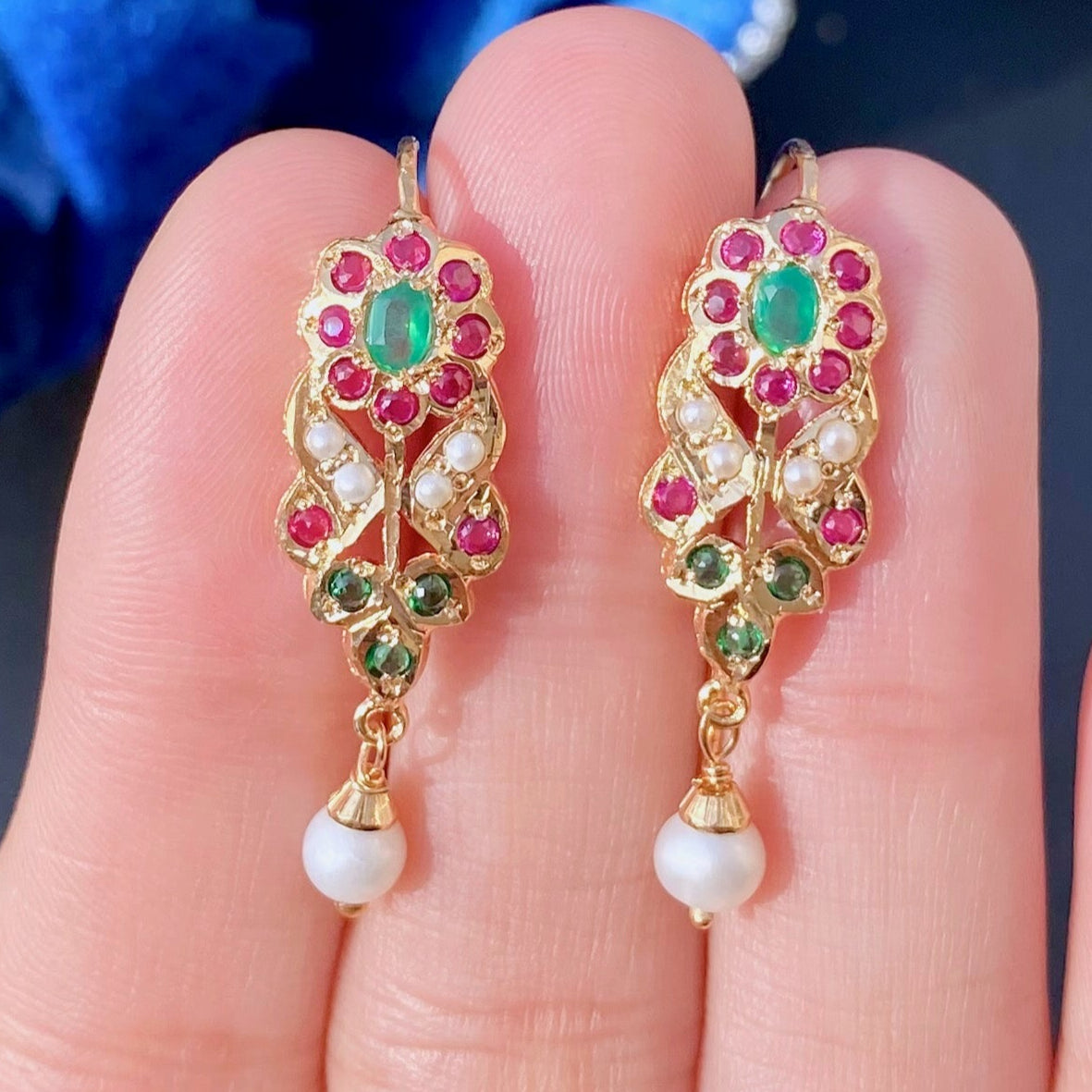
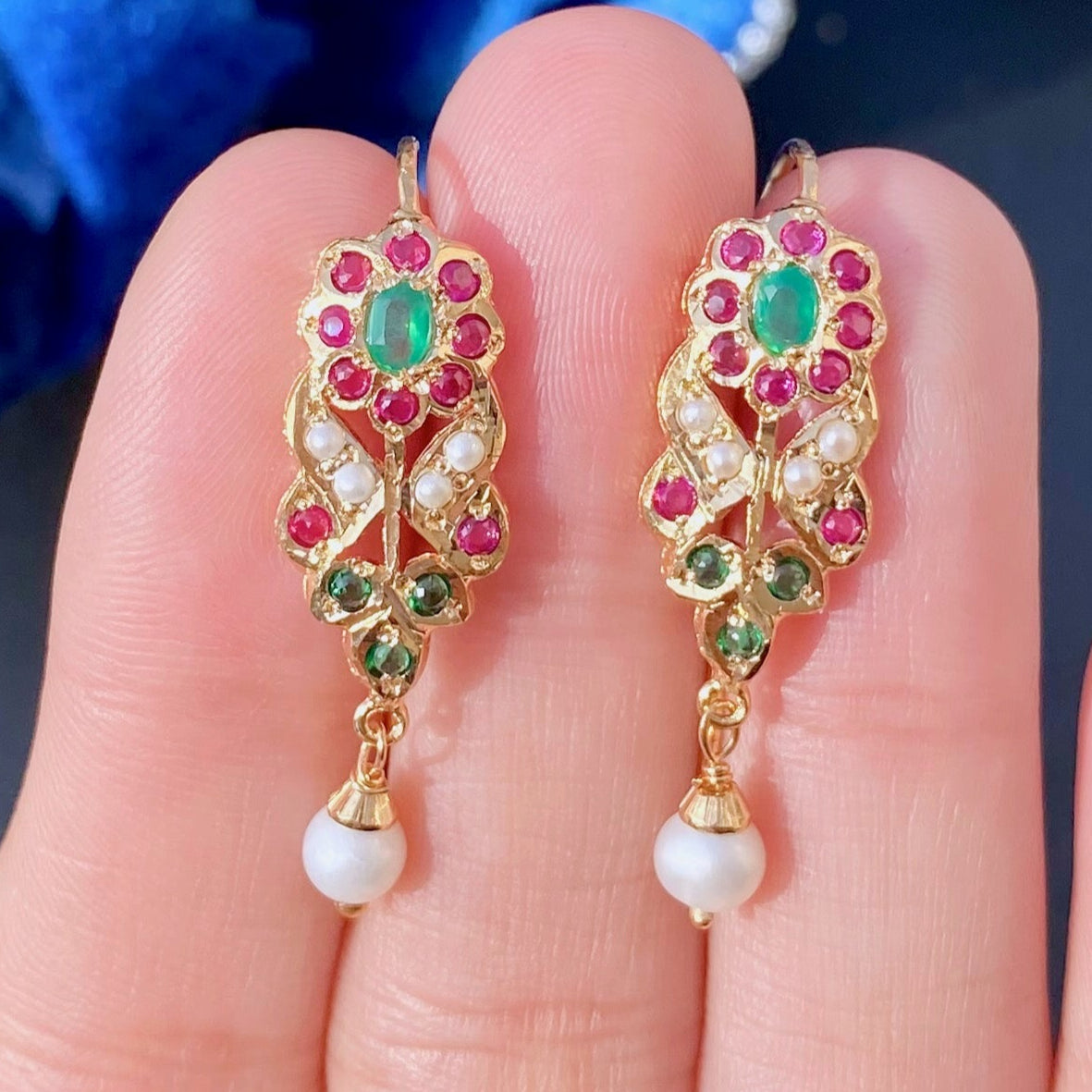
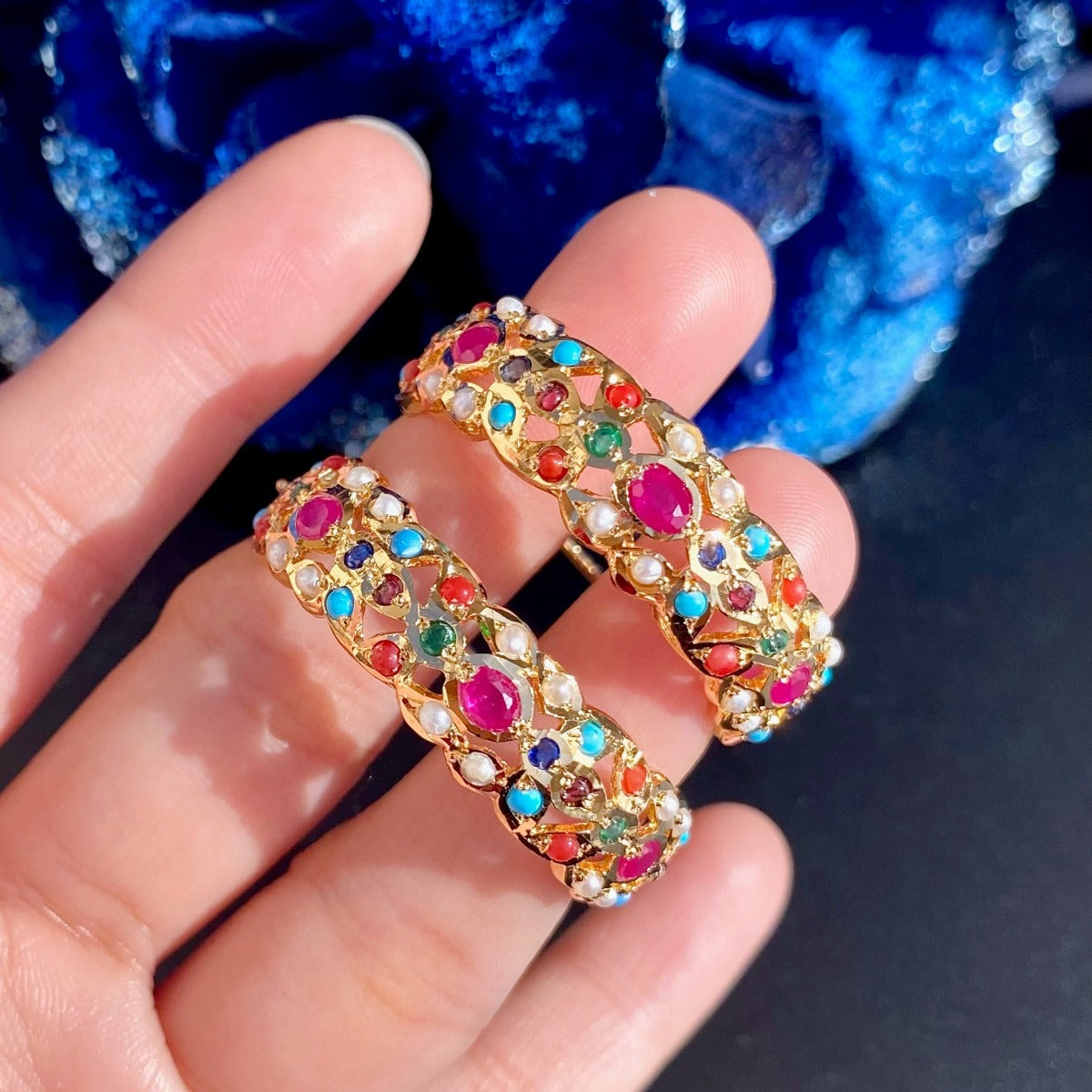
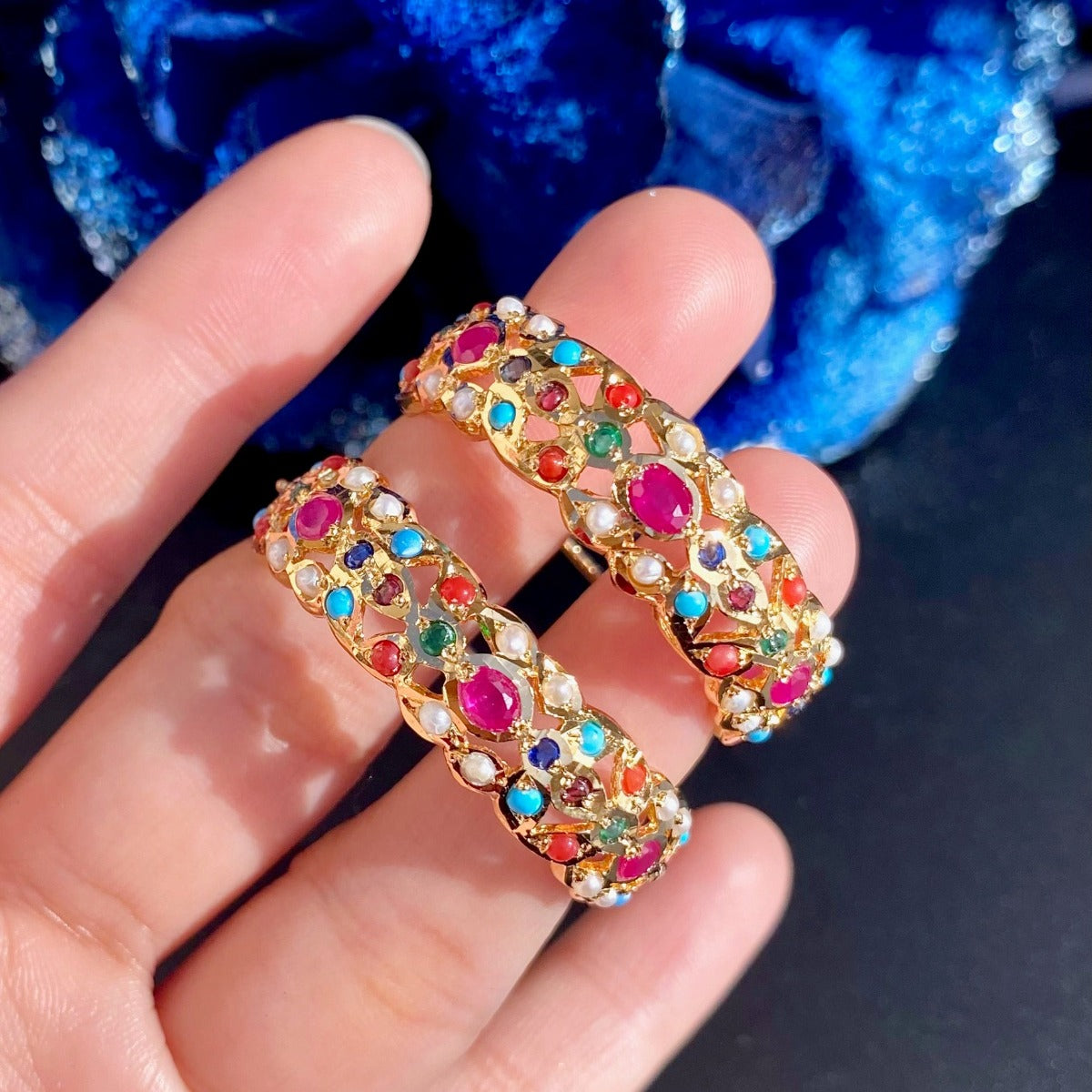
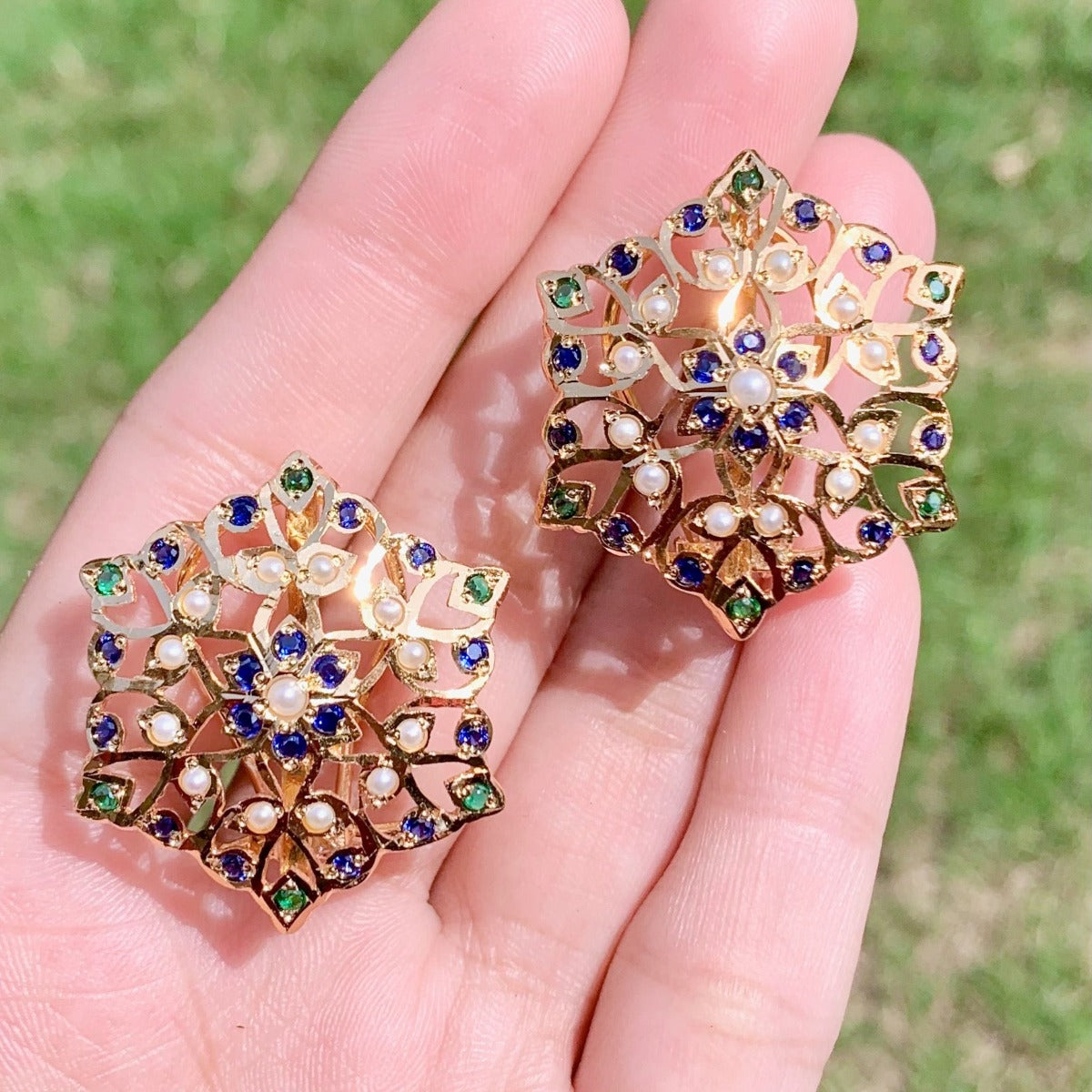
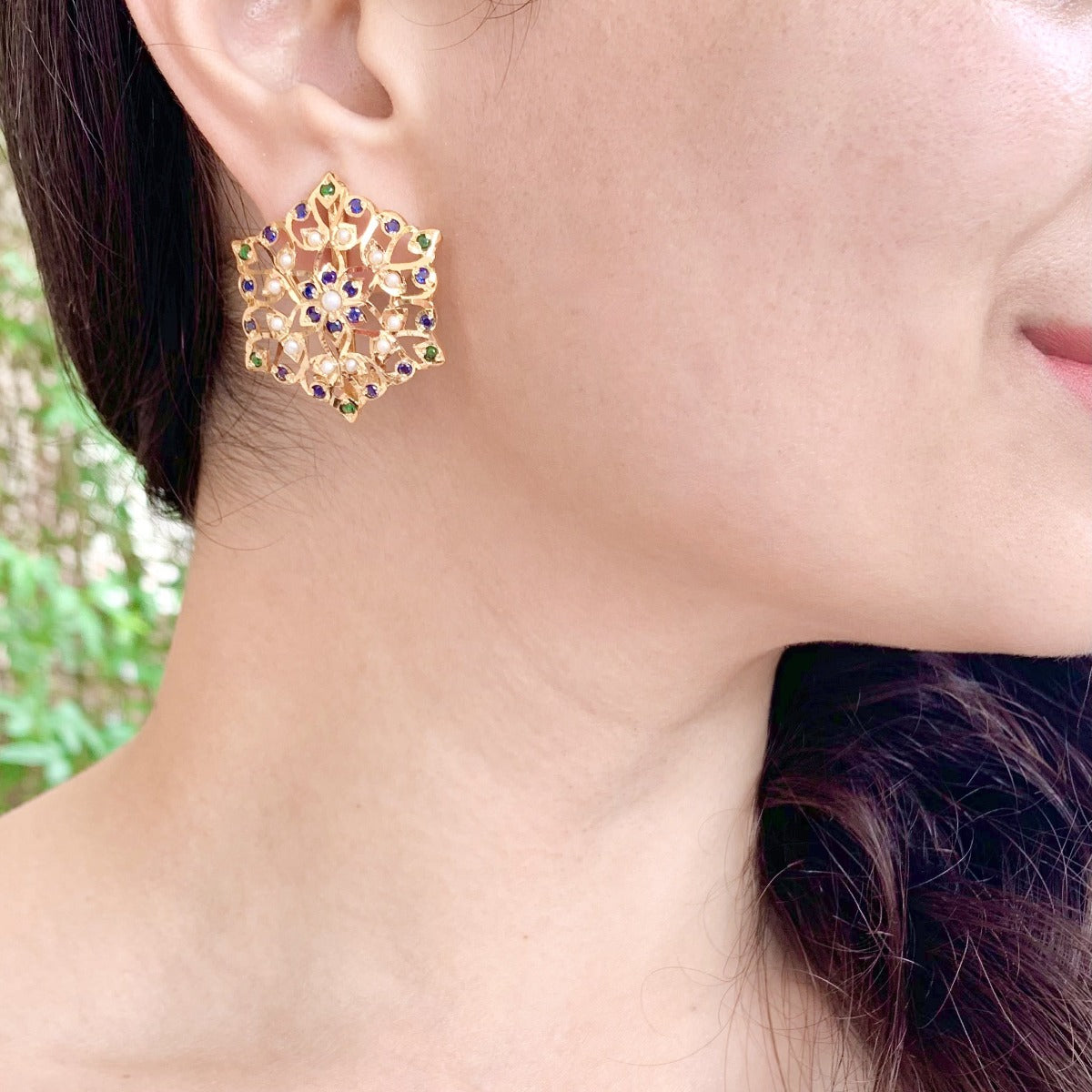
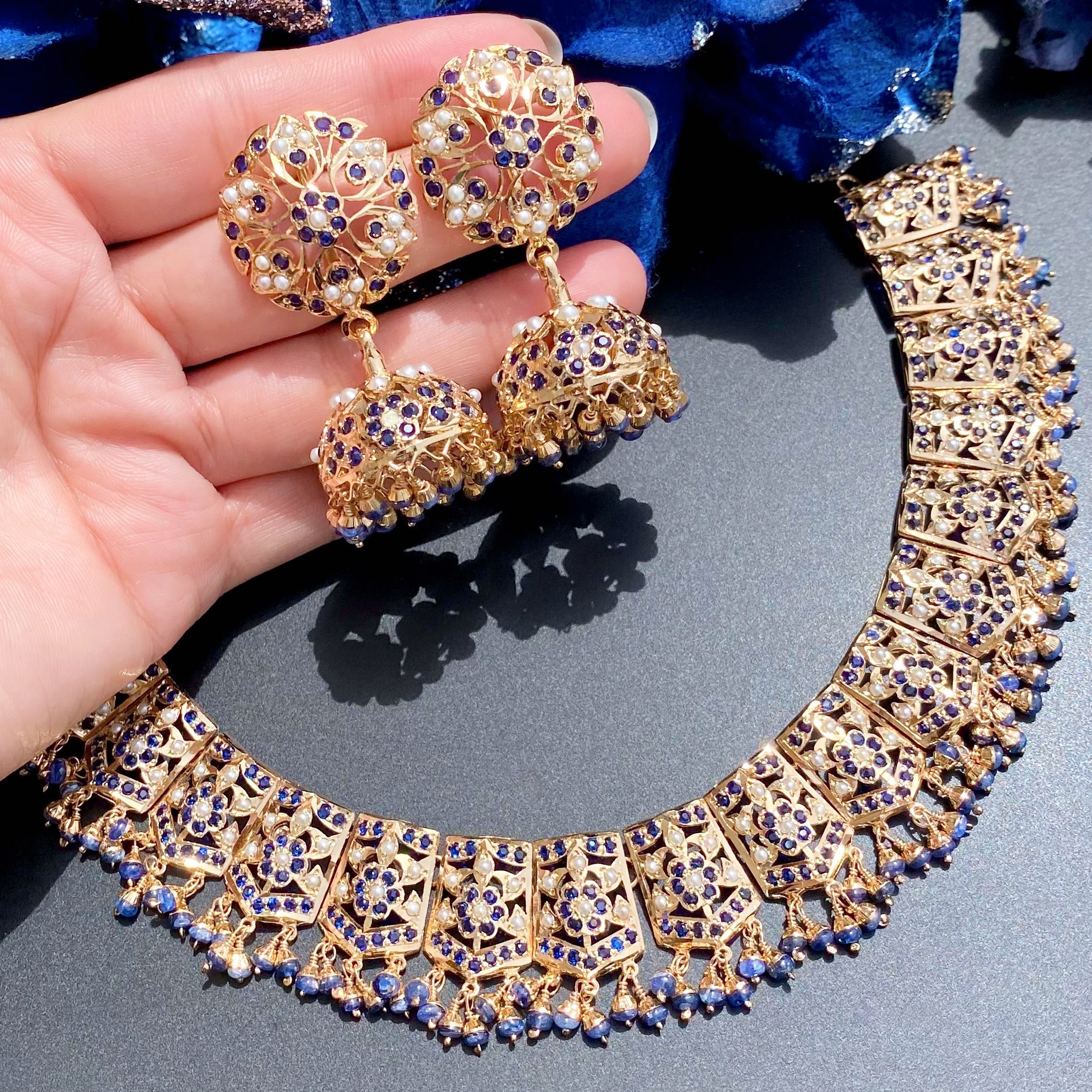
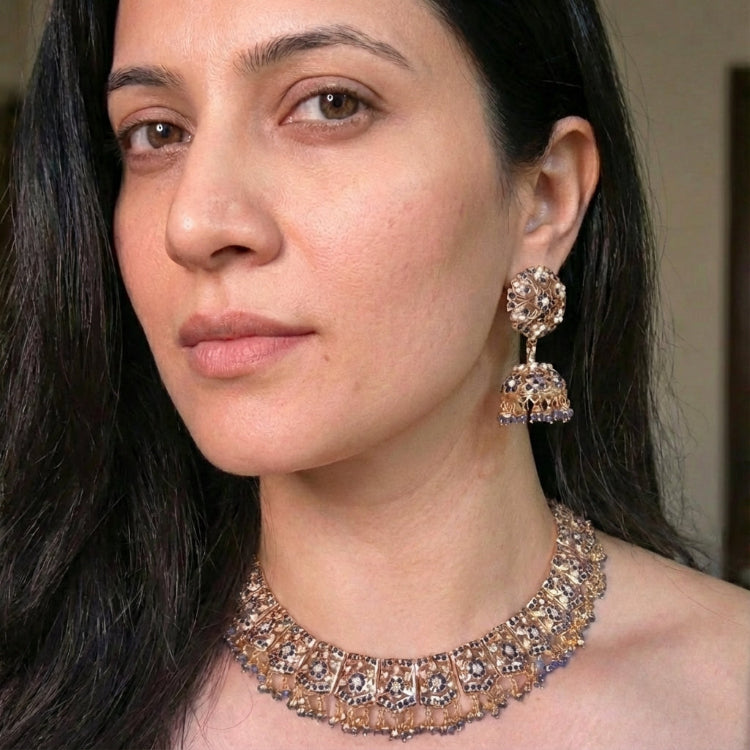
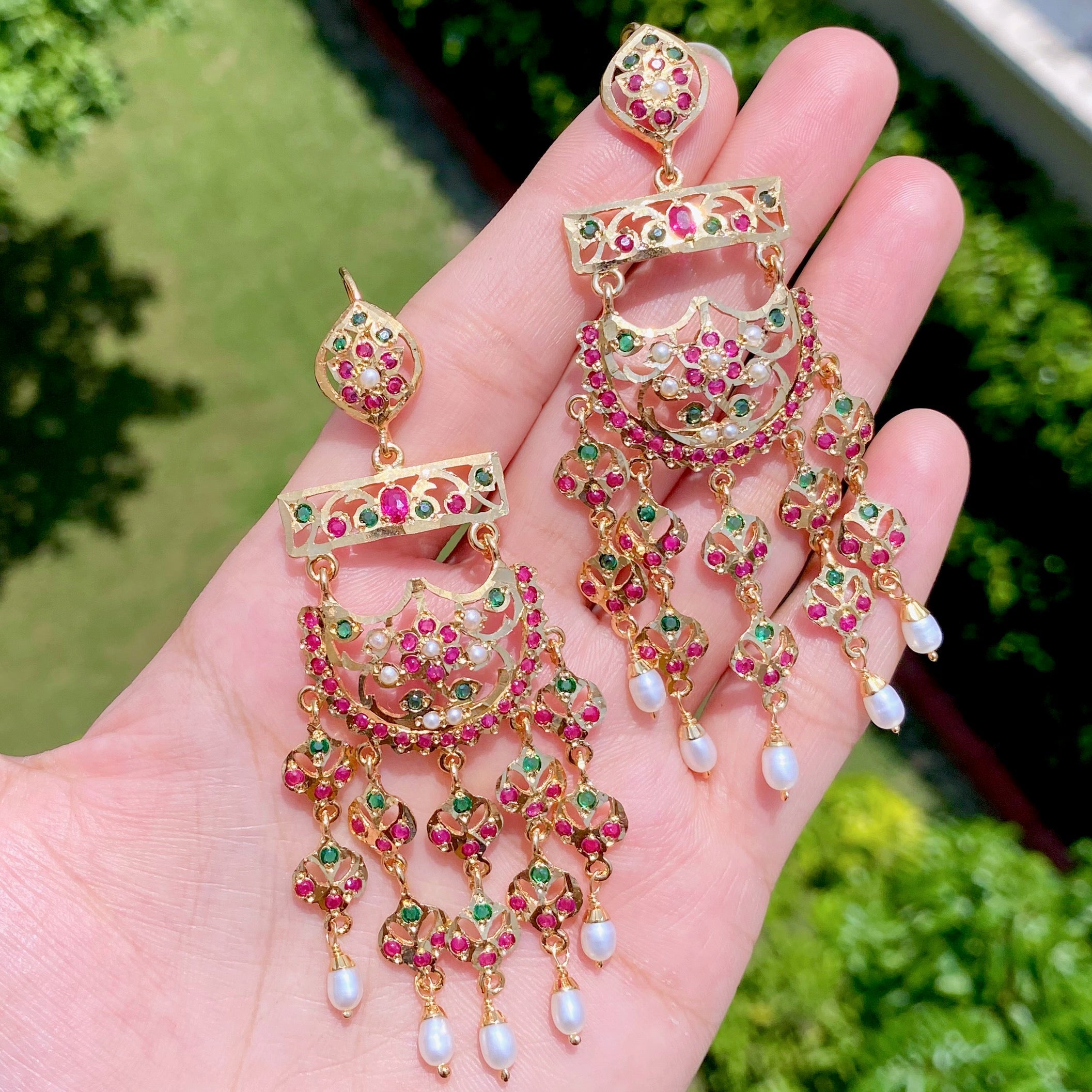
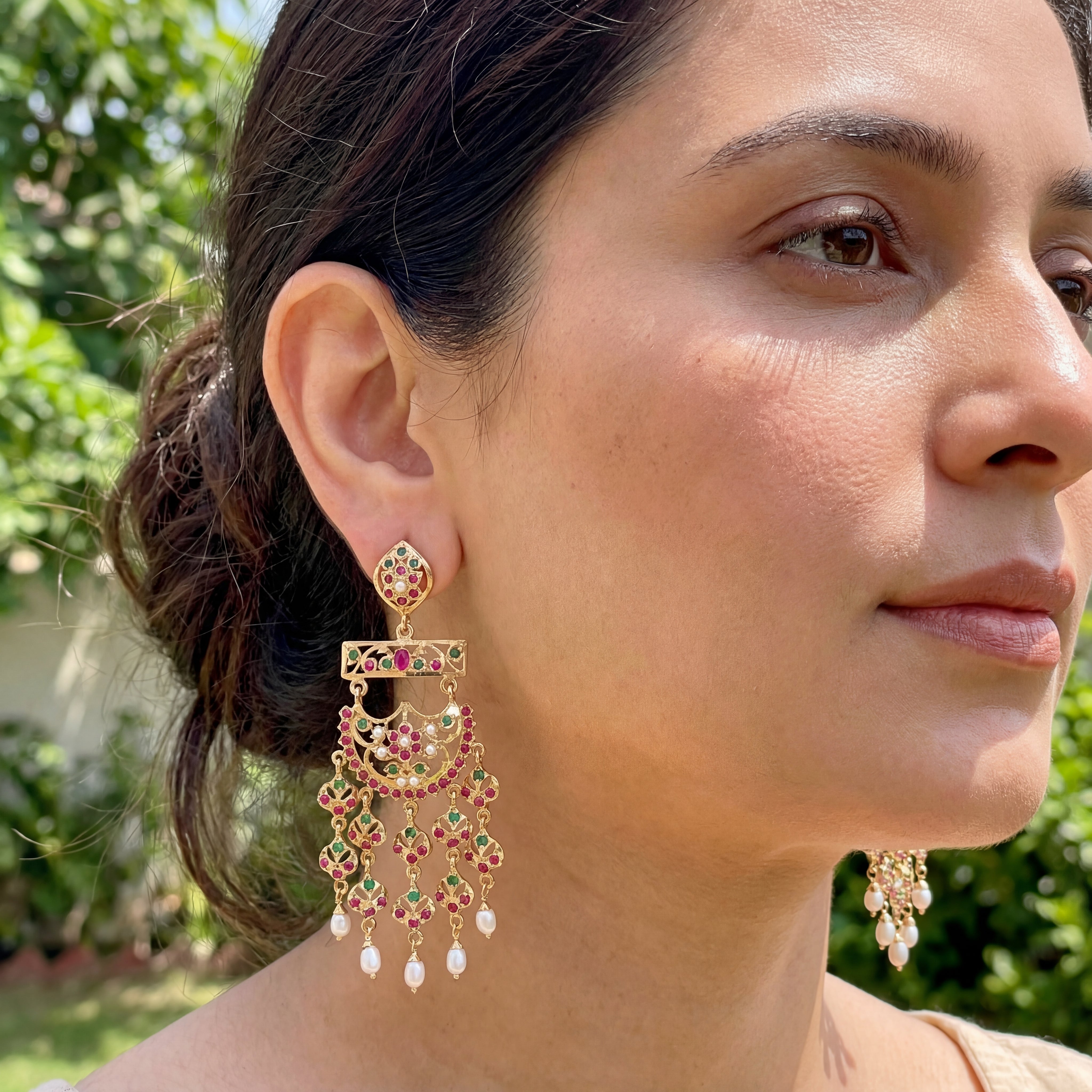

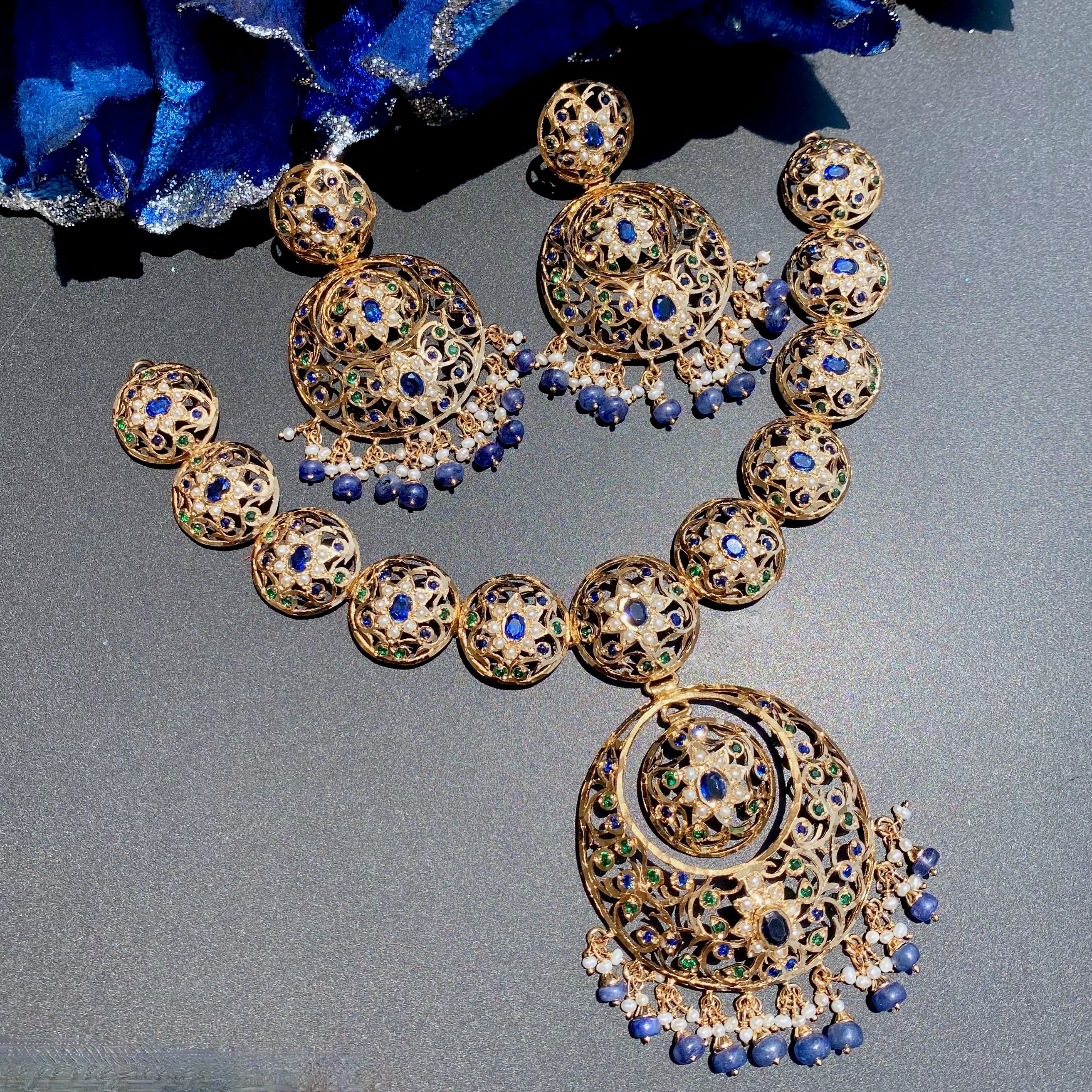
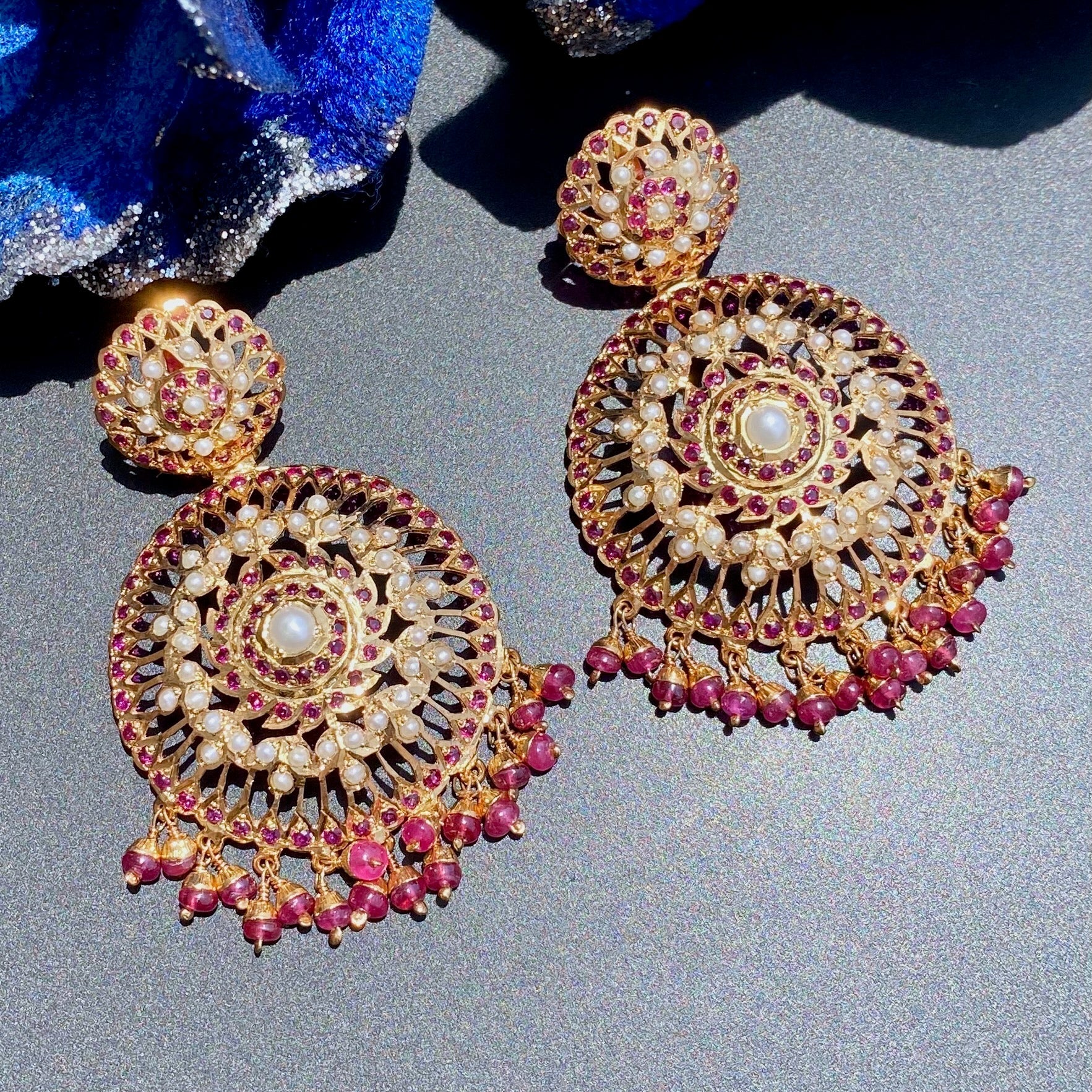
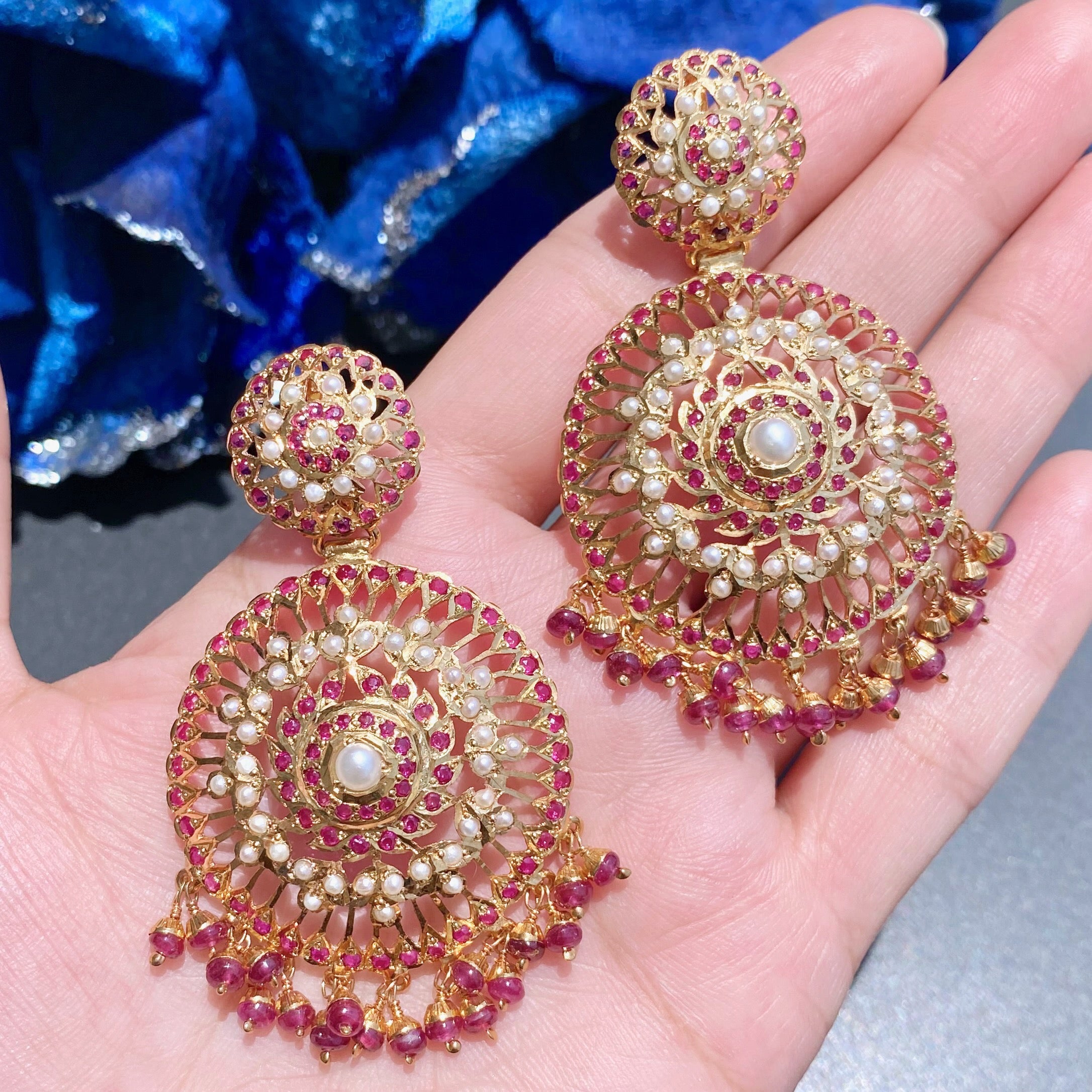
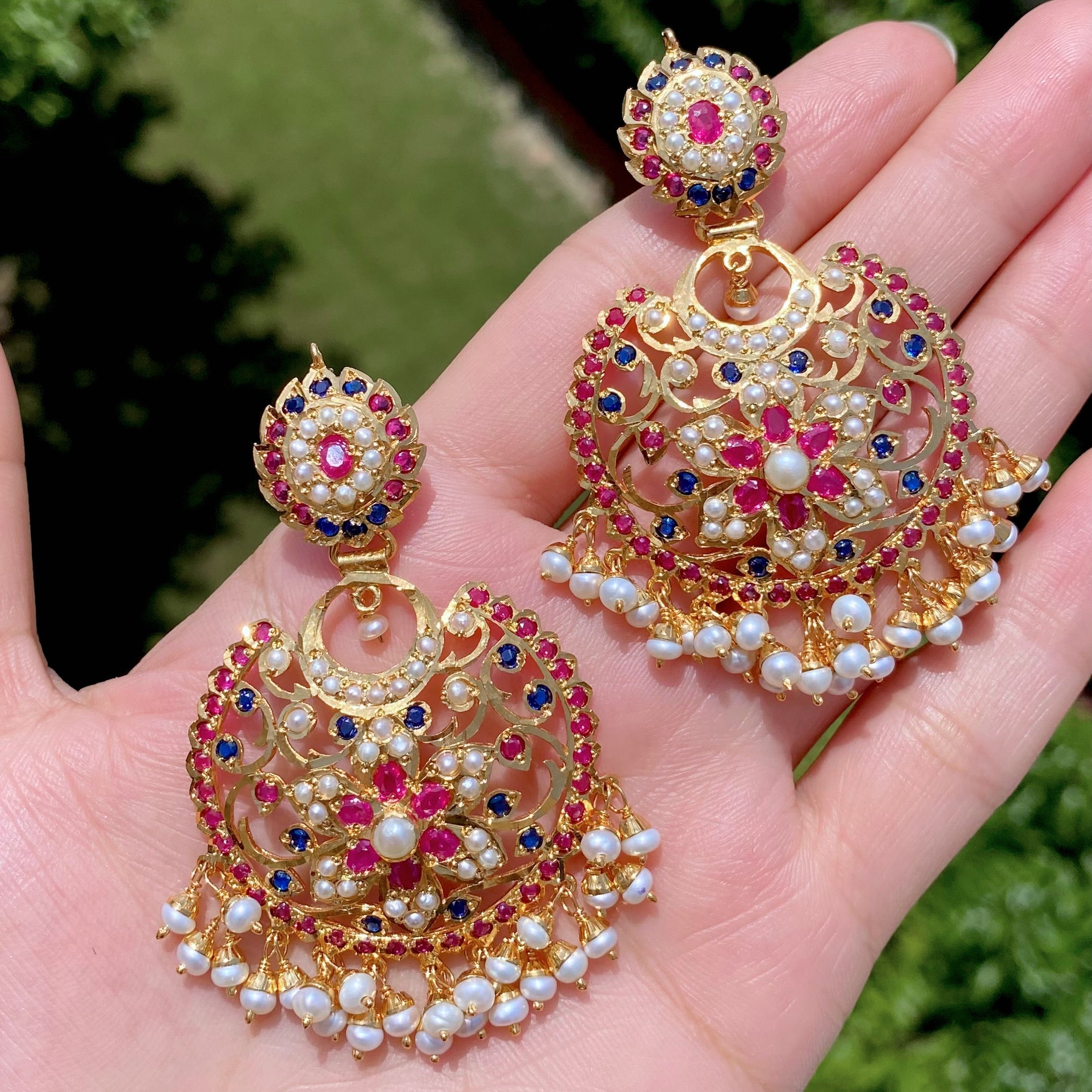
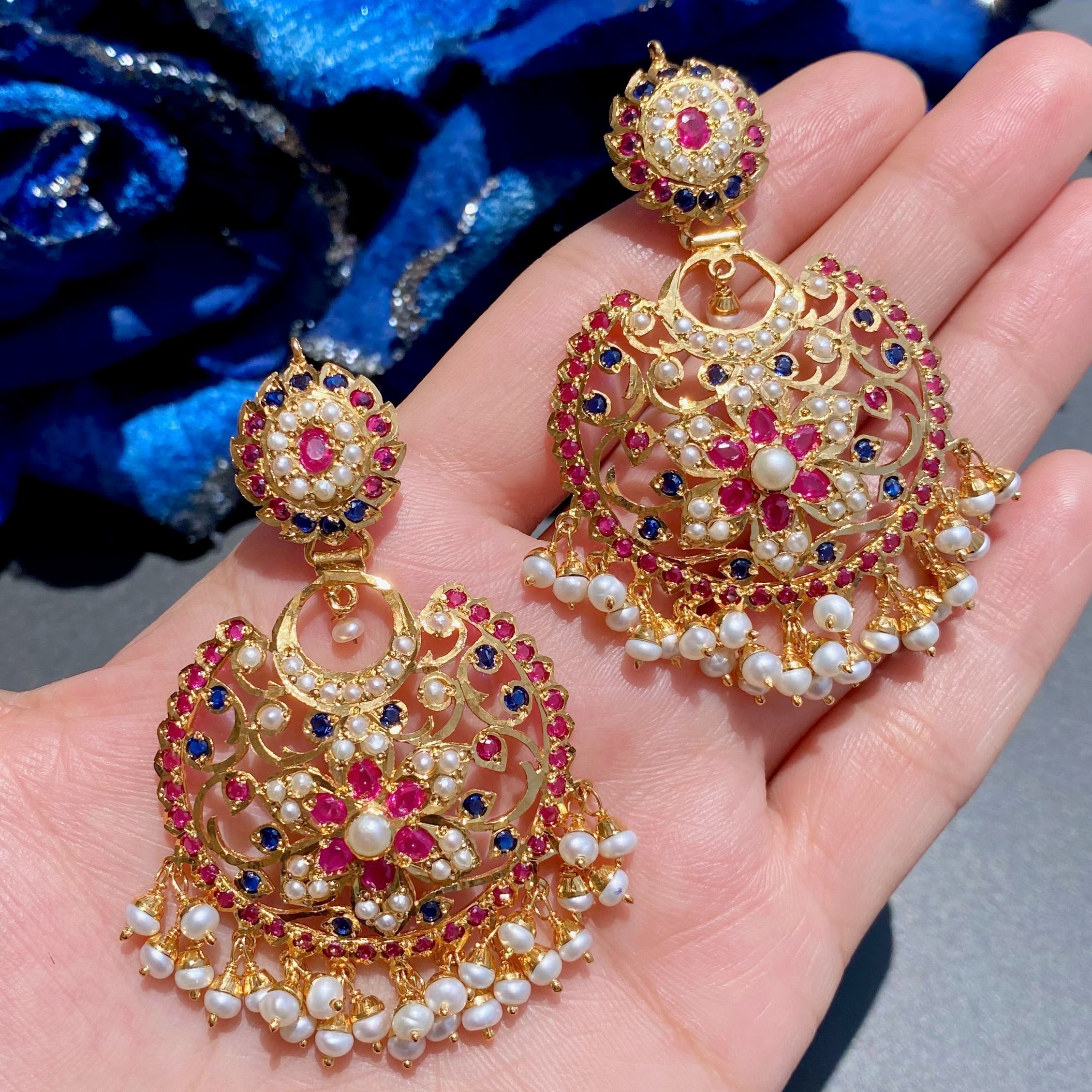
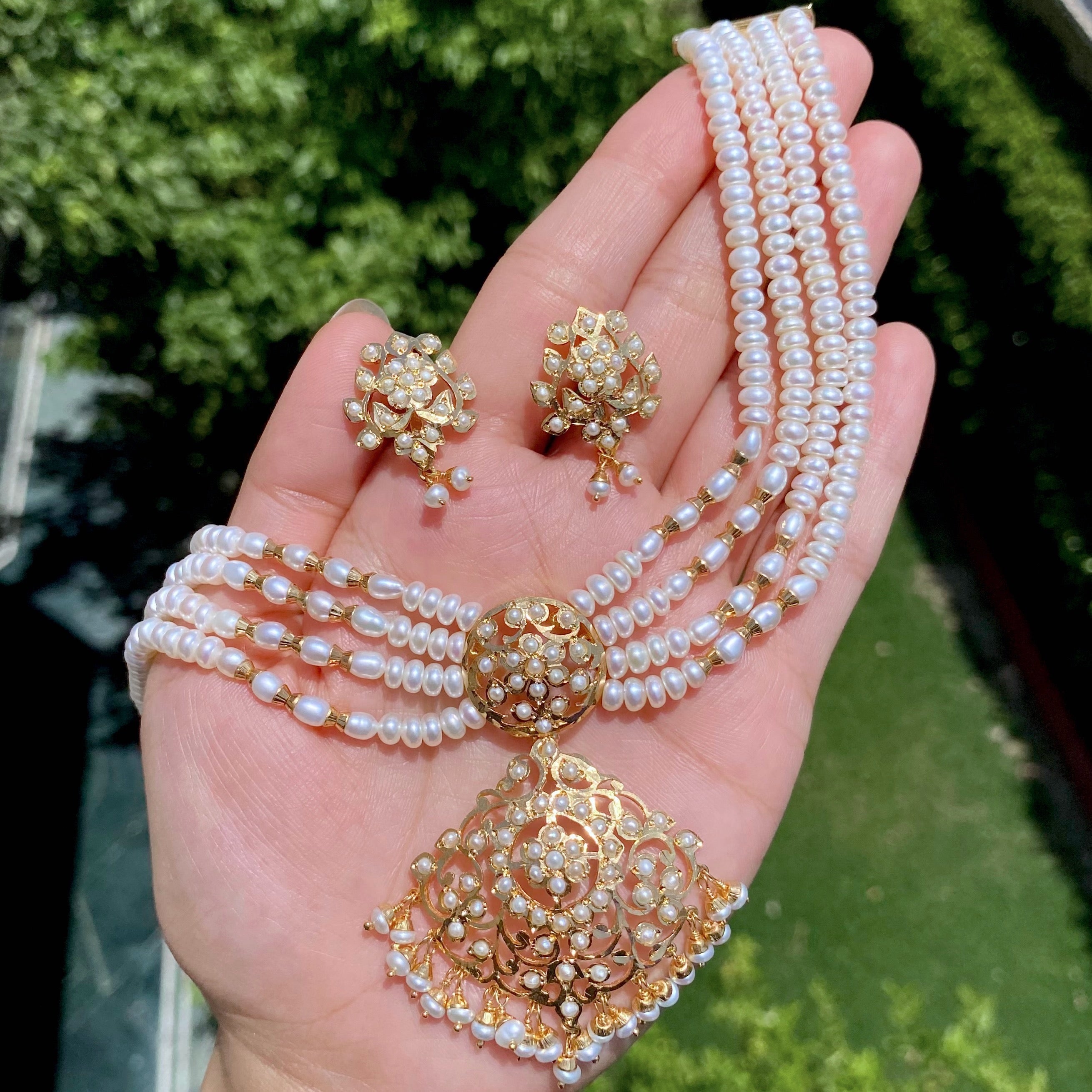
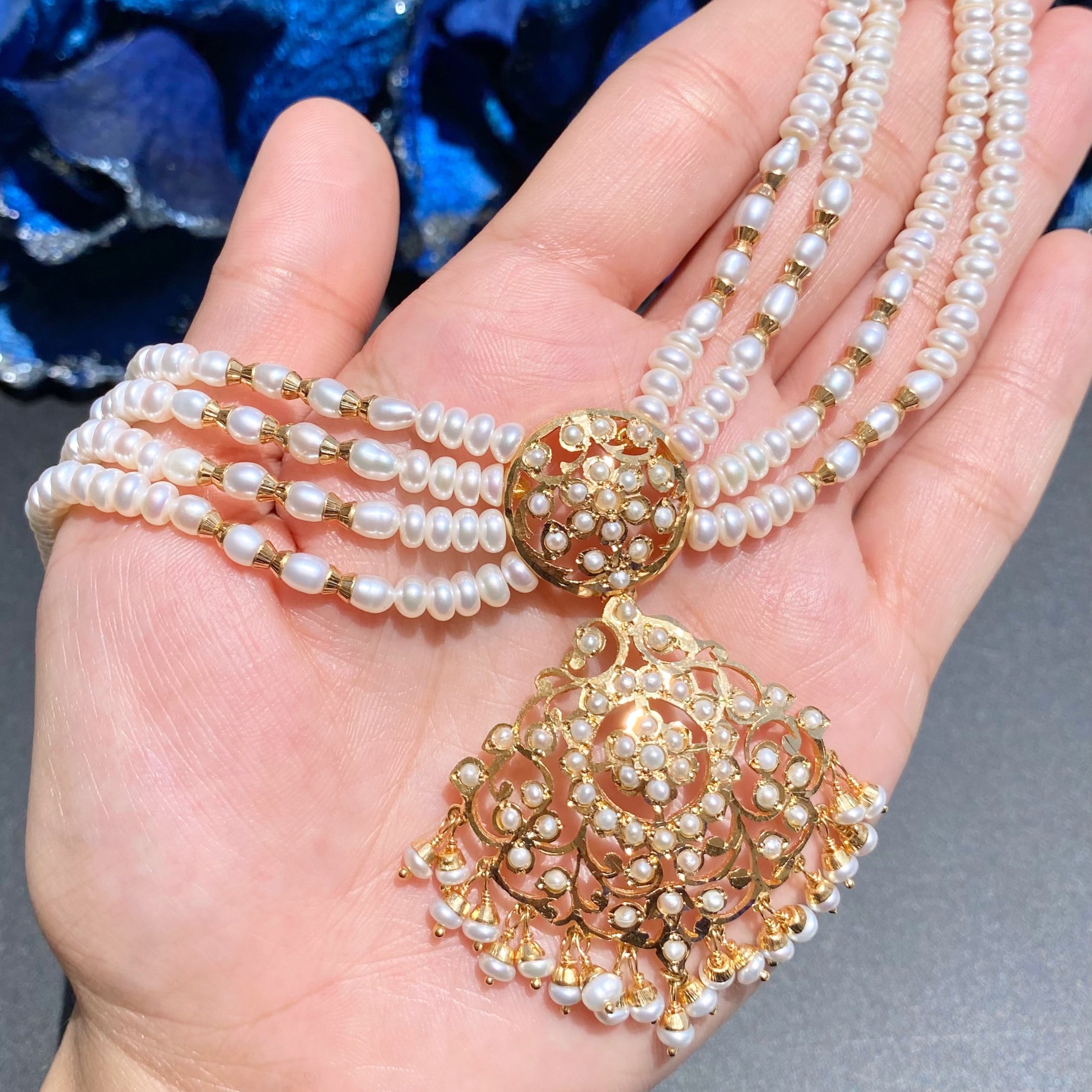

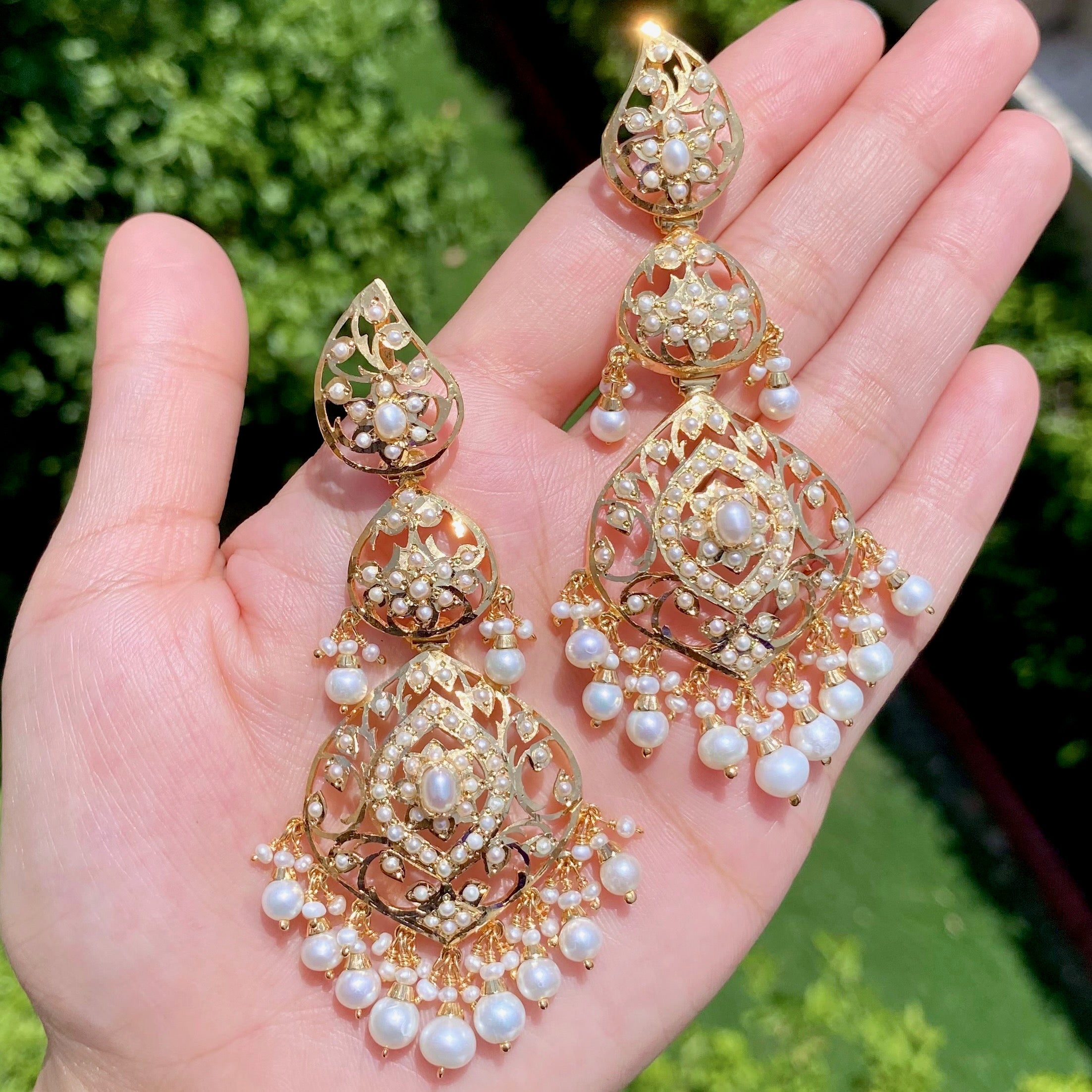
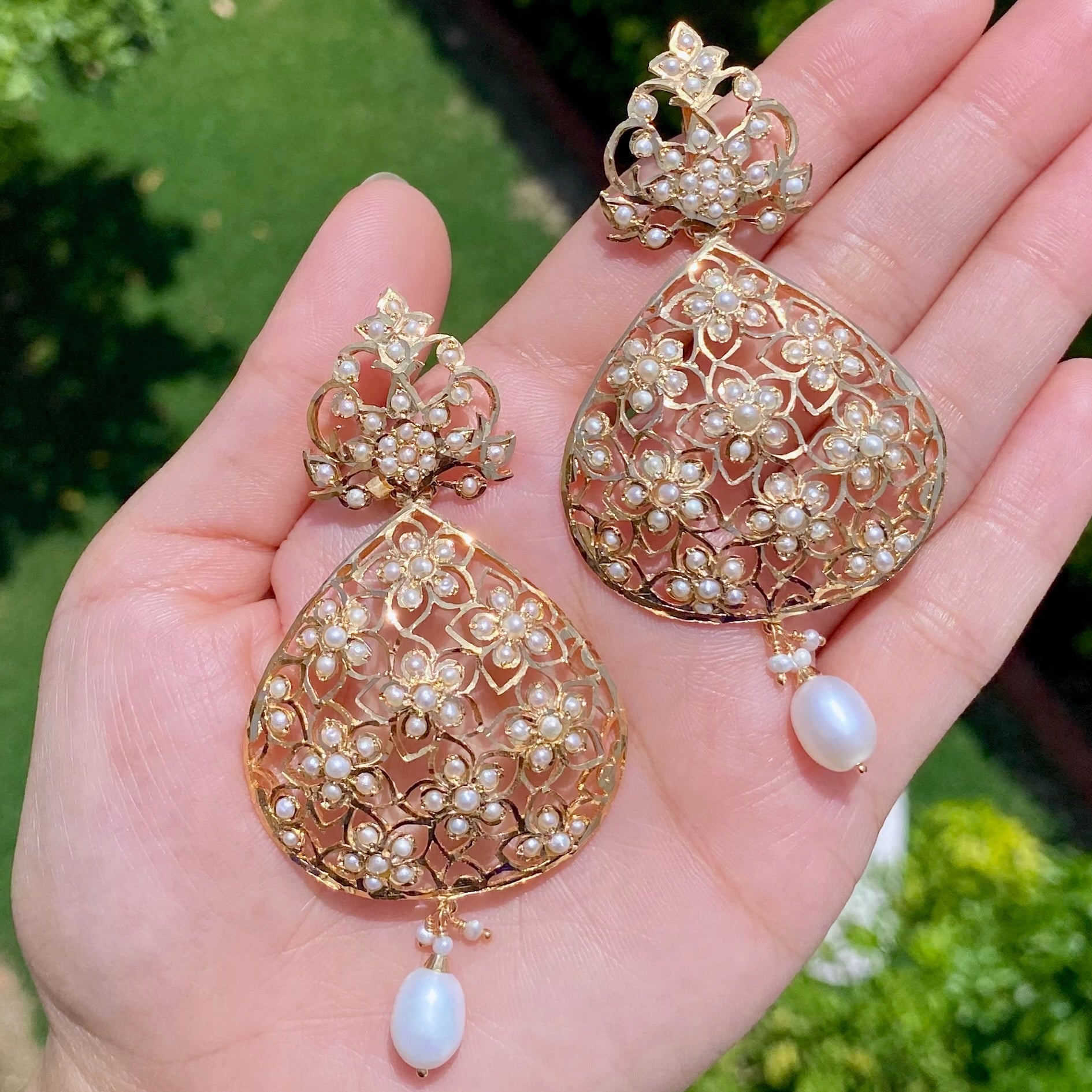
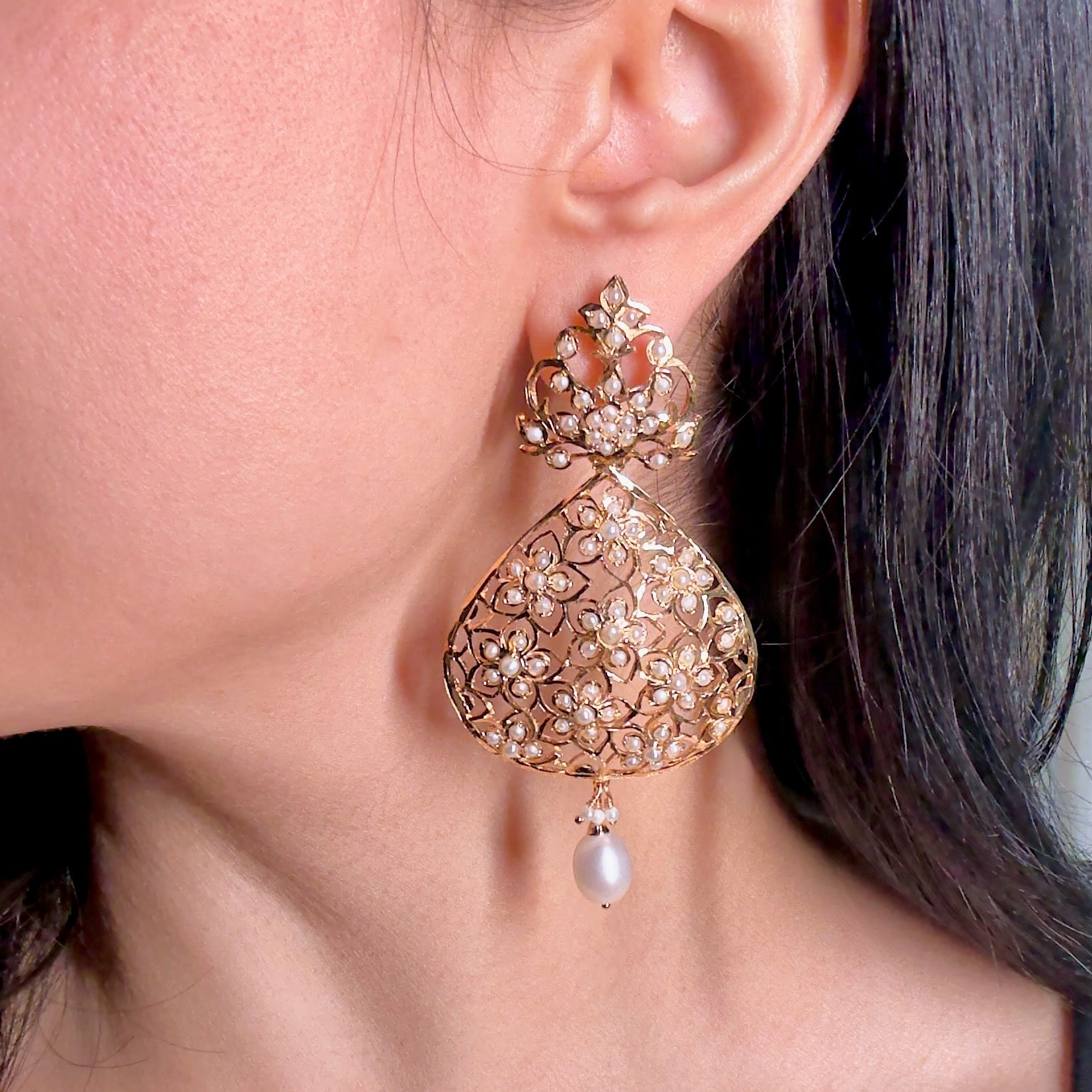
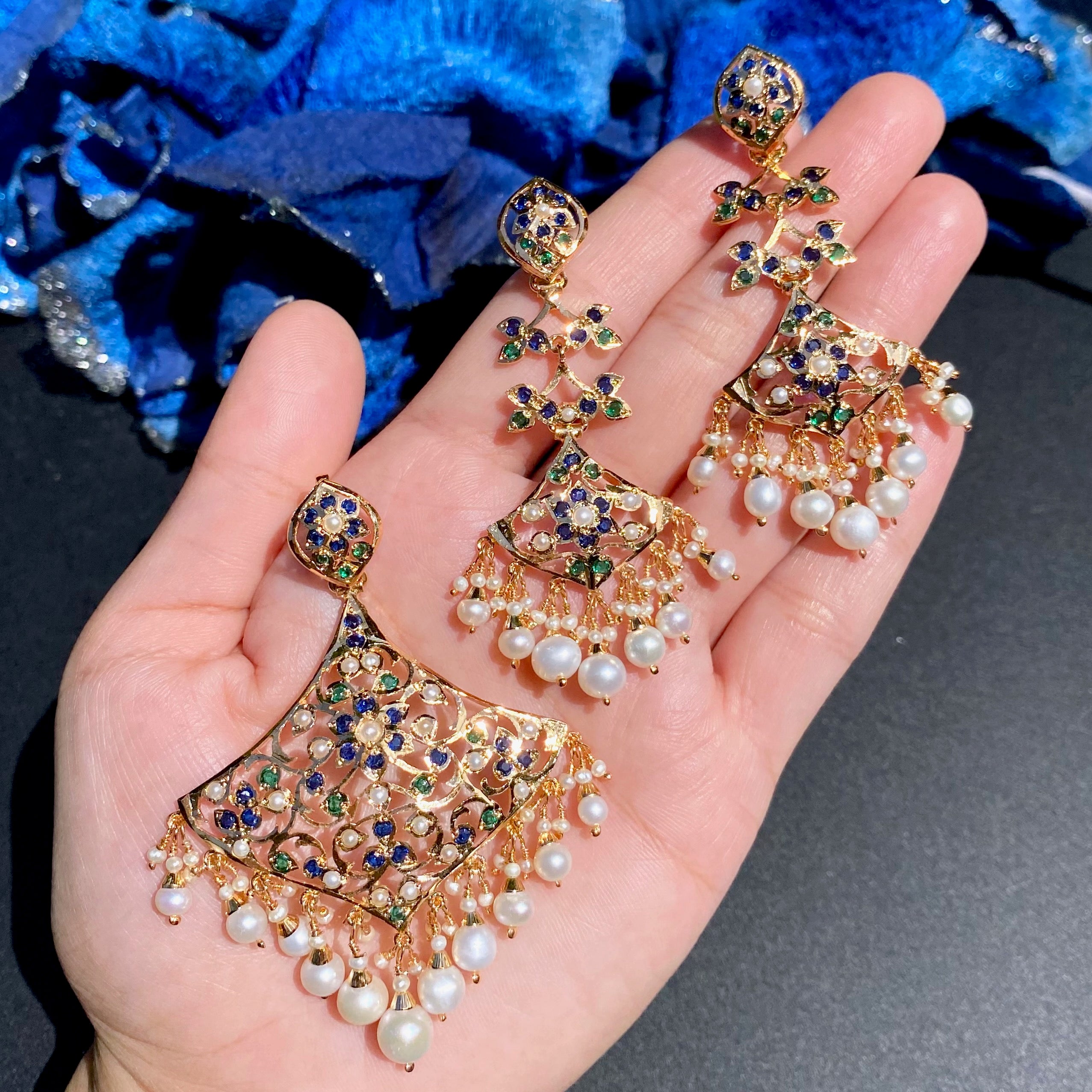
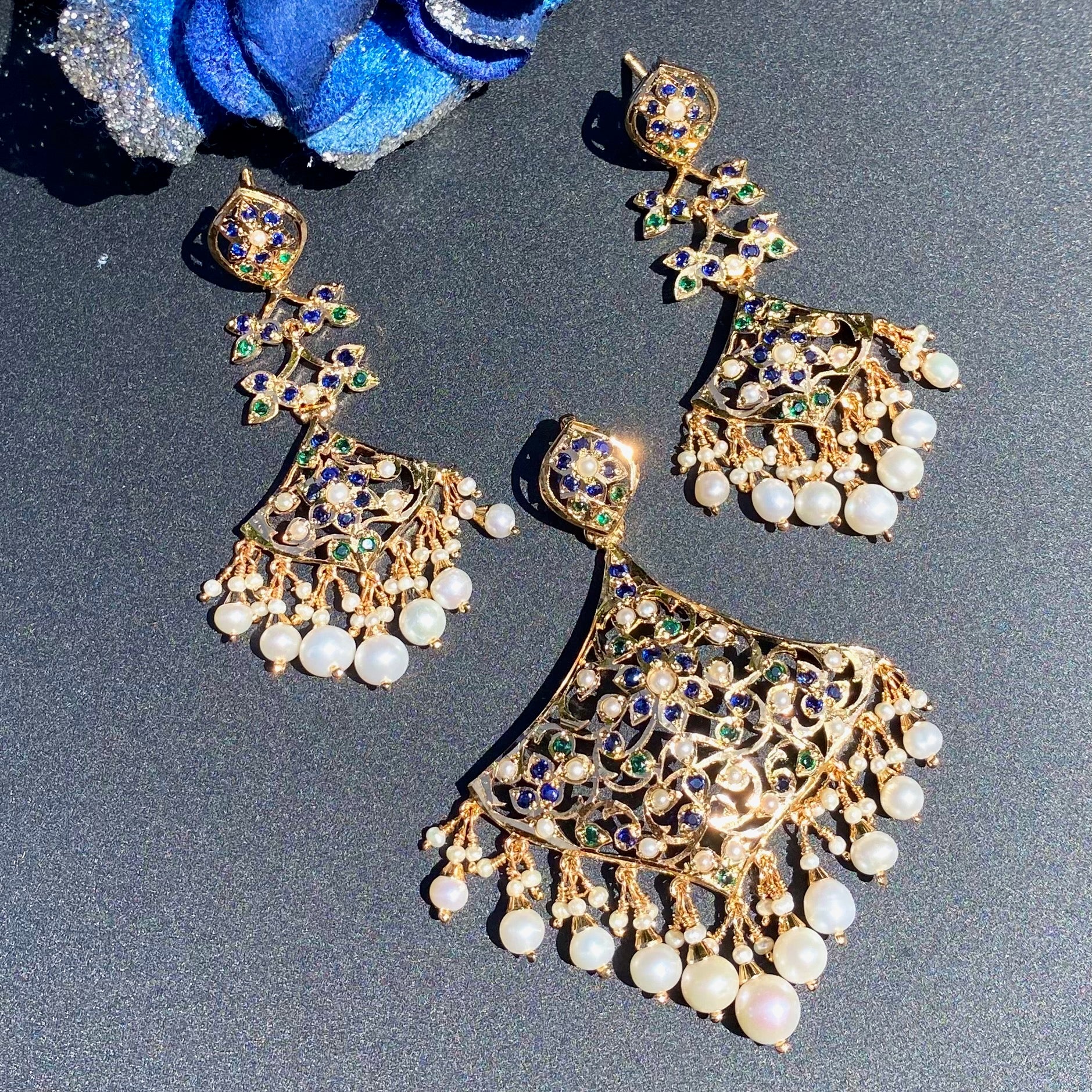
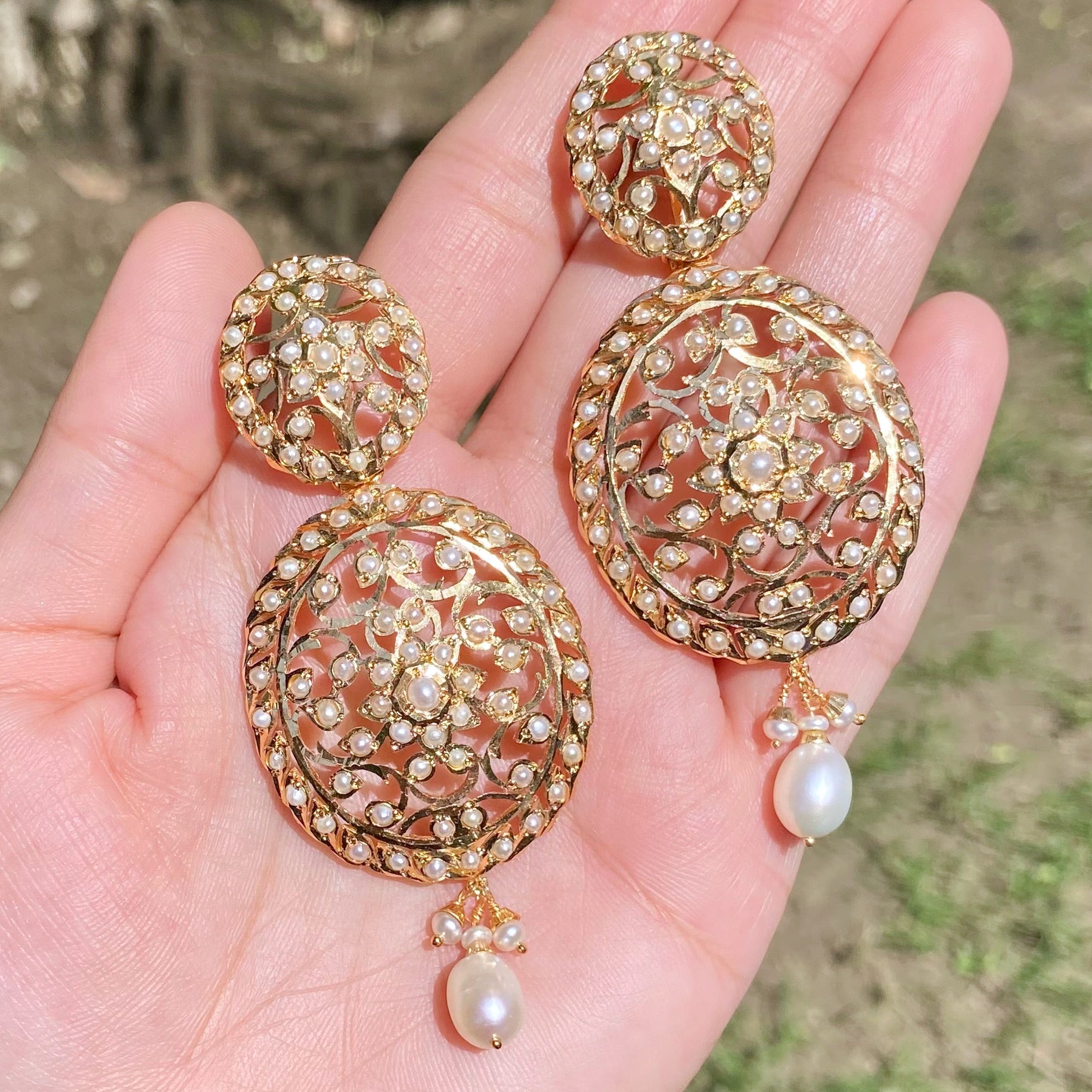
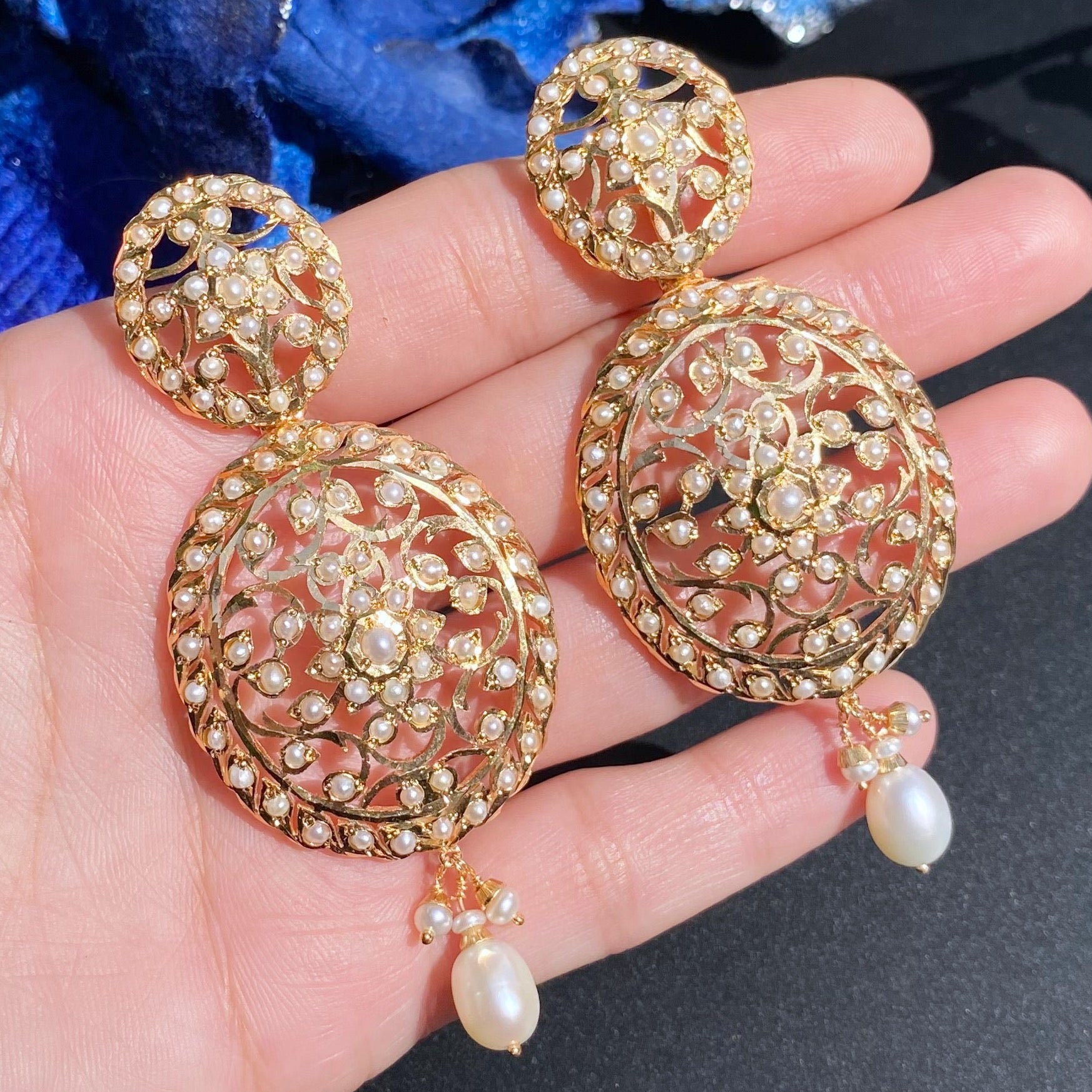

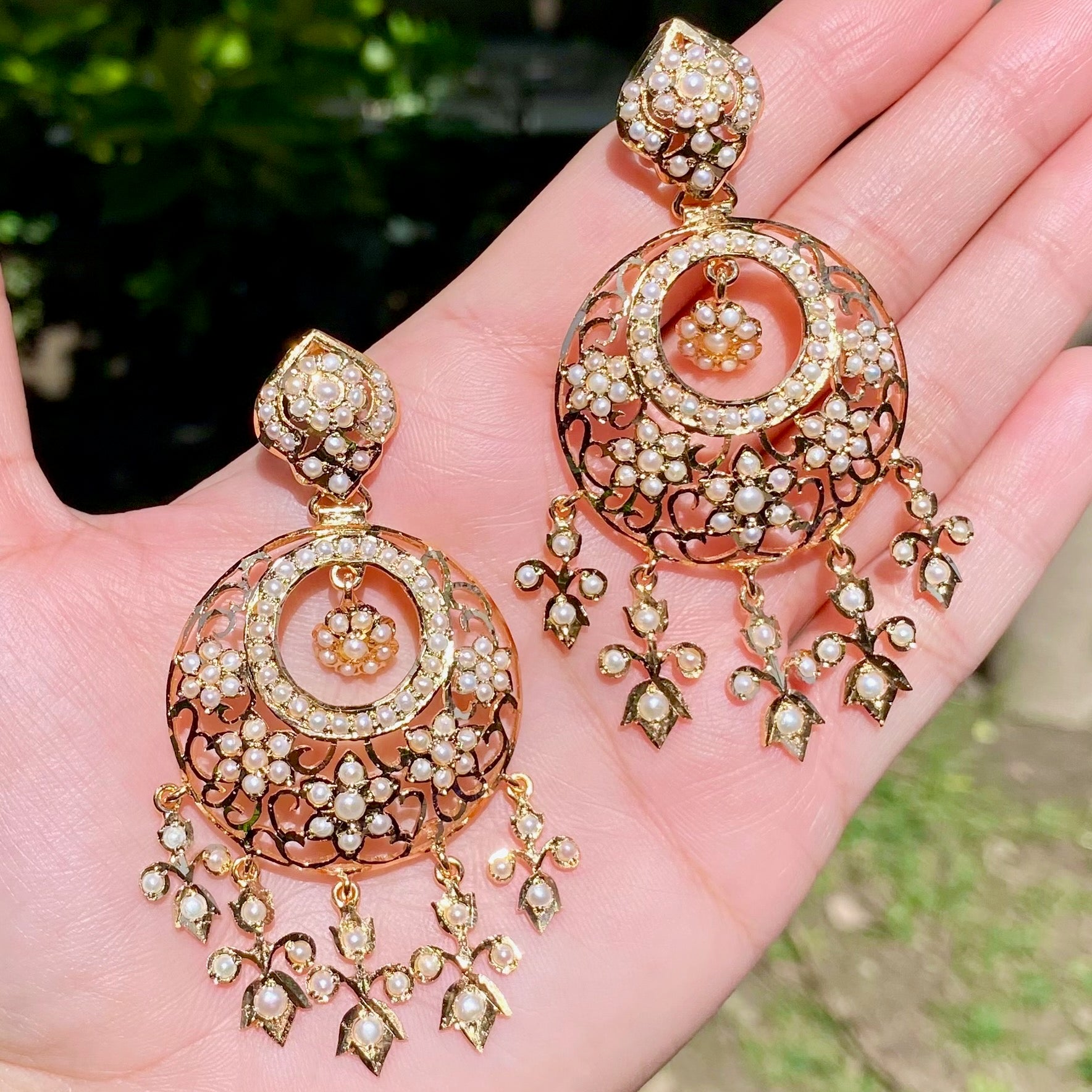
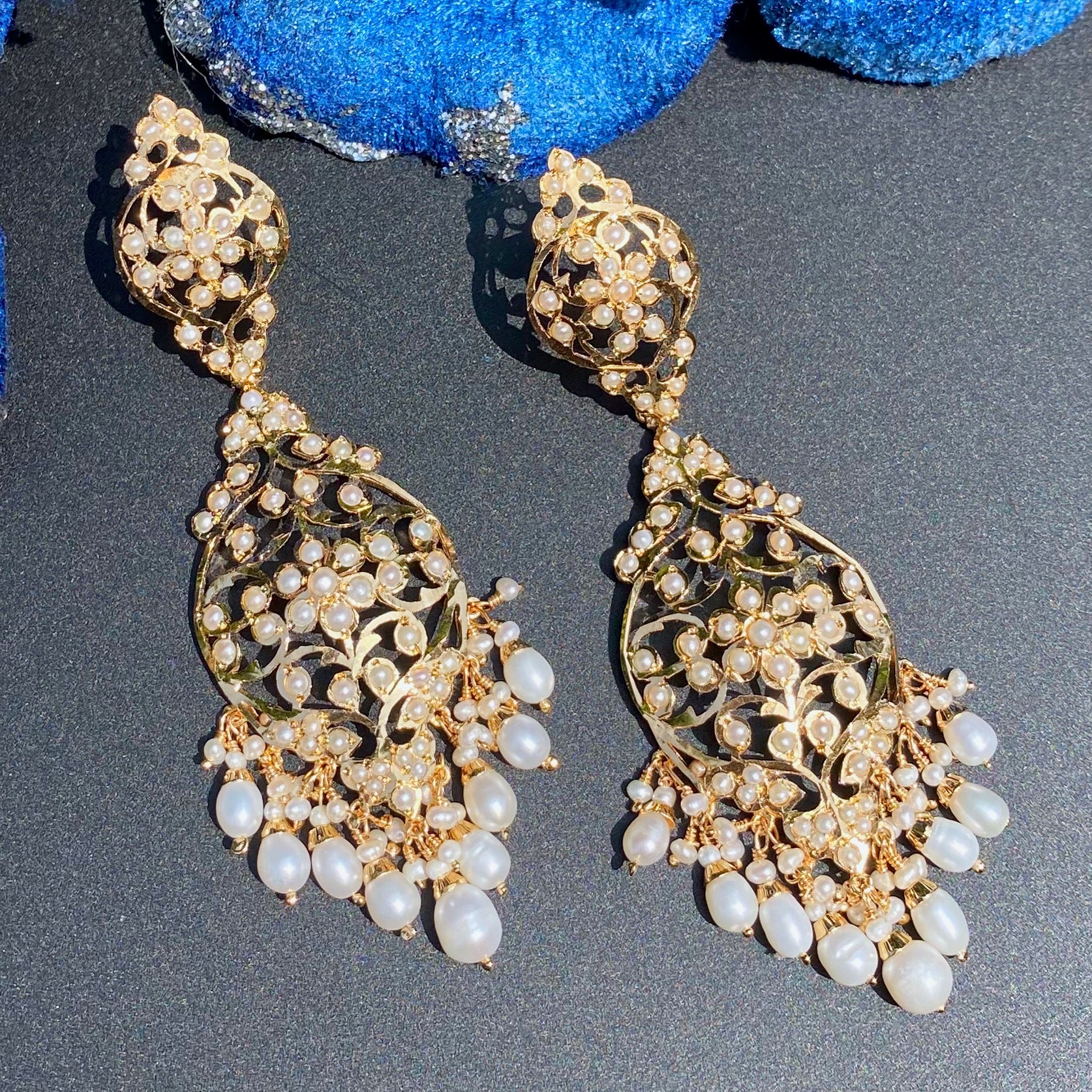
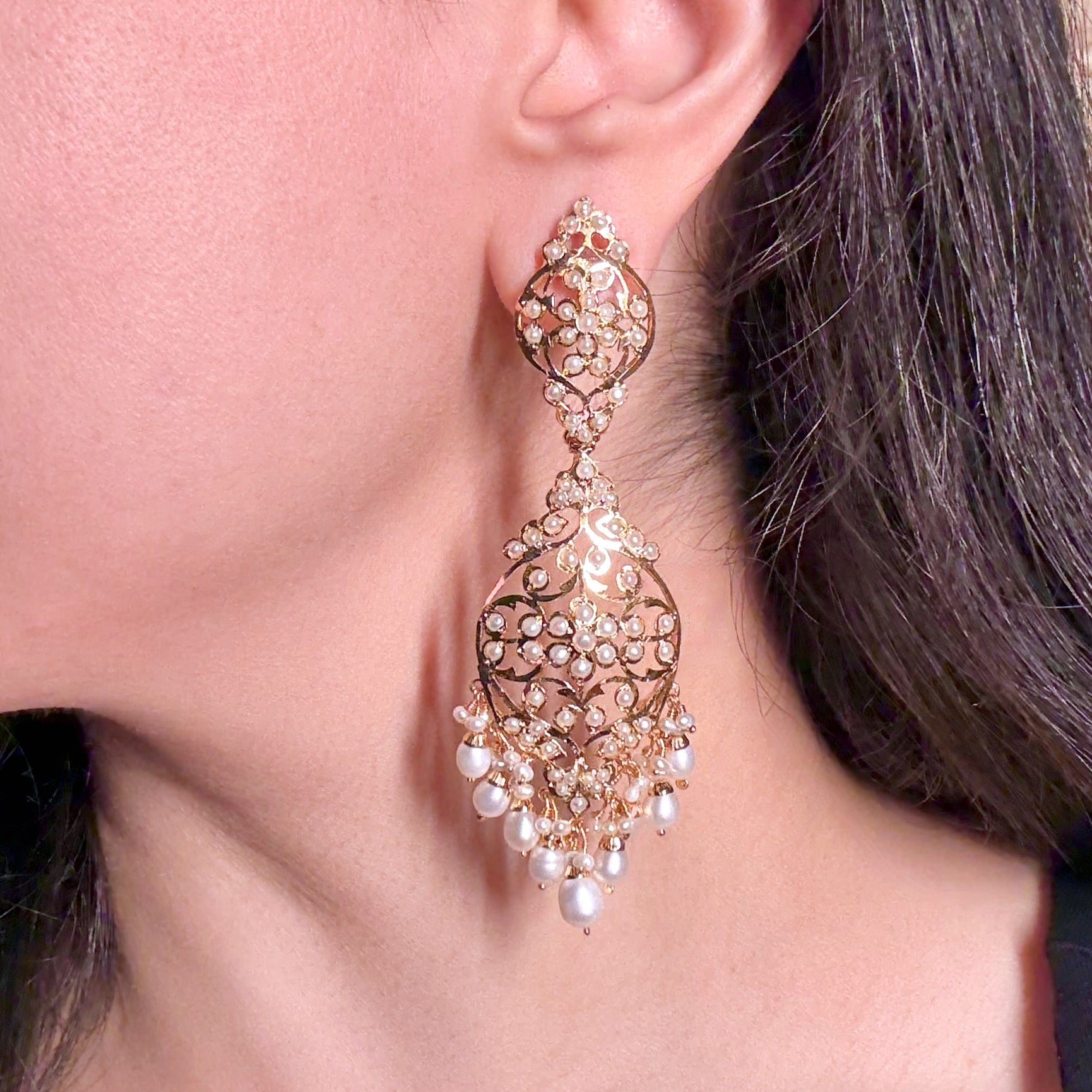
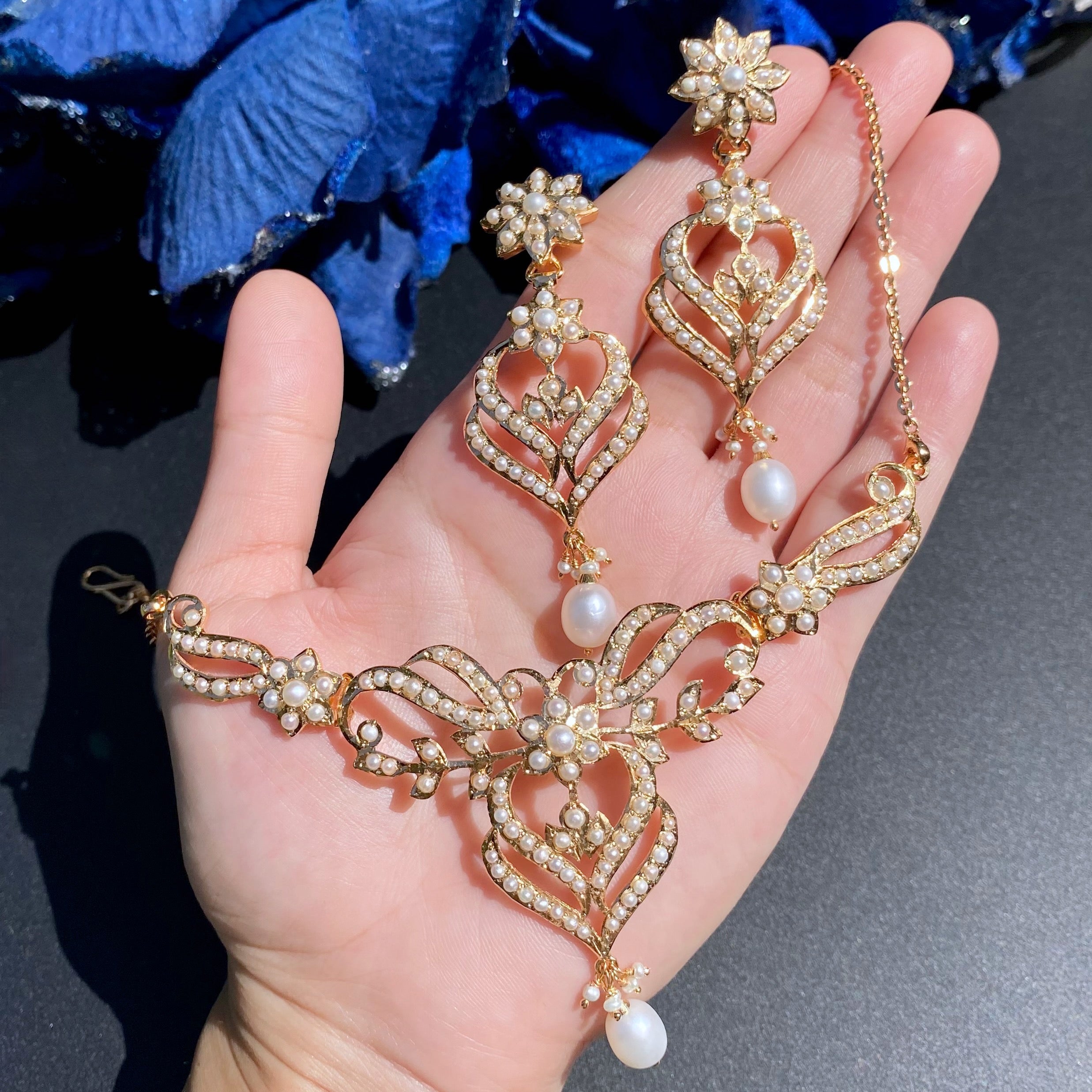

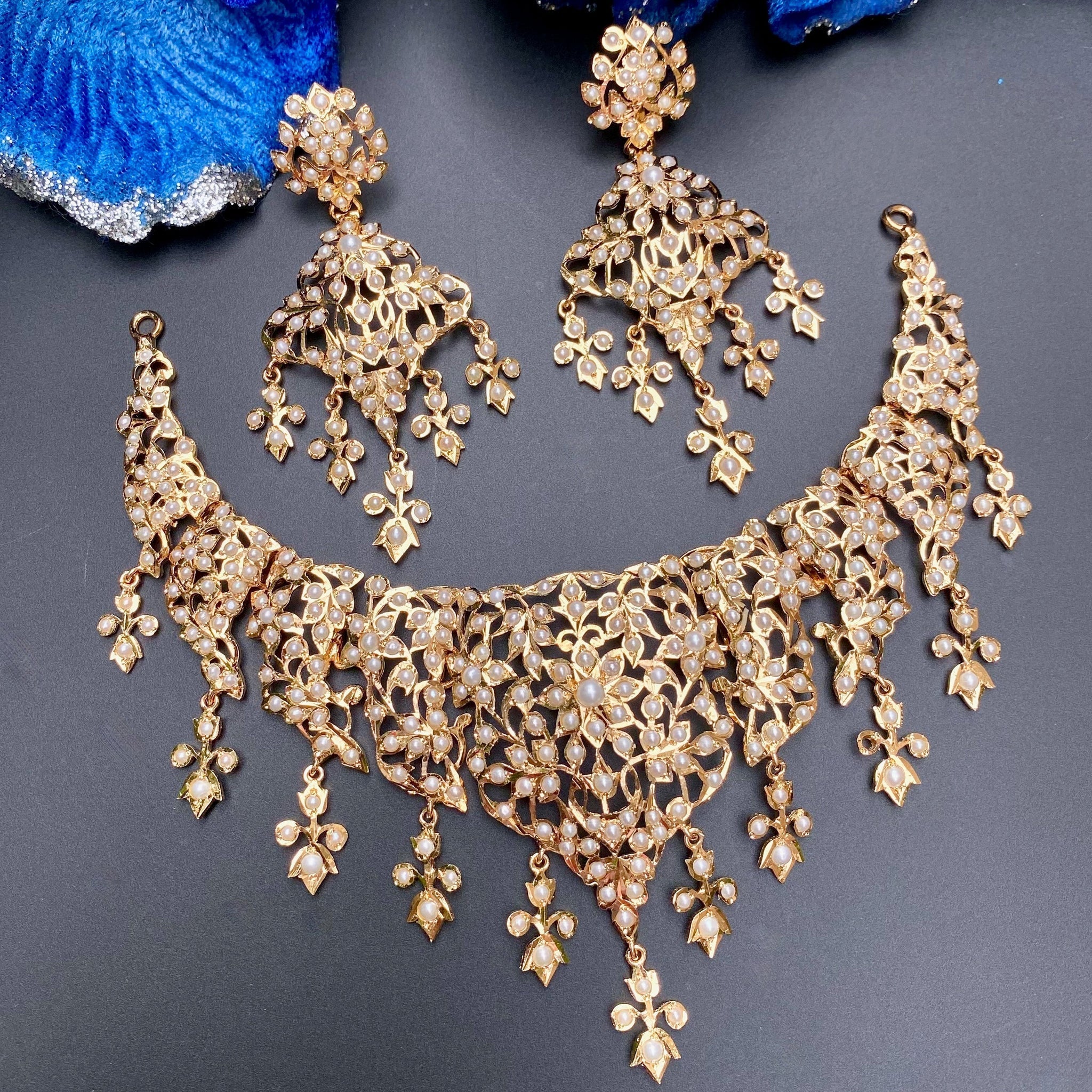

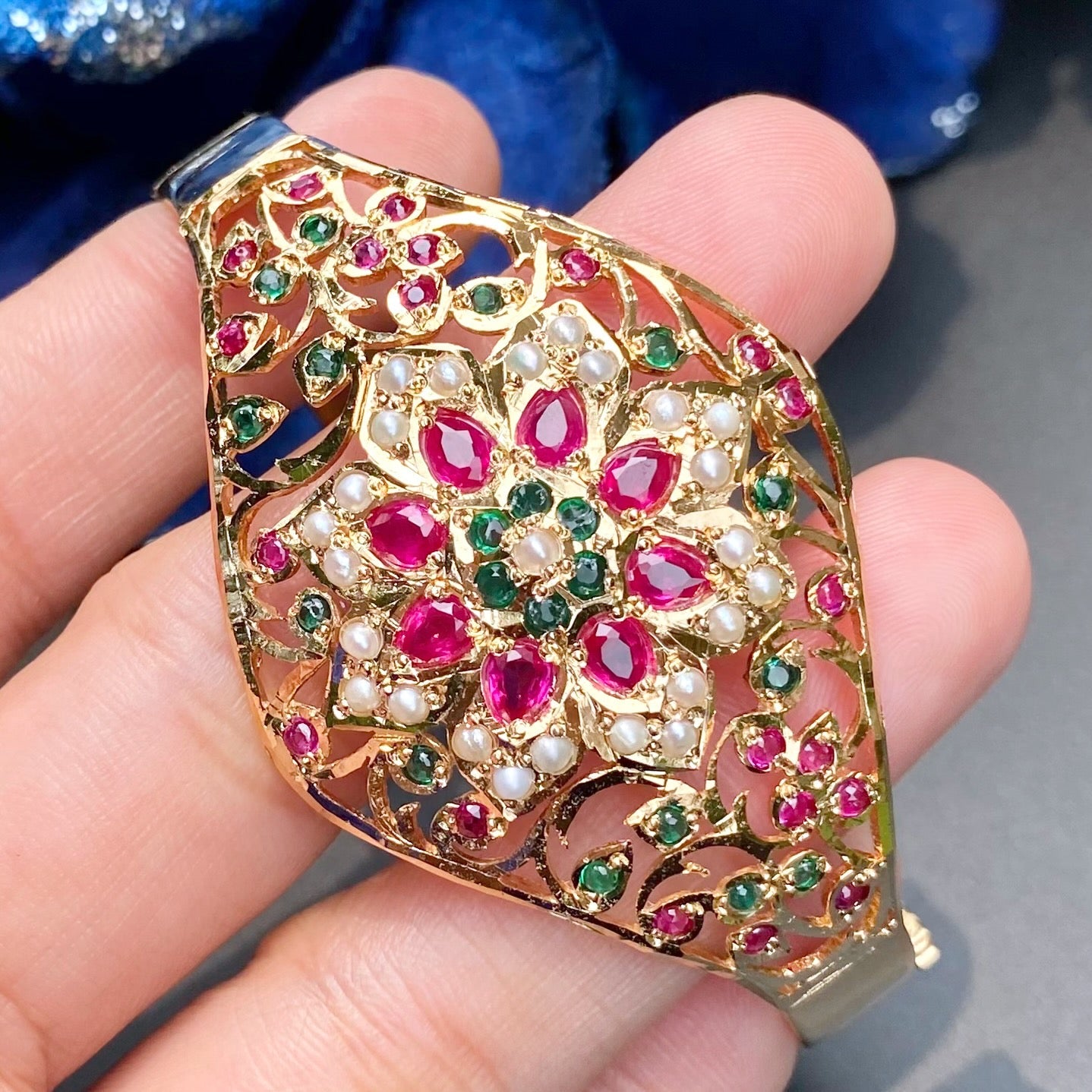
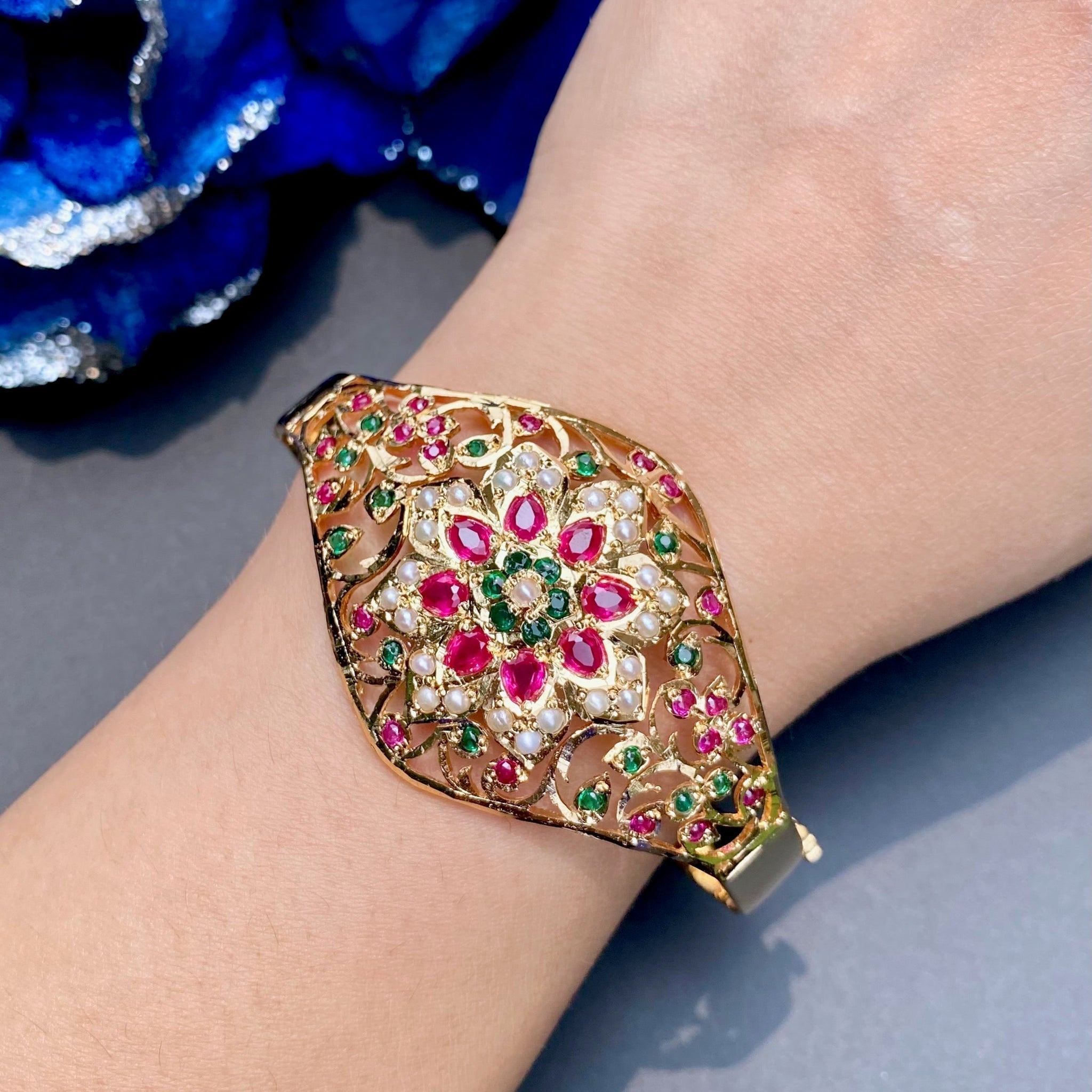

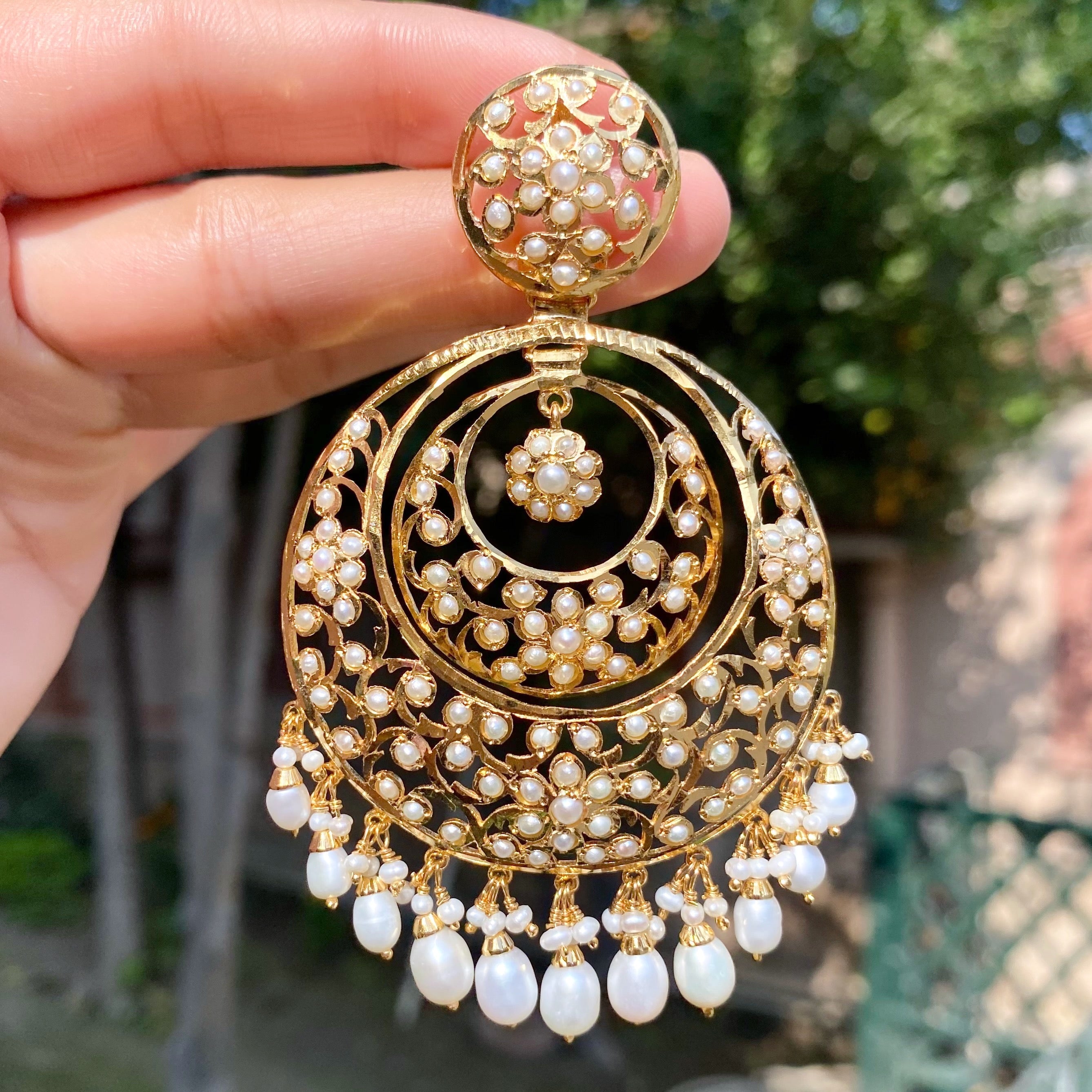
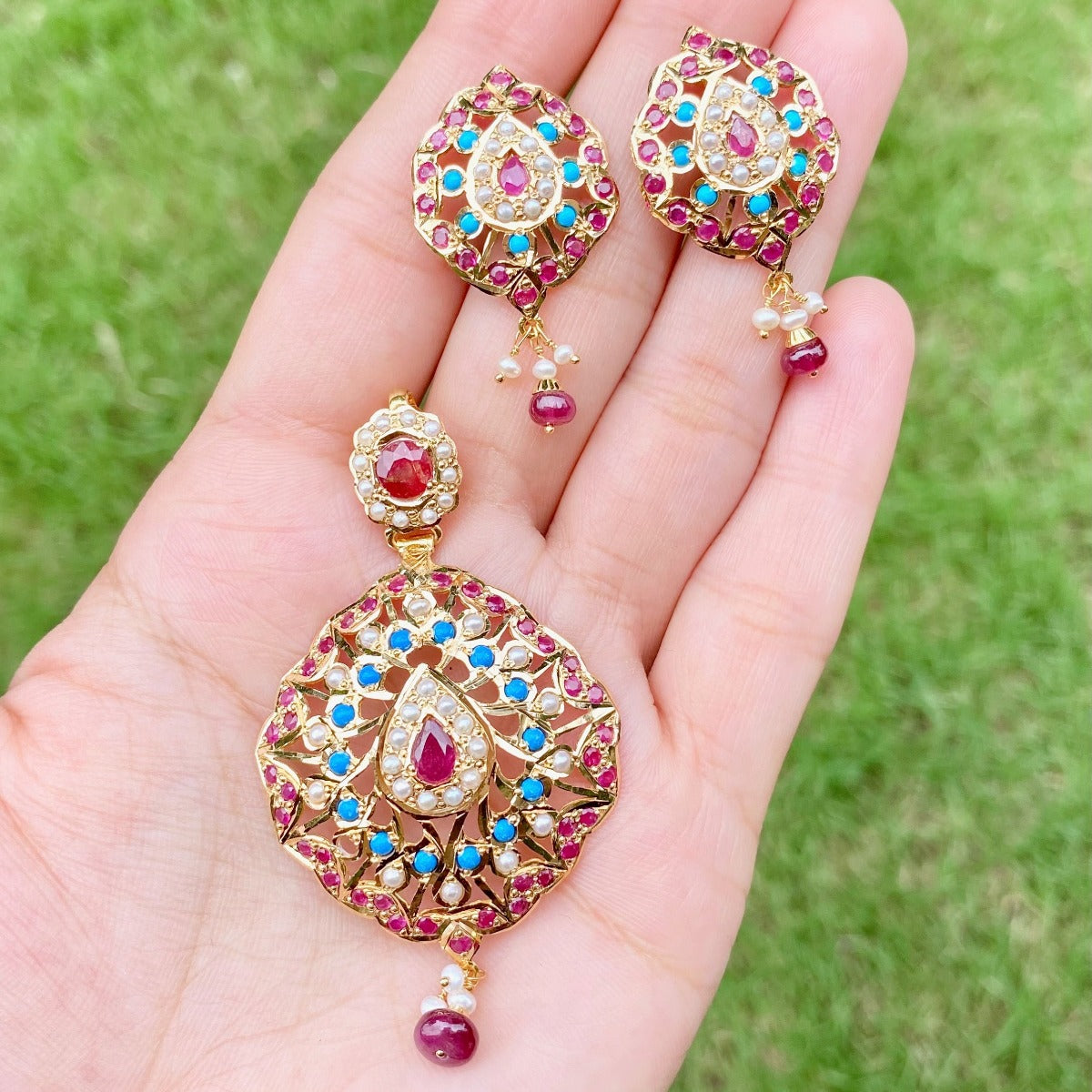
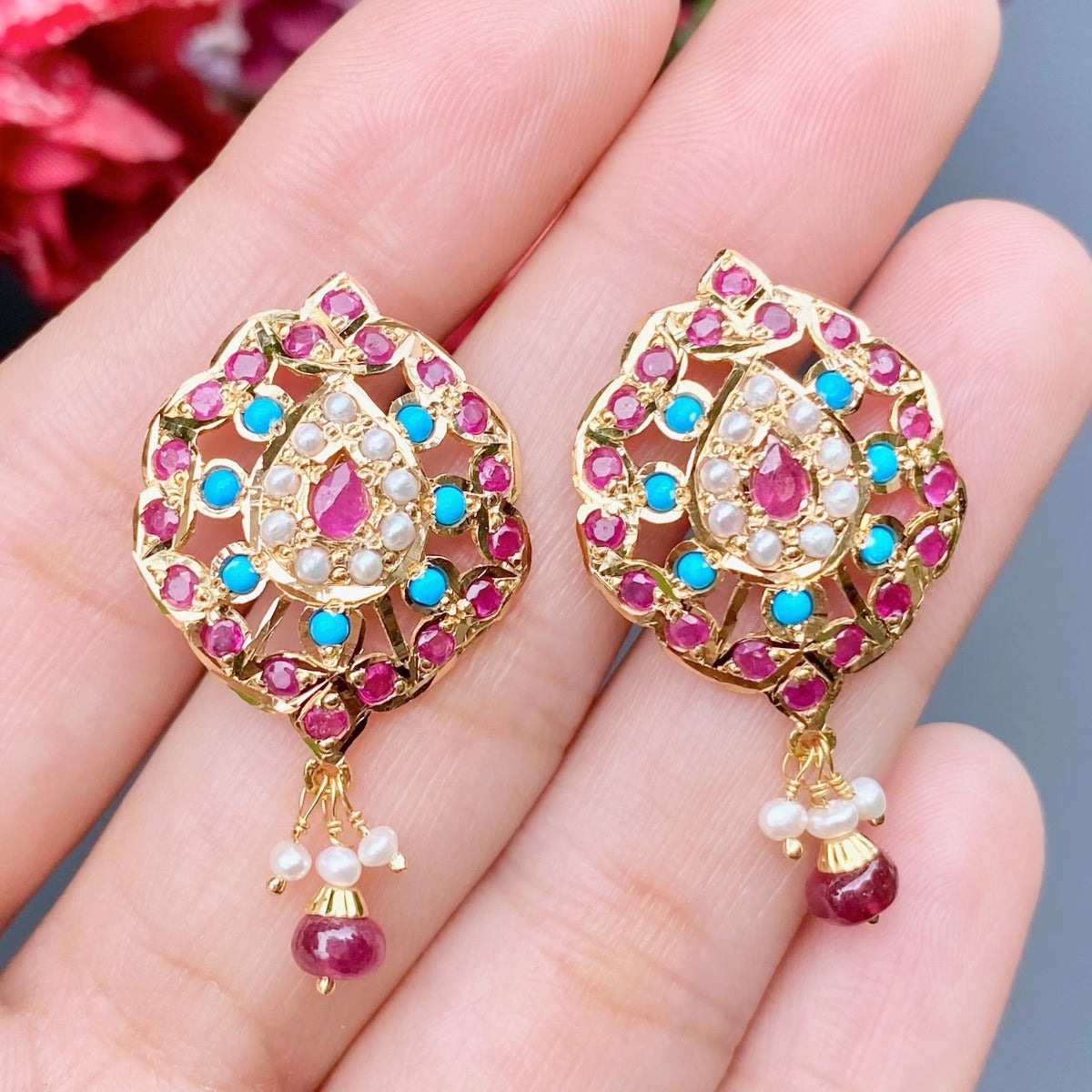
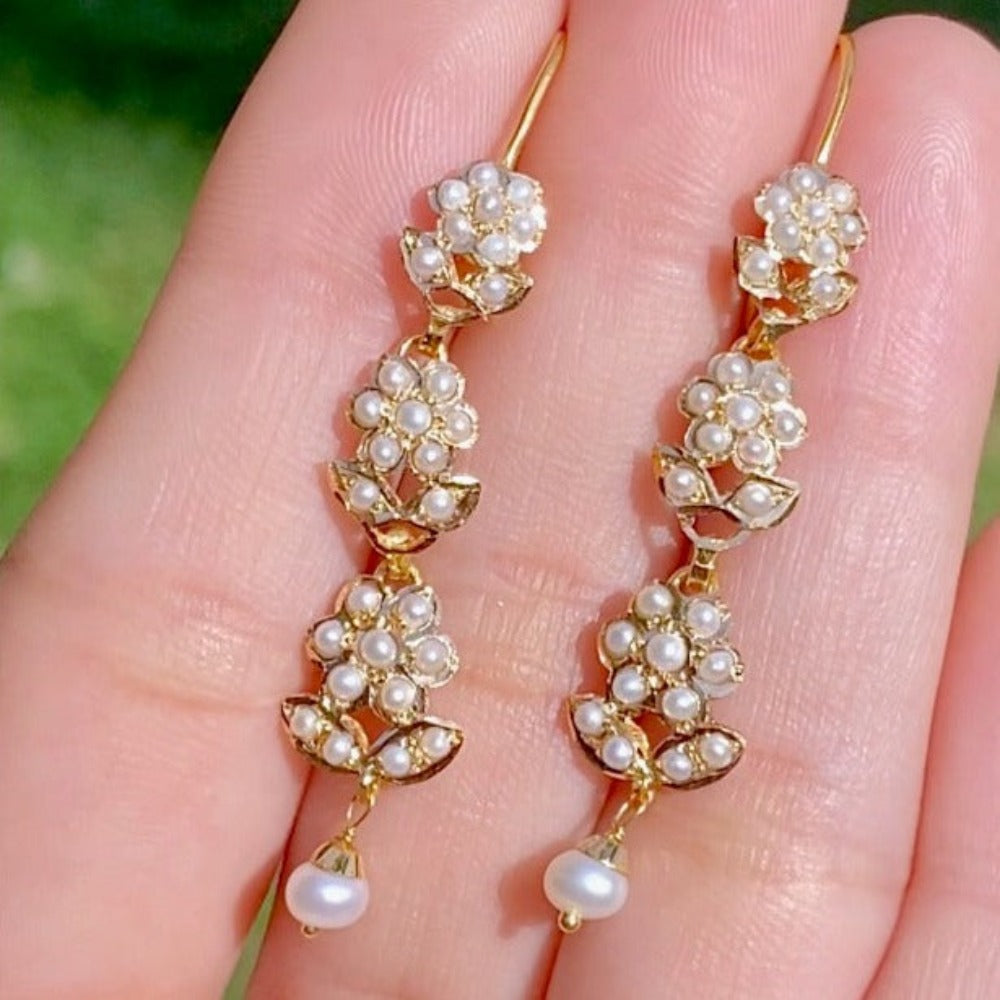
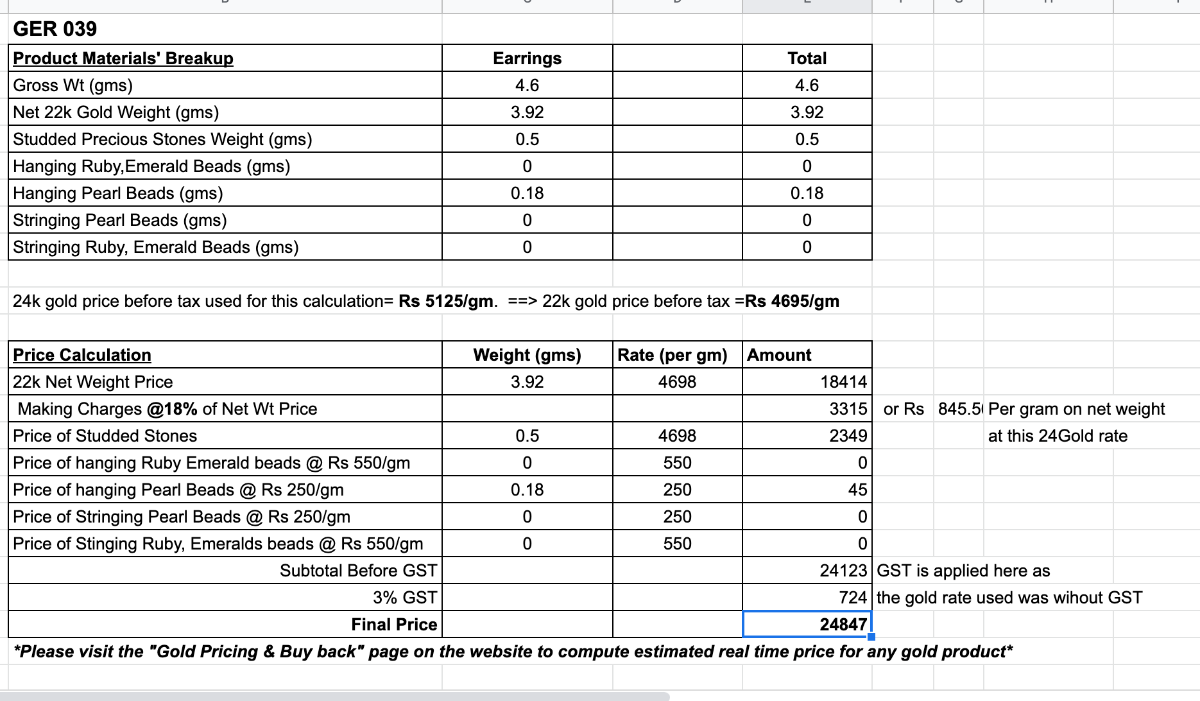
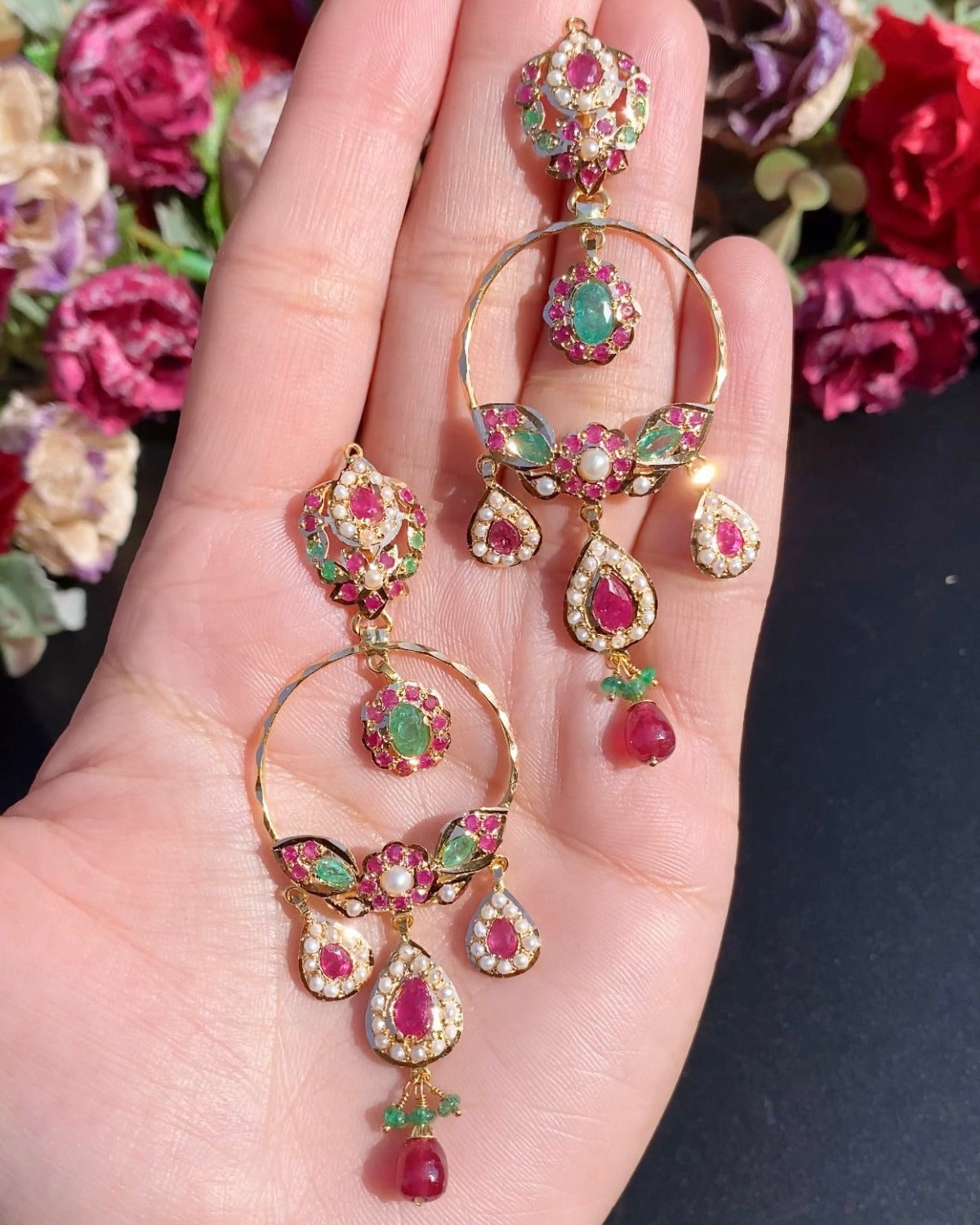

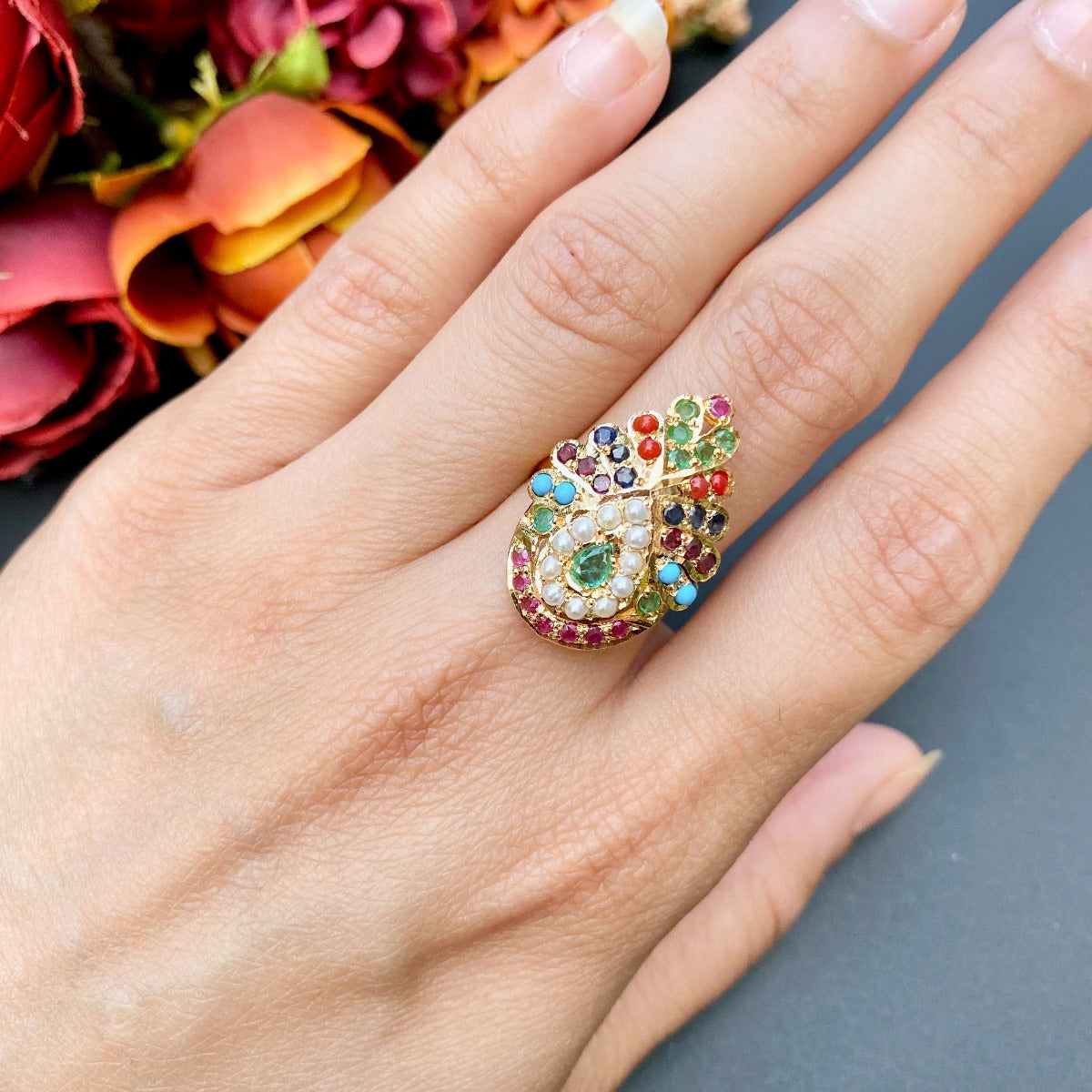
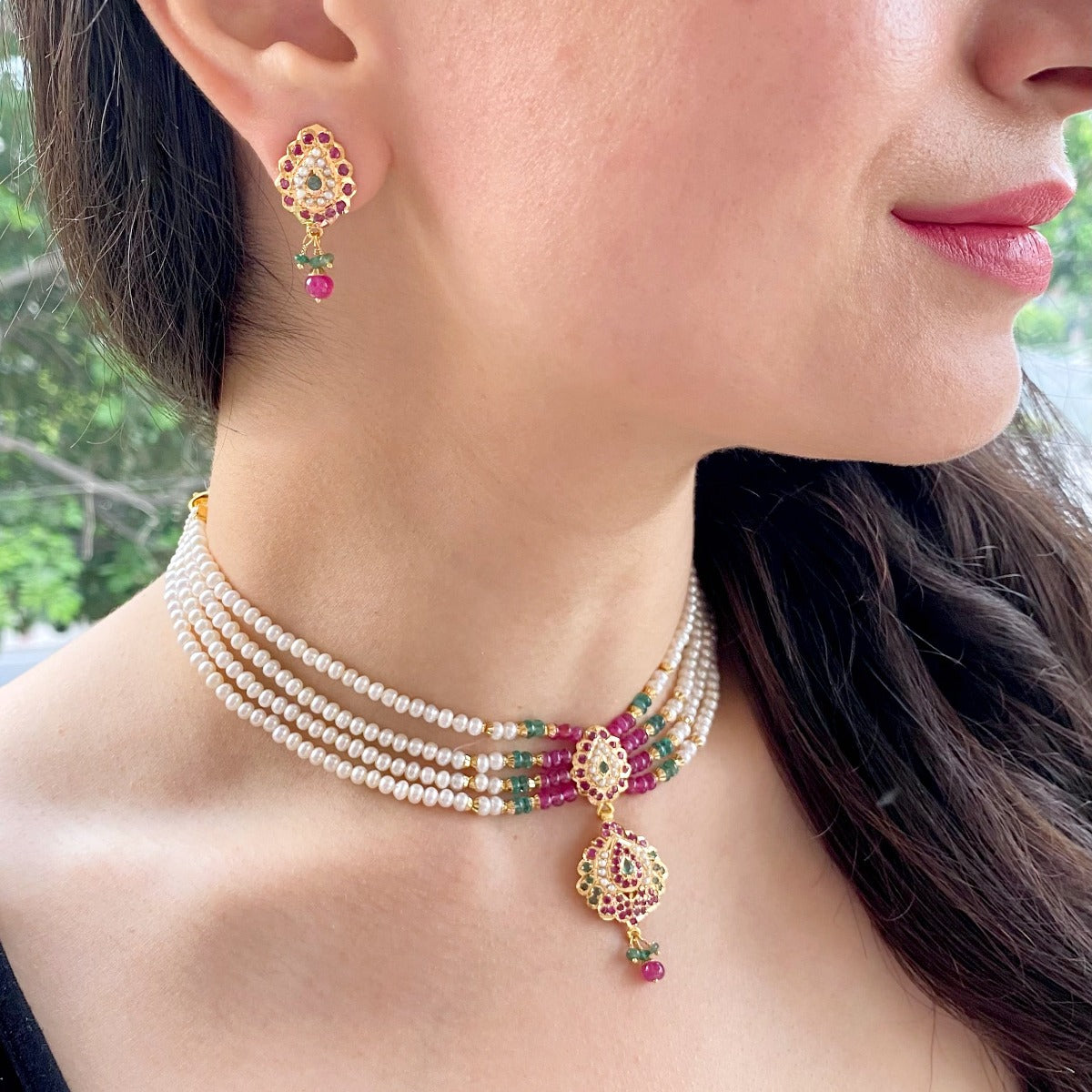
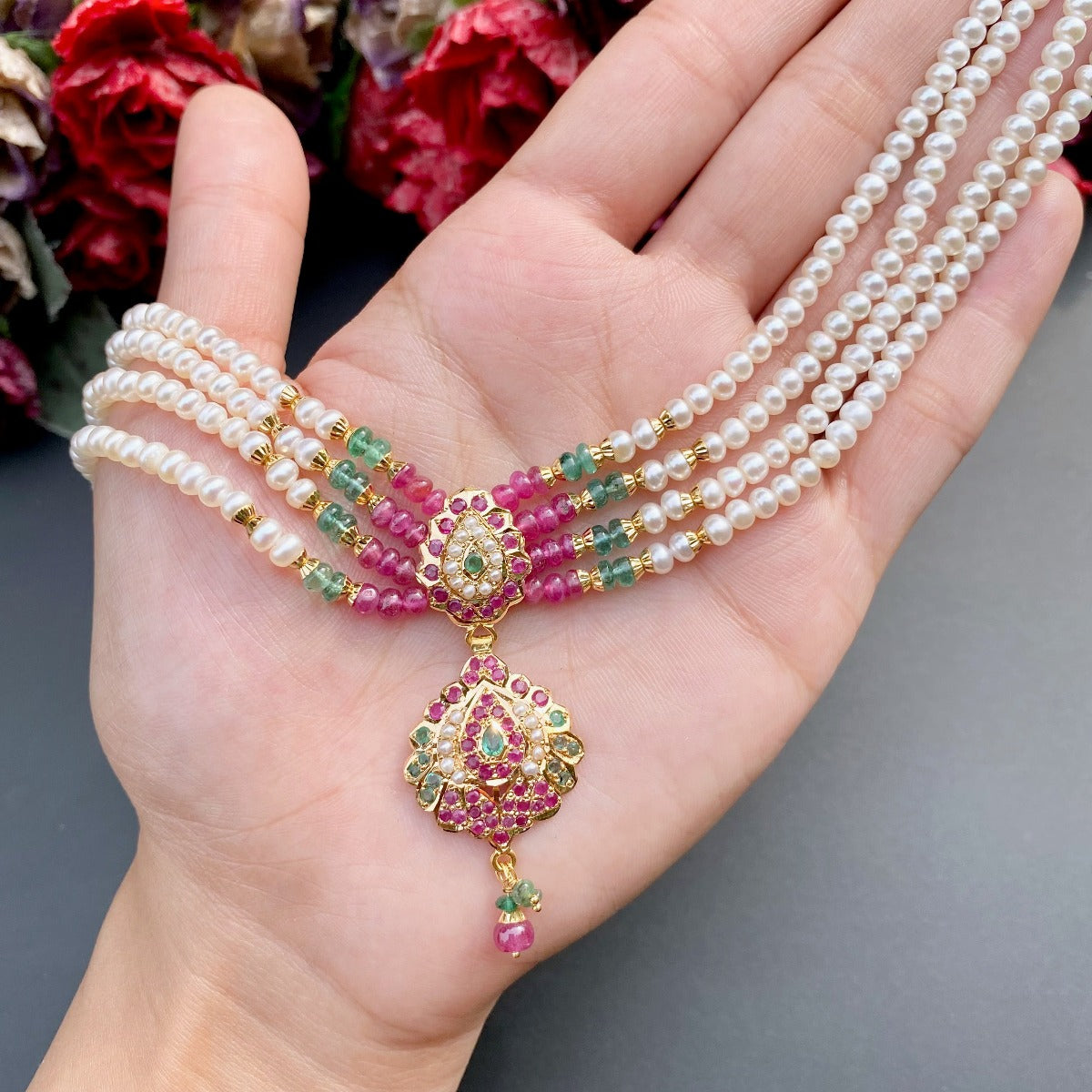
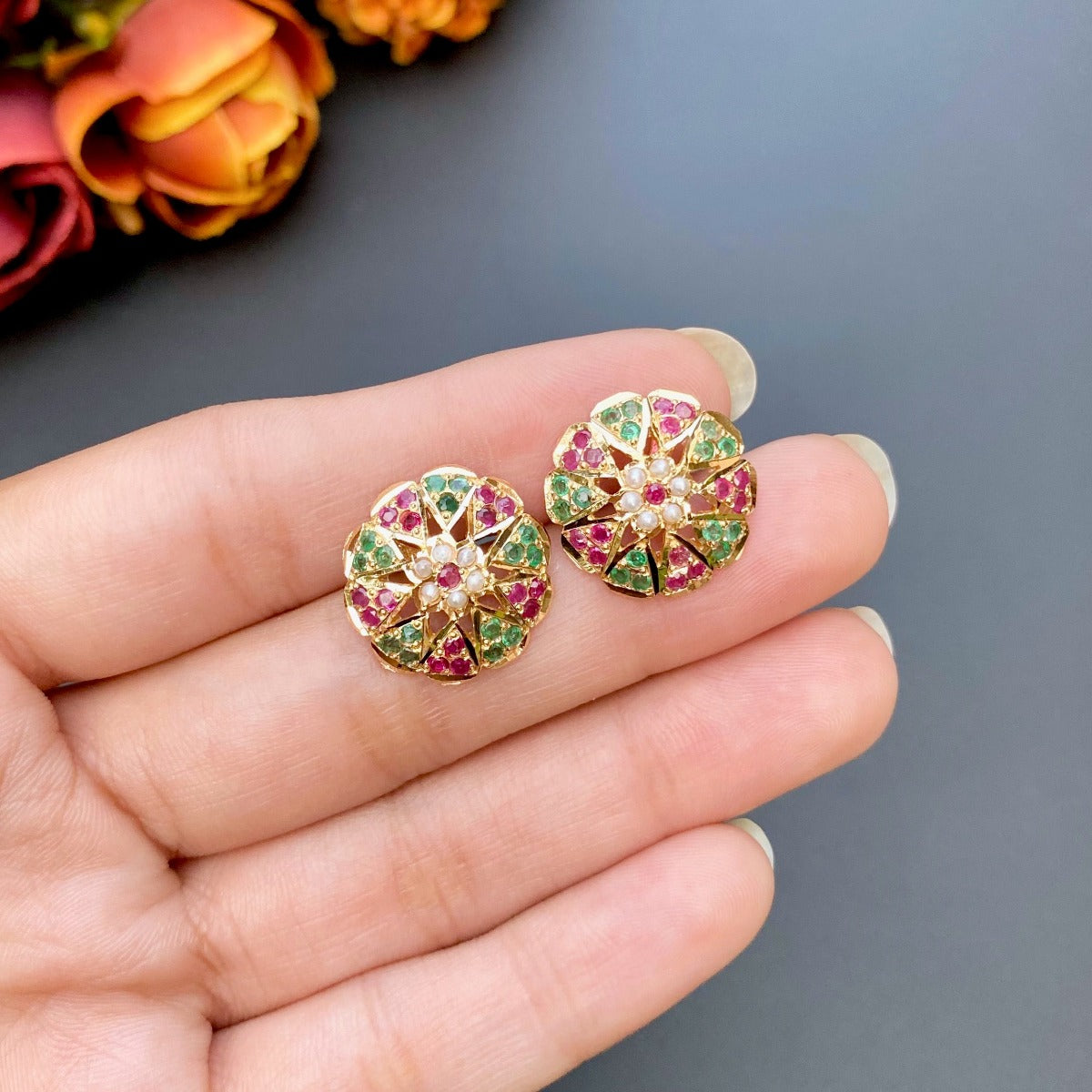
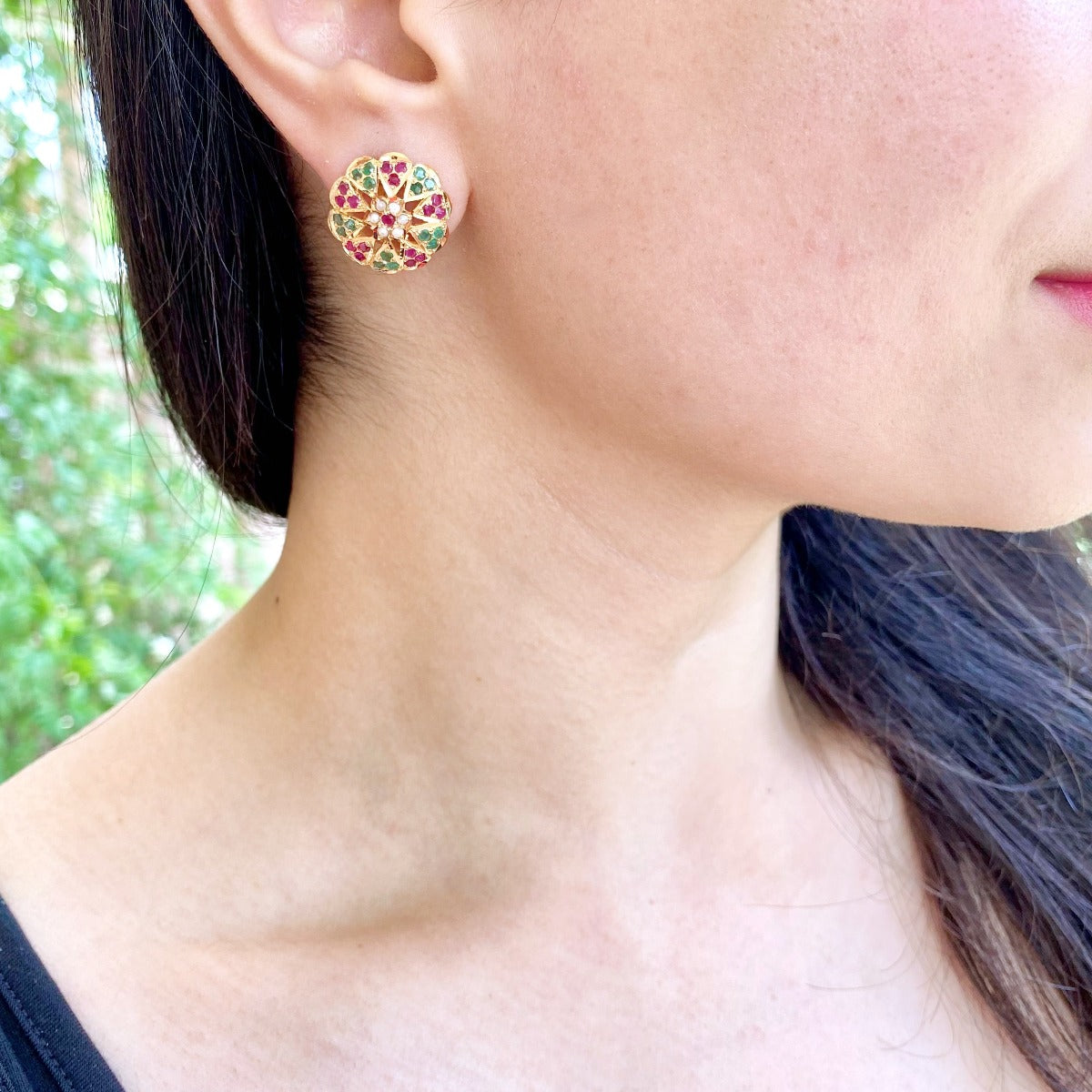
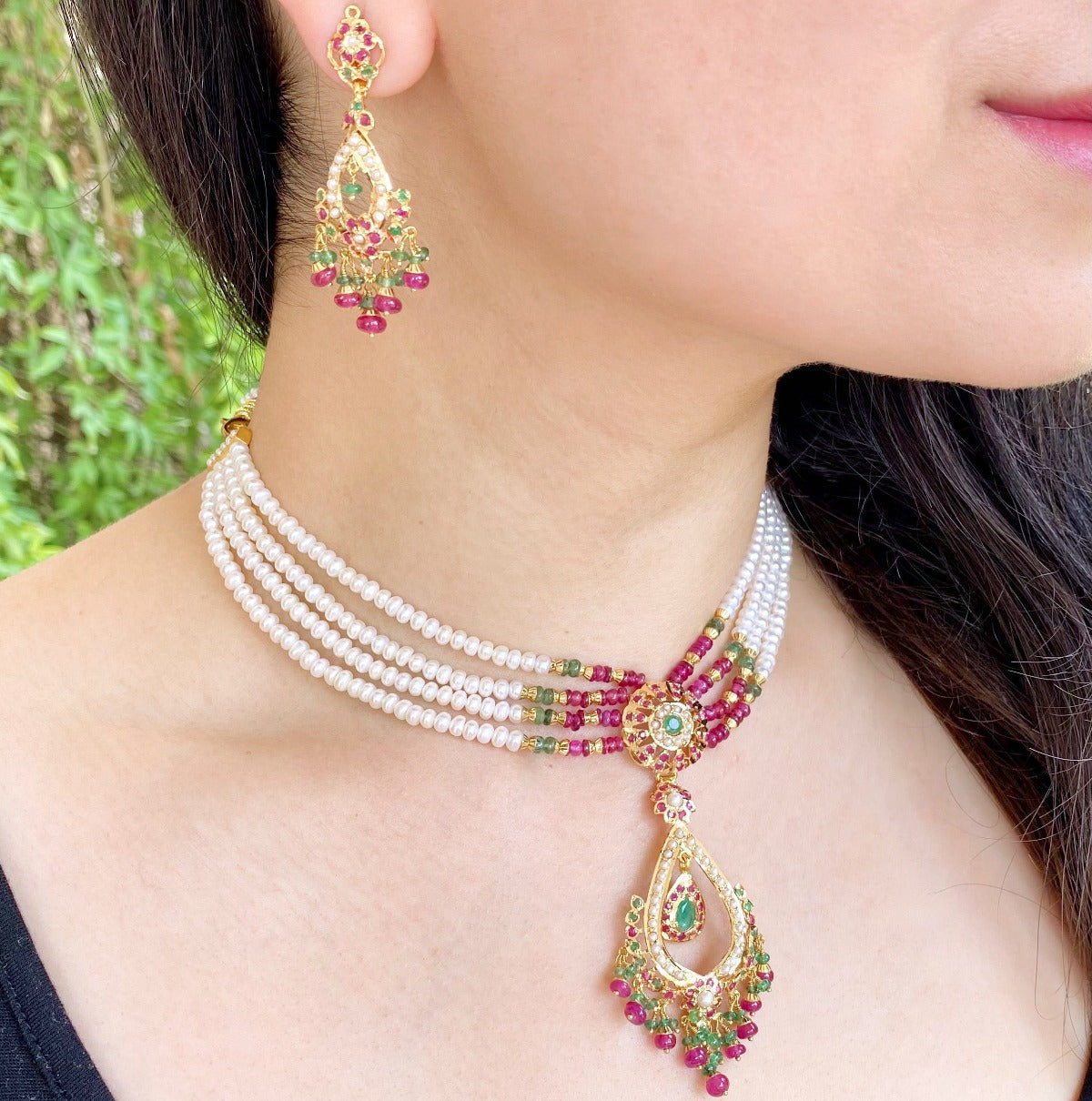
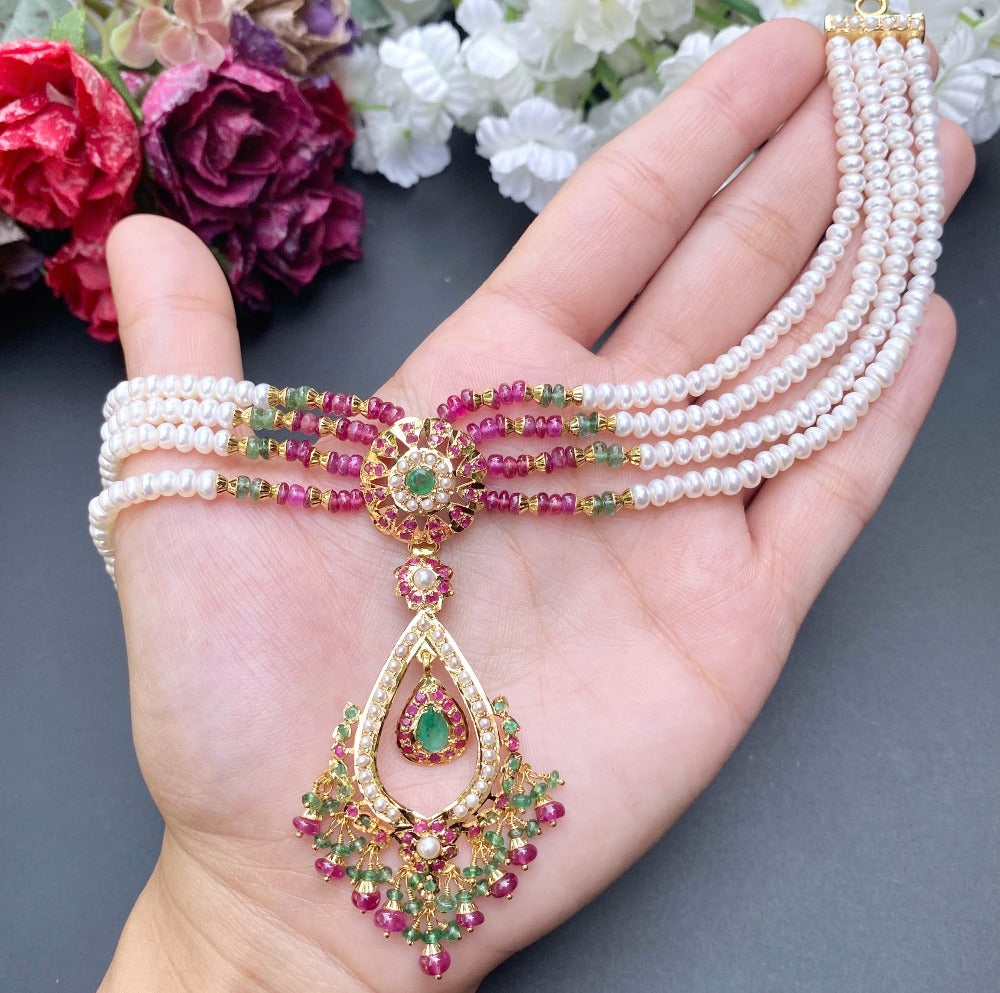

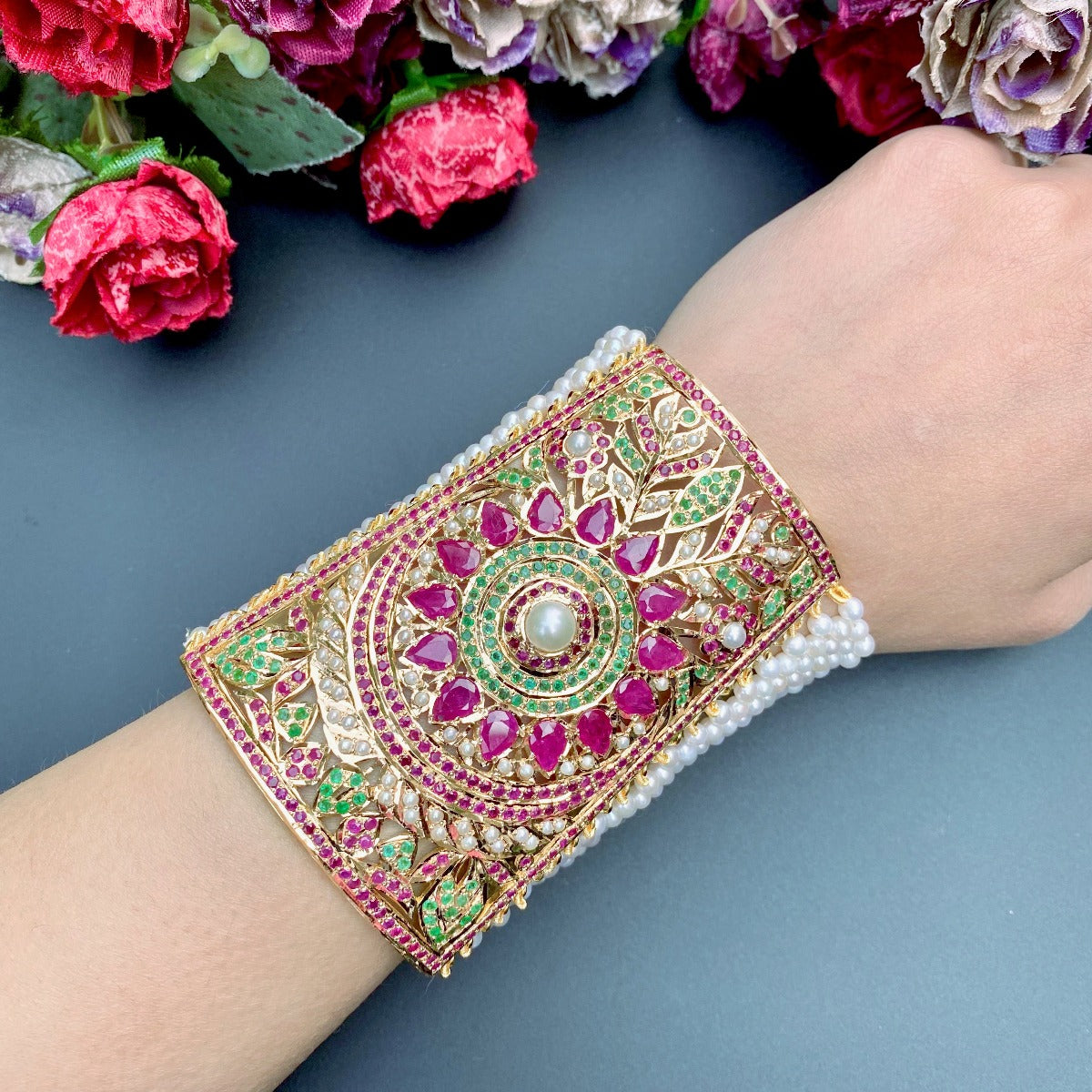
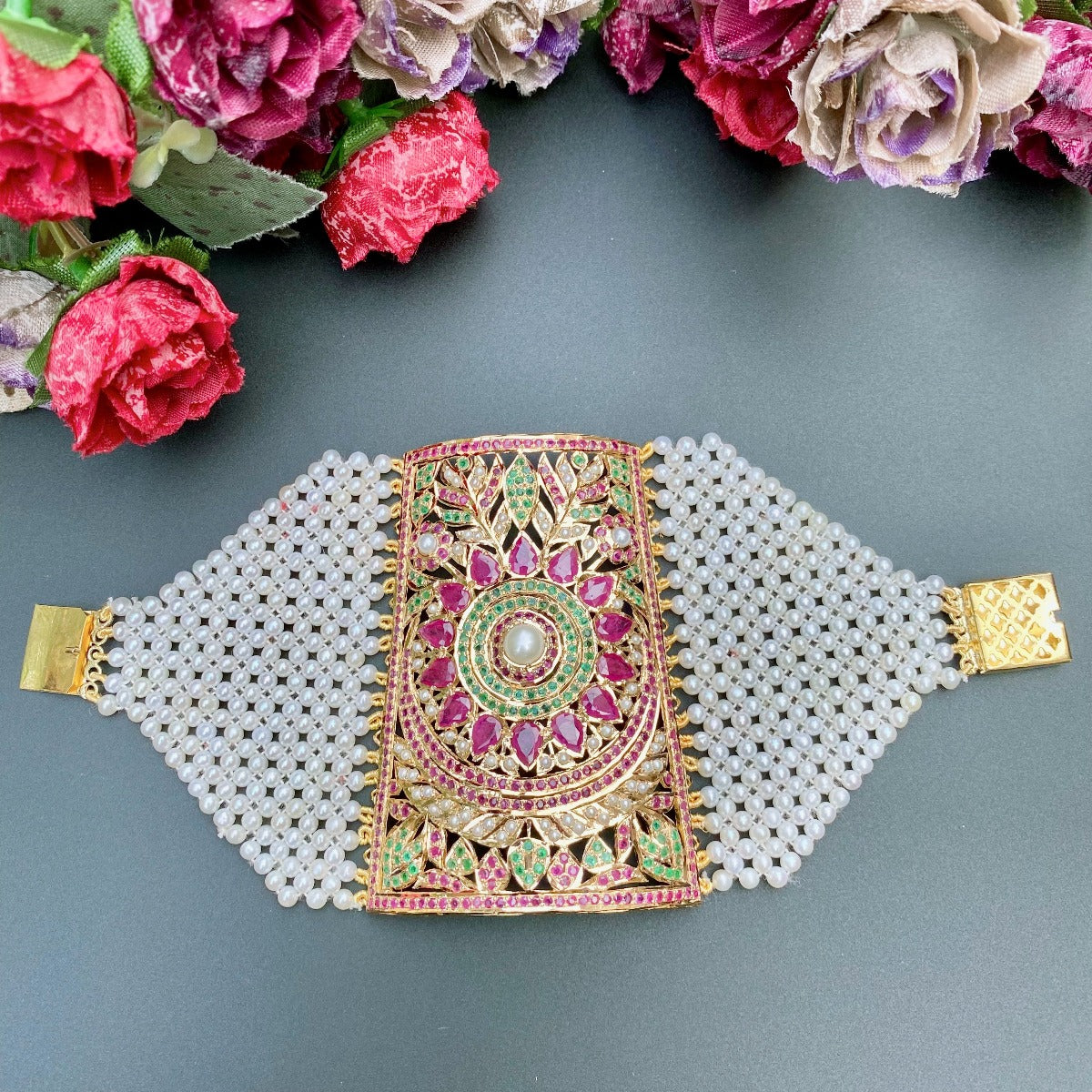
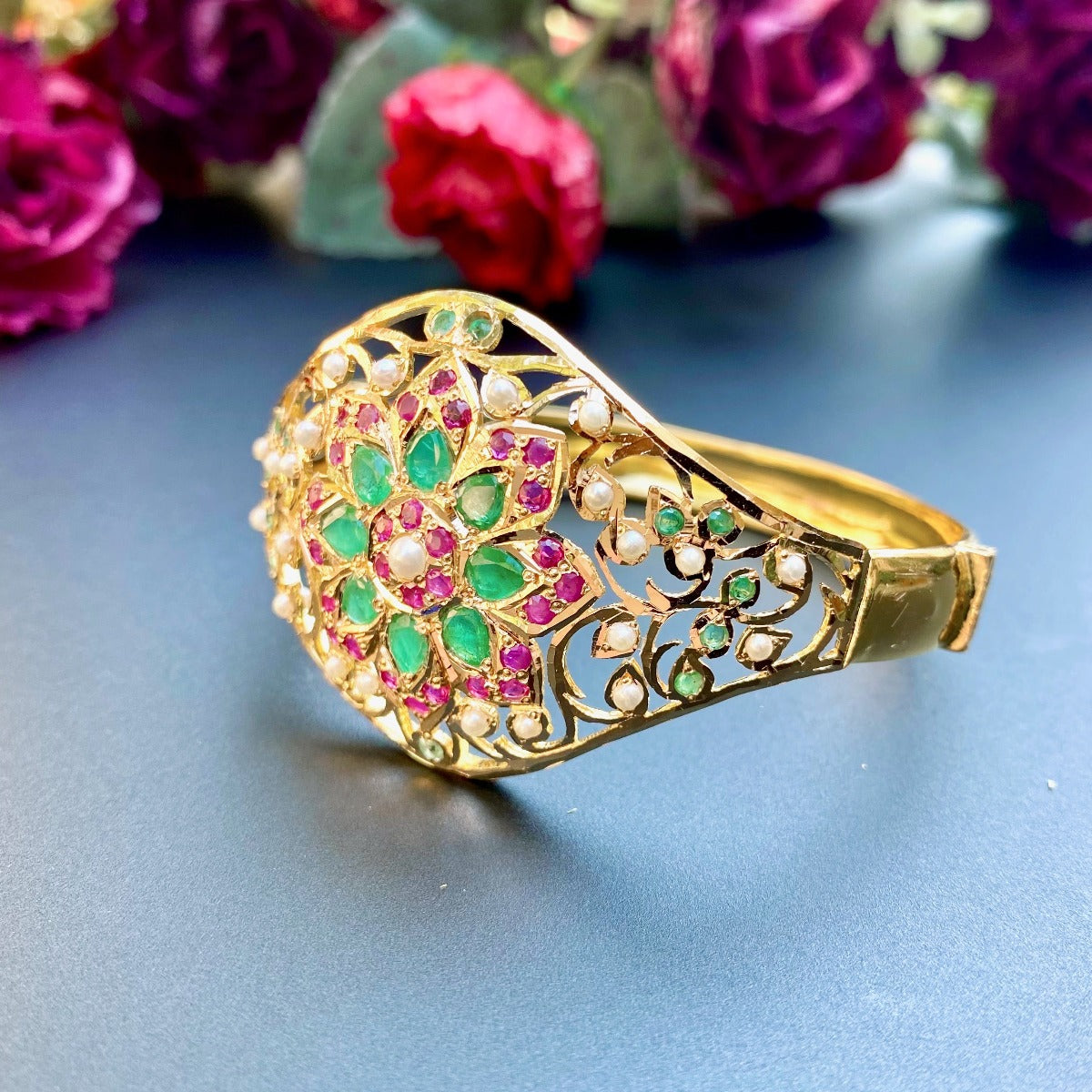
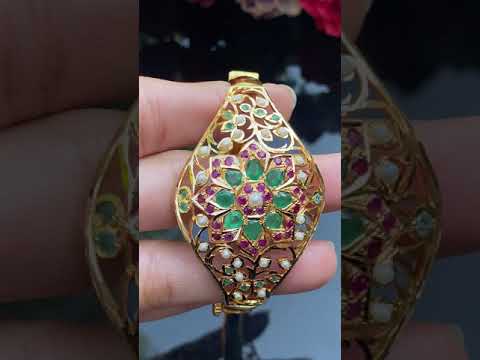
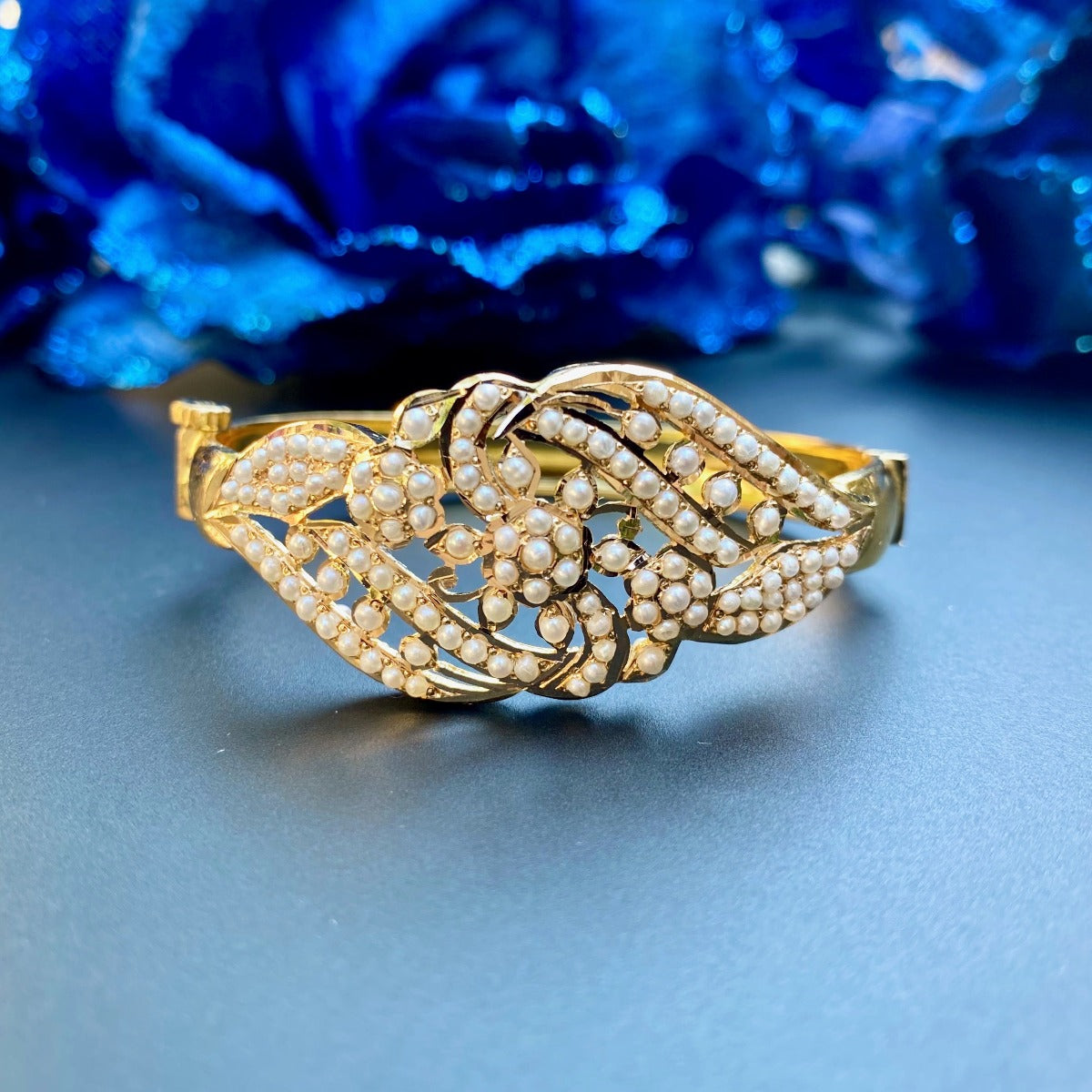

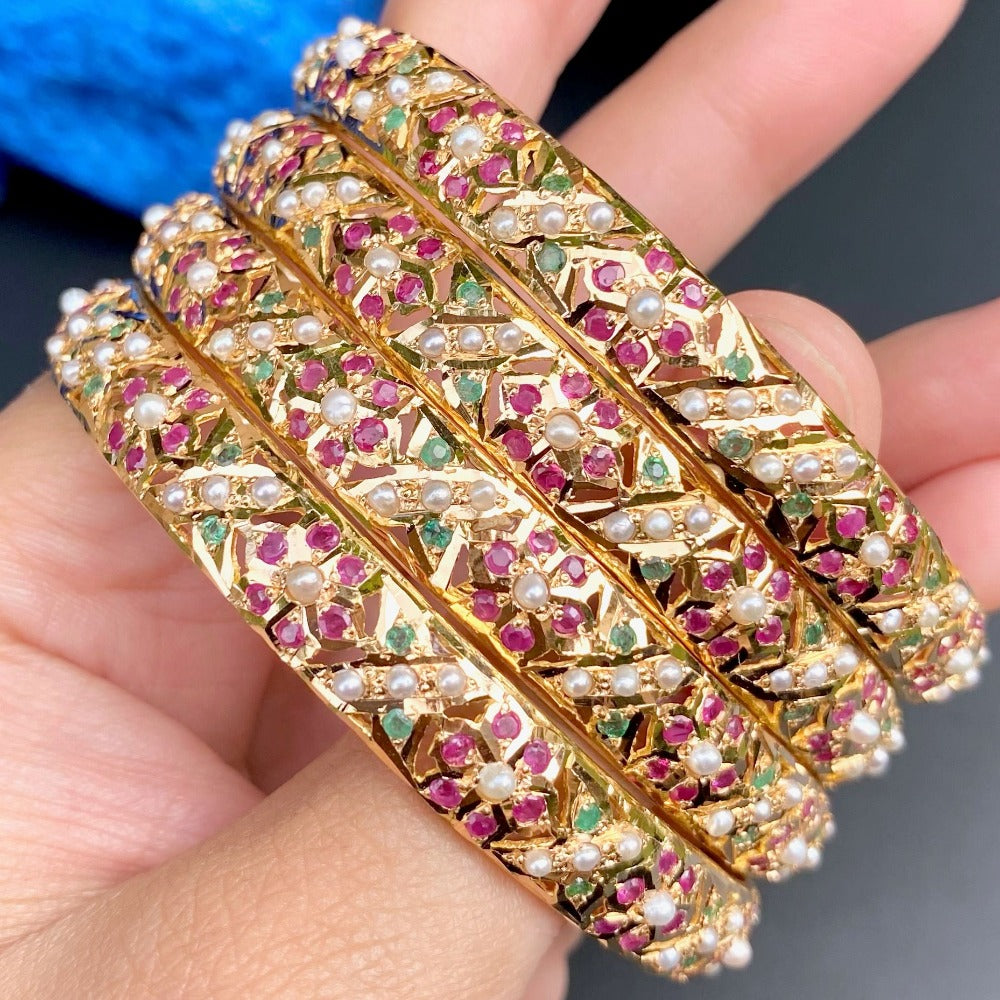
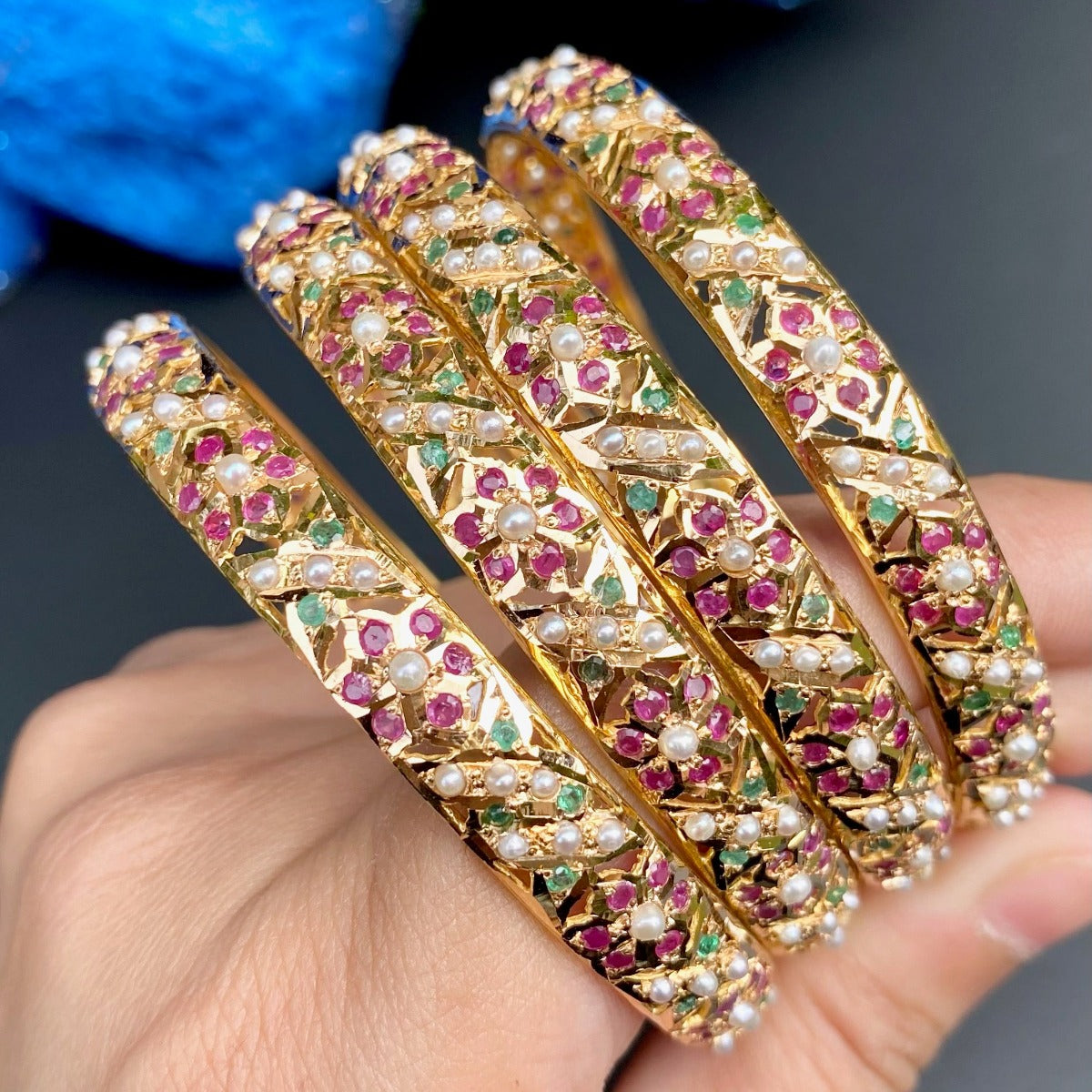
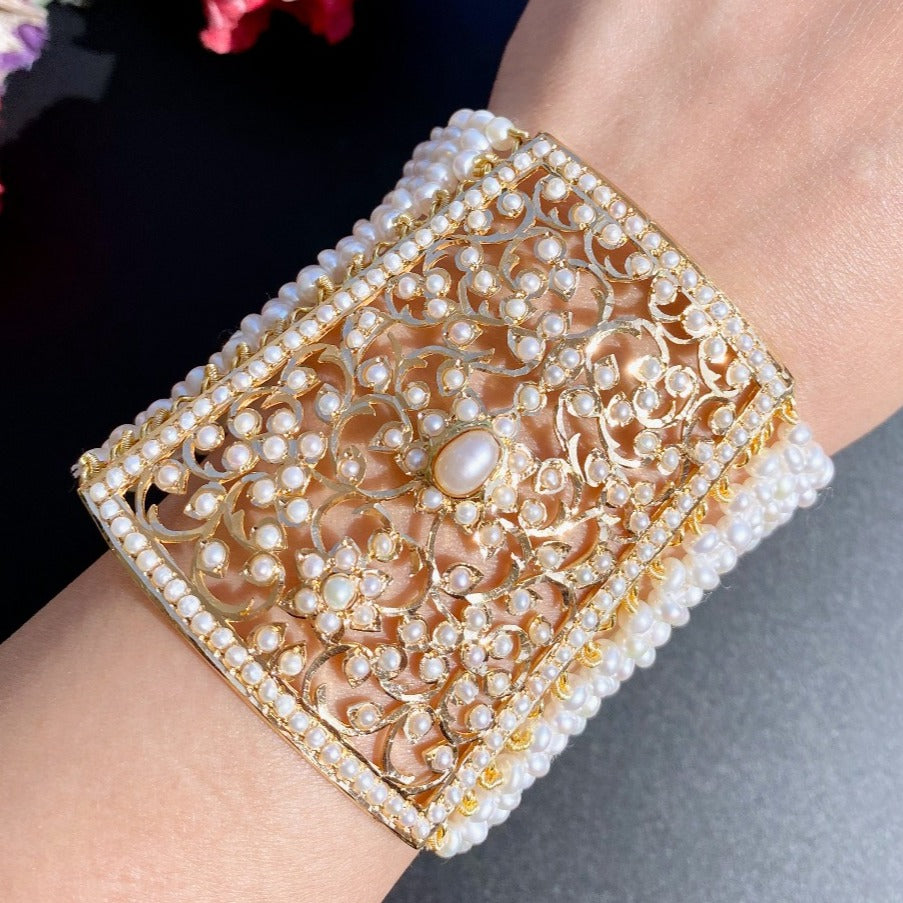
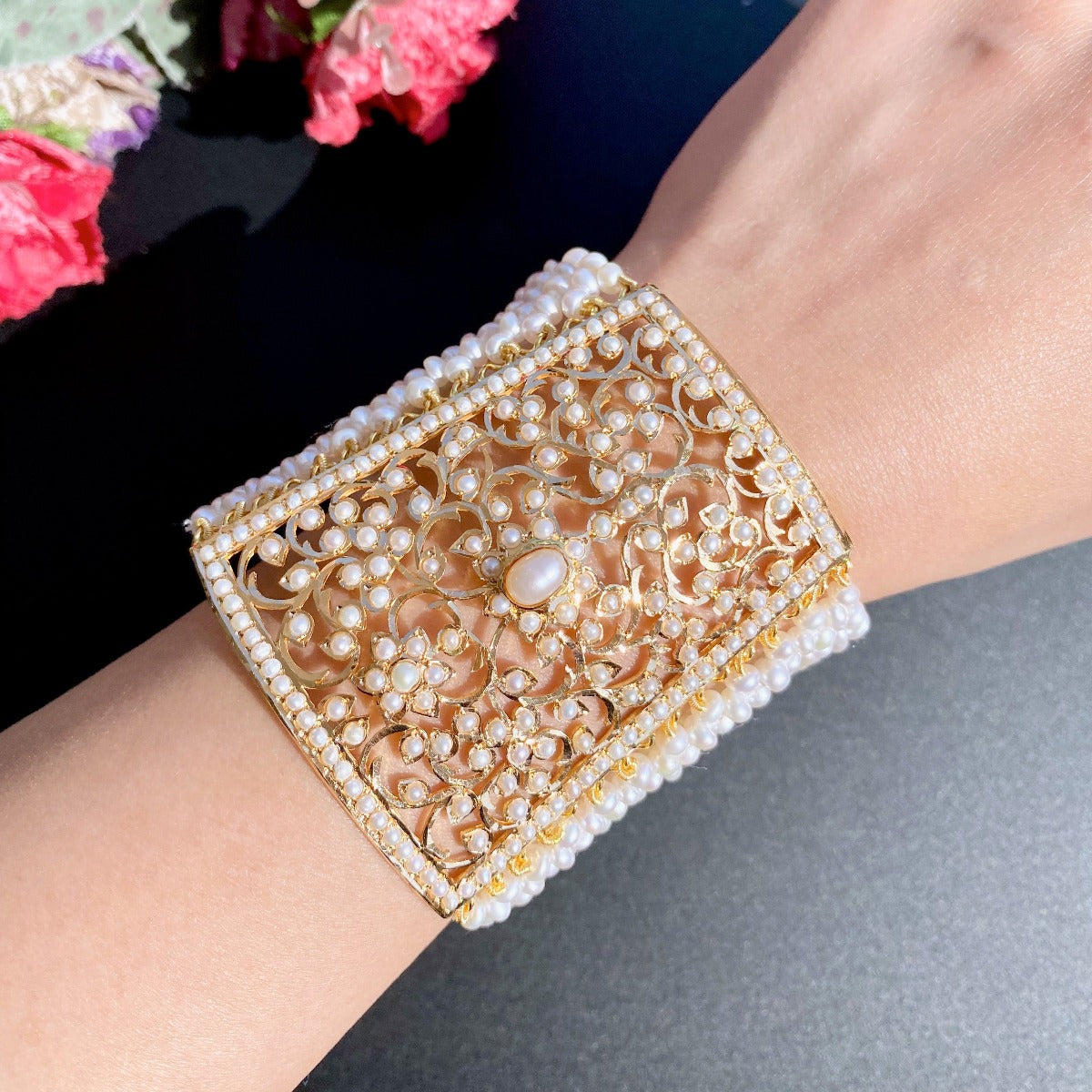
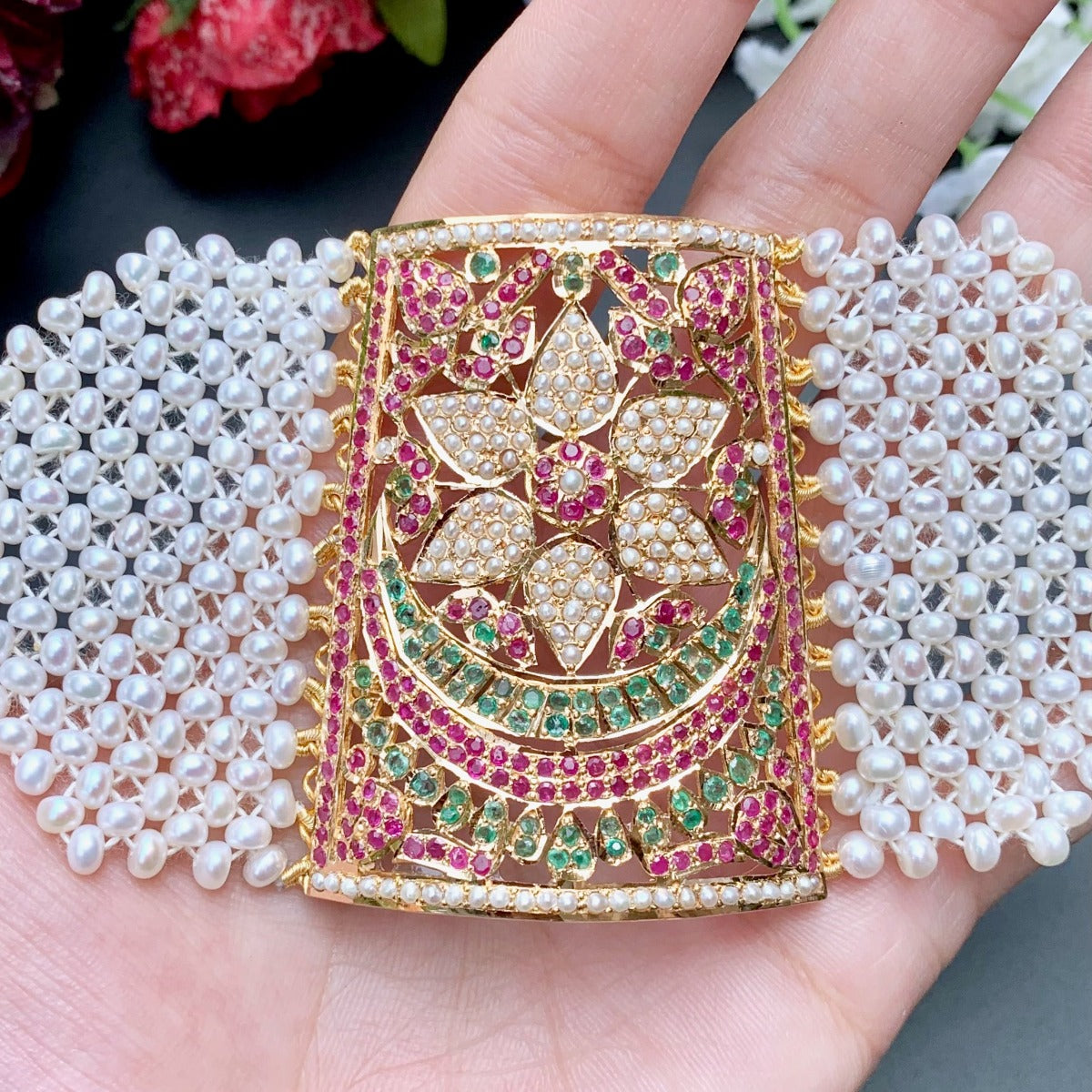
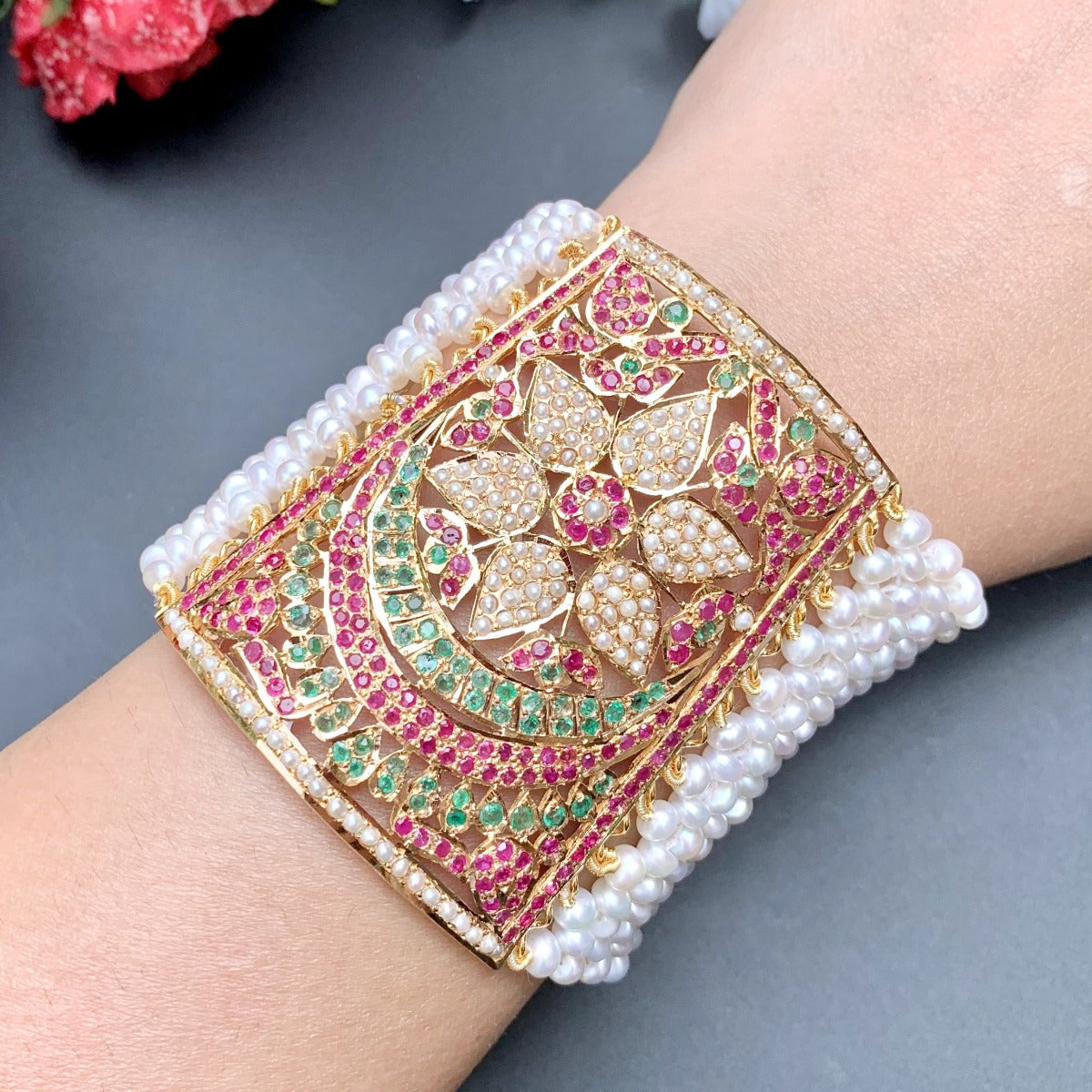
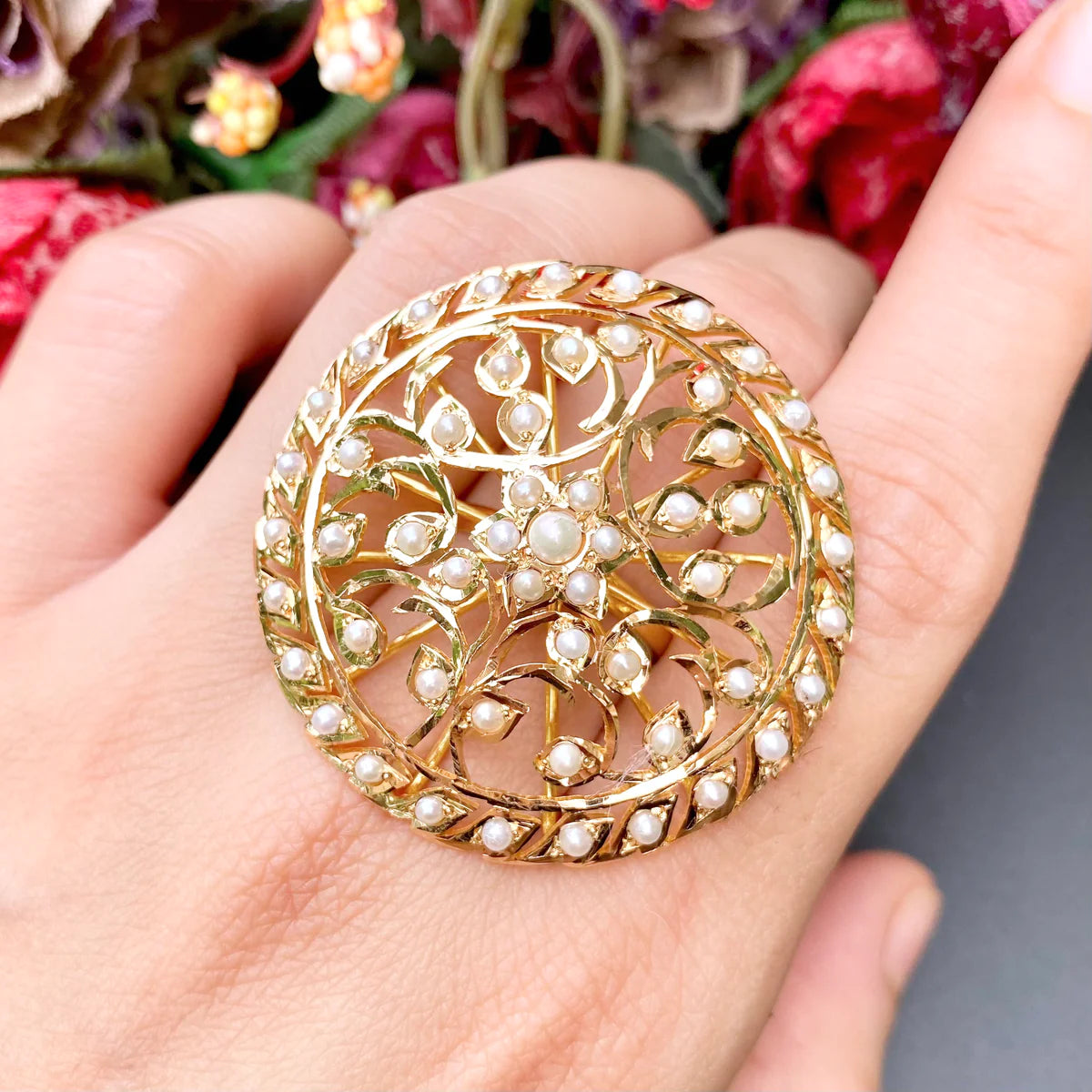
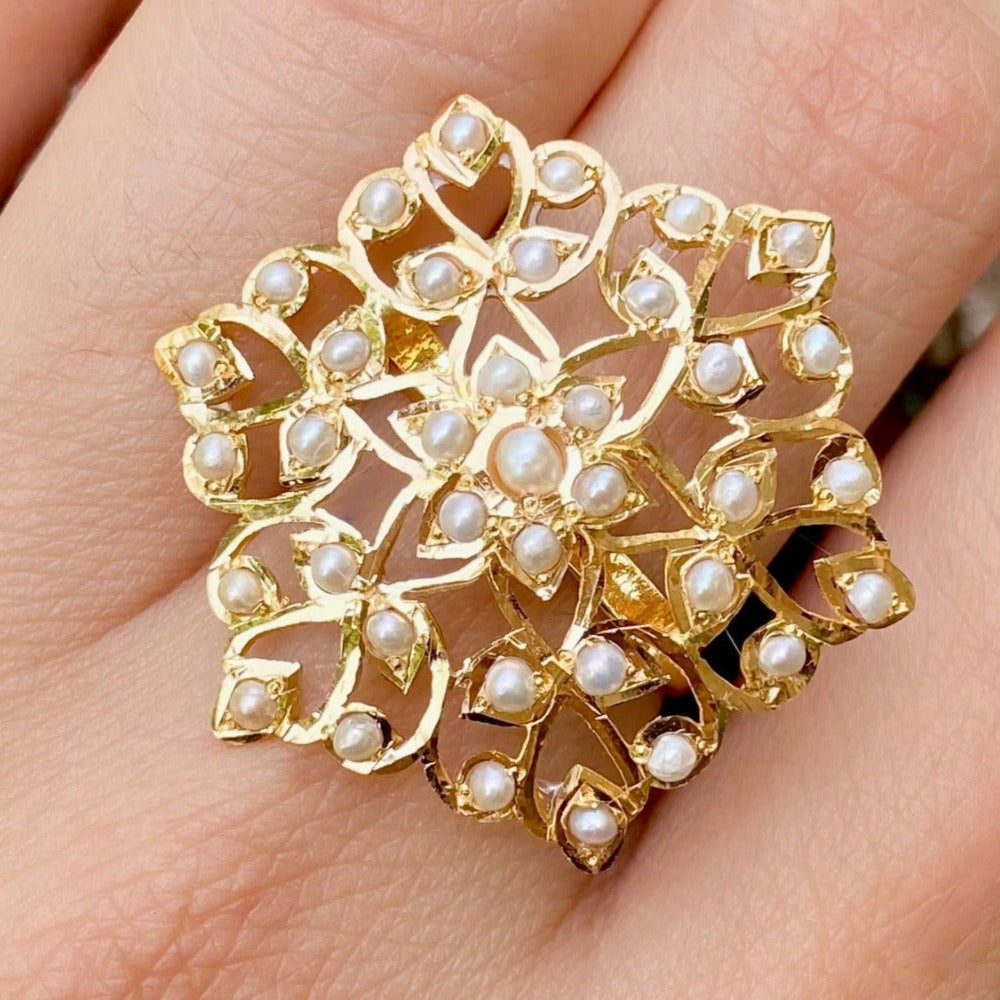
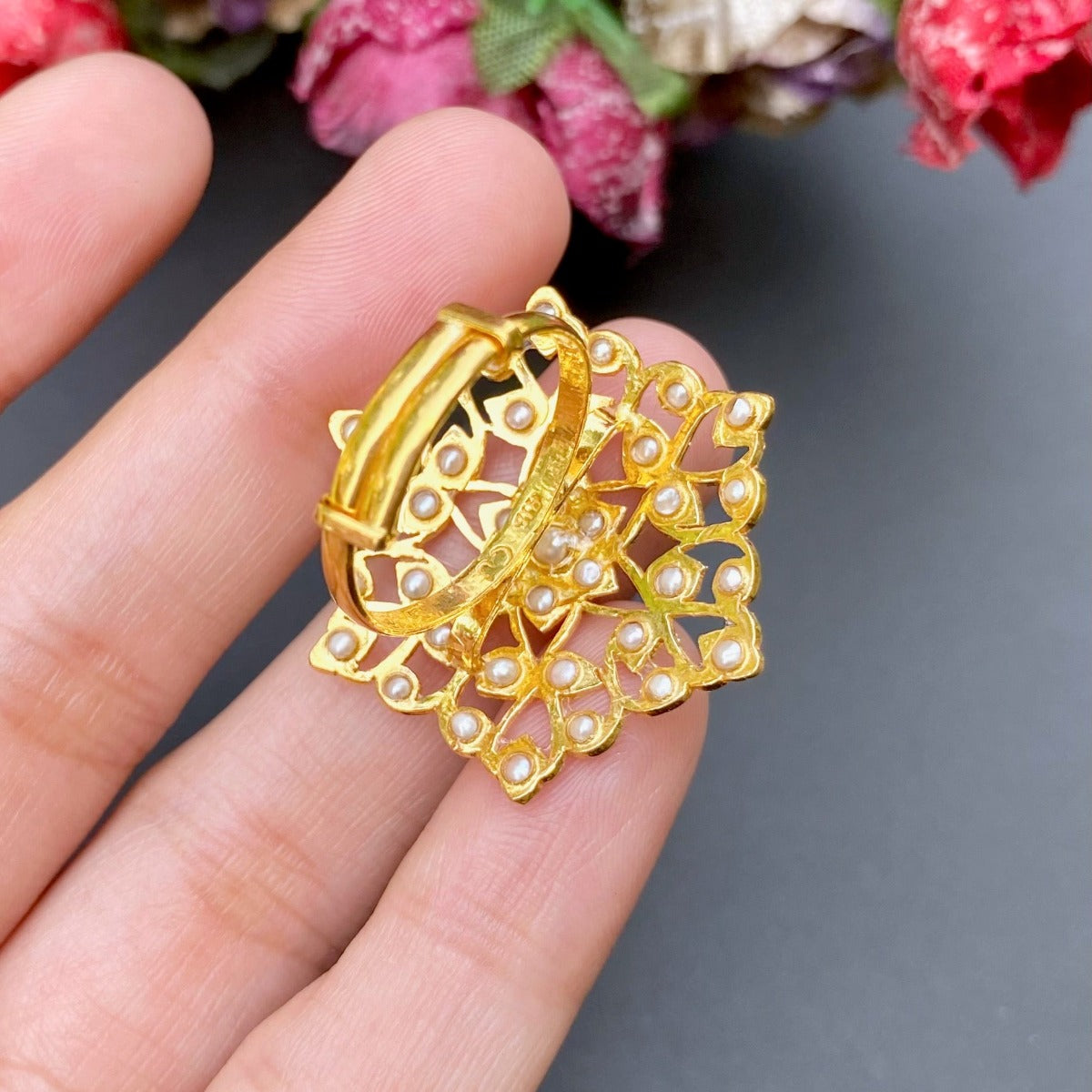
1 comment
Amazing blog insights! I really love this blog.
Thank you for sharing this blog to us.
https://www.gkchudiwalas.com/collections/necklaces
gkchudiwalas
Leave a comment
This site is protected by hCaptcha and the hCaptcha Privacy Policy and Terms of Service apply.